Growth
5/15/2021
Spring! The time of year when babies and growth appear in the plant and animal world, and the theme for the last science unit of first grade! For the past month, first-grade students have enjoyed the increase of sunshine and warmer temperatures while also learning how animals care for their young and how people can care for plants. One of the first-grade science standards is to “read texts and use media to determine patterns in behavior of parents and offspring that help offspring survive (1.LS1.2).” Each student selected an animal parent to learn about. They researched and wrote about how their animal protects, teaches, and provides its young with things it needs, like food, warmth, and shelter. While researching, many noticed the similarities between how animals care for their young and how their own human parents care for them. As the class moved into plants, one big question was, “why is it important to grow our own plants?” One thing that stood out was the need for food. Sadly, some parents do not have the resources to provide their children what they need, like food, even here in Anchorage, and are often looking for creative and cost-effective ways to provide for their children. So, how can we help? Mrs. Bookman, the Director of Enrichment & Special Programs here at PNA, came in for a visit. She talked to the students about how PNA uses its garden to grow fruits and vegetables for Children’s Lunchbox, which provides meals to children and families in need. Students were delighted to hear this and were ready to do their part! They are discovering that “all people, not just official leaders, play an important role in a community (CIV.1.2).” Students started off germinating seeds, which were later planted in soil. They enjoyed being surprised by their plants growth each day and taking on the responsibility of caring for their plant by watering it and making sure it was being given what it needed! While the peas went through each stage of it's life cycle, students learned about it's structures and functions. To help students understand the function of the stem, which is to suck water up to the rest of the plant like a straw, they added food coloring to water and watched as flowers and celery changed color. Another structure that students enjoyed learning about was the fruit. They learned that the function of fruit is to protect the seed.. unless, of course, you have a group of hungry first graders! Students also discovered that plants survive best in certain environments because they are getting more of what they need (water, sun, & nutrients). They compared the growth of a potato in a warm, moist environment to that of a potato in a cold, dark environment. As their peas have grown, students have been making “observations to construct an evidence-based account that young plants and animals are like, but not exactly like, their parents (1.LS3.1).” They have noticed that the peas growing in the classroom are growing at different rates and look different -- some have long stems, and some have more leaves. To support this, they made their own paper flowers using parts of parent flowers. They also helped identify parent plants and animals by looking at images of their offspring. Just like humans, they inherit different traits from their parents. Just as the students enjoyed seeing the growth of their plants and helping the greater community, it has been a treasure seeing the growth of each of them. They are a unique group of students and a light to this world. They have a special bond. They support and lift others up, lead with integrity, and have adapted and thrived in this new time. Thank you for entrusting them to Pacific Northern Academy; for allowing PNA to educate, care for, and provide a safe space for them to grow into their own authentic selves. They are a reminder of all of the love, joy, and hope in this world.
Making Waves
4/17/2021
As we move through the unchartered waters of Covid-19, communicating with distance has become all too familiar, but without the pioneers who had the vision of holding meetings on a platform called Zoom, what would we have done? Here in Alaska, there are potential dangers to consider. What would happen if there was an emergency and no one around for miles? This week, first-grade students explored sound and light and how to communicate with them. Students had various texts to choose from and did several science explorations to learn about this subject. To explore sound, students learned that sound can make things vibrate and that vibrating things can make sound. They noticed that salt and water “jumped” when touched by a vibrating tuning fork. They also reflected on instruments they have seen or used and realized that many have a string or metal part that vibrates when played. Then, they tested this new understanding out with a string, spoon, and cups. They tied a spoon to the center of a string and attached a plastic cup to each end. If they tapped the spoon, it made a “cool bell sound” in the cup. Then, they changed a variable to see if the sound they heard from the cup could make a different sound. Students discovered that the larger the spoon was, the slower the sound wave or vibration of the string and the lower the tone. They also found that the larger the cup, the louder the sound. The next thing they did with sound was test out items of different shapes and sizes to amplify it. After testing out a cup, straw, poster board, and notecard, they discovered that a large cylinder or cone-shaped item (the cup or poster board rolled up into a large cone) was the best amplifier. To explore light, they learned that without any amount of light, even from the crack under the door, there would be complete darkness, and therefore they wouldn’t be able to see anything. Students recognized the importance of transparent materials (windows on cars and houses) and tested out materials to see what was transparent. Students also used the beam from a flashlight on various materials like a jar, wax paper, a mirror, black poster paper, and saran wrap to grasp other vocabulary terms like translucent and opaque. They noticed that shiny items bounce or reflect light waves and images, while dull things do not reflect light but instead block it and cast a shadow. Their favorite light activities were making black boxes and stained glass windows. Last week, students took a look at how different children’s books and various movie clips communicate feeling using just sound and light. This week, students learned that our world communicates through sound and light all the time. We see stoplights and understand to stop, go, or slow down; boats navigate through fog with buoys and horns from other ships. So, of course, we had to give this a try! We made our own red light, green light communication system, and then we tried morse code! Students learned that morse code has a dash and dot code for each letter of the alphabet, communicated with sound or light. They practiced translating a tap and slap noise delivered to them. They then decoded a message sent by flashlight, with the dash represented by three seconds of light and the dot represented by one. It was fun seeing them crack codes with their classmates using such a fun historical and valuable skill! Next week, students will take on the challenge of quickly designing something to communicate that they have an emergency and need help from their closest neighbor across the lake of their Alaskan cabin, using only sound & light. They will need to do both so their neighbor can see them if they don’t hear them, and vice versa. They also need to make sure their neighbor knows it’s an emergency and not a celebration.
As we all navigate the covid-19 pandemic, students show resiliency and an admirable ability to adapt quickly. They may not invent the next best app for a pandemic, but it is a pleasure knowing that these hands-on, real-world experiences provide a platform for these visionary students to bring their problem-solving skills to life. These enriching experiences not only prepare students for their future professions and their impact on society, but they also prepare them for anything they might encounter in life, including an emergency in rural Alaska. Joy of Storytelling
3/27/2021
Captain Underpants, Dog Man, and Cat Kid were the inspiration for this week’s writing and social studies project. Dav Pilkey, the author of these popular comic books, had problems reading growing up and aspires to give a message of inspiration, creativity, practice, persistence, and fun & “laffs.” He says, “It’s very exciting to see that kids are finding their own ways to be connected with others by using their imaginations and their creativity; that was always one of my hopes, that kids would discover the joy of storytelling.” His books are written to be easy so all students can read them and laugh, and they have mistakes to show students that writing doesn’t have to be perfect, and in our case, his books inspired a project! Monday began with a virtual global classroom event with Dav Pilkey. He showed students the process he goes through to make a new character and comic, so we gave it a try. Students began writing a list of objects they love and a list of activities they enjoy doing. From these lists, they selected one object as their character and one activity for their character to do in their comic. First graders ended up with hamsters skateboarding, chickens watching the iPad and cats surfing -- as you can see, they love animals! The next day was all about the main character. This week’s reading focus was on character traits, so students thought about the characteristics they wanted their main character to have. After drawing an example of their character exhibiting different emotions and writing the character’s traits, they sculpted their character out of clay. It was so cool seeing their vision come to life. Then, they made a Haiku Poem about their character. This poem has a particular number of syllables, so students used their phonemic awareness skills to clap out syllables and write the poem. Then, they participated in a museum walk to share and see the class collection of characters and their main traits. After getting a good grasp on character traits and the main character for their comic, students were ready to begin the rough draft. However, students didn’t just write a comic about their character doing an activity, like surfing; they had to have a problem and solution. Because they have been working on rules and how to resolve conflicts with fairness and integrity in Social Studies, the problem had to be a conflict with a fair resolution. For example, if a student’s character was watching TV, their conflict could be that they couldn’t agree on a channel. Students then came up with resolutions: play rock-paper-scissors, watch something both parties can agree on, do something else, or come up with a TV watching schedule. This class already did a great job at conflict resolution and came up with great ideas I hadn’t even thought of! After creating a four-paneled rough draft of the main character experiencing a conflict with a fair resolution, students began their final drafts. A few have finished, but many are still in this stage of the project. They are taking the time to make sure others can read their handwriting, that they include dialogue with speech bubbles, and that their final product is something they are proud of. Comics, characters, and poems will be temporarily displayed in the lobby to show other classes the creativity and work put into this project and to show PNA peers how first graders resolve conflict with integrity. They will also go up in the hallway to continue to inspire themselves and others to have fun reading and writing, as Dav Pilkey does.
Phases
2/12/2021
In recent weeks, students performed in front of their peers and a Zoom audience, they also used flashlights to demonstrate the effect of the sun’s light on shadows, and they learned more about space and its patterns through a virtual field trip with The Anchorage Museum. Now, they are putting all of their knowledge and skills, including reading, writing, technology, and partner collaboration, into practice to create a shadow puppet video that teaches the phases of the moon. First, students put together their own flipbooks in which they organized the pages, or phases of the moon, in sequential order. After this, they began researching. Students were provided differentiated texts about the moon and were able to explore Epic’s e-books for fun facts and information on each phase. They read, took notes, made observations, and discussed their findings with their partner before writing down what they wanted to say in their video. It was exciting to see how confident they were in researching the moon versus when they researched animal teeth in the Fall. After researching and writing their scripts, students began making their moon cutouts, or shadow puppets. They used flashlights to make sure each of the eight phases was represented and had a shadow that matched what the moon looks like in the night sky. Next, students practiced using their shadow puppets and reading their lines for their video. Partners had to decide who would be recording, reading, and managing the puppets. It was exciting to see partners helping partners read lines, and problem-solving. In fact, some groups even offered to help others during filming (what an incredible act of kindness!). When it was finally time to record, students used the app, Flipgrid. Many had not used it before, so it was exciting to introduce this new tool to them. Many are still in this stage of the project or nearing it. They are discovering that they don’t have to record everything at once, and are exploring some of the tools, like “cut” that allows students to edit out clips they don’t like. Just like proofreading their work, students are watching their clips and re-recording them to make sure that they are doing their best for the students they are going to be teaching with these videos. Projects like this allow students to integrate a variety of skills to develop something they are proud of and that they know is going to make a difference for others. It will be exciting to see the results of their hard work come together and share their videos! Spirit-Fire. “Moon-in-Phases.” Flickr, Yahoo!, 2 Mar. 2012, www.flickr.com/photos/spirit-fire/6801036620/in/photostream/.
Beyond the Textbook
1/29/2021
I’m Trying to Love Math by Bethany Barton is a children’s book about a child who discovers that math is all around and is already part of everything they love. The problem is that so many math curriculums are from a textbook, and although they give real-world problems, the students don’t necessarily see the relevance. In this book, for example, the child says that numbers are boring. As the book continues, this child discovers that math is not just about numbers but “is also about exploring. About finding new ways to get places.” PNA uses Bridges, a math curriculum that has the students learn new math skills and solve real-world problems with hands-on methods. This allows students to see the purpose of what they are learning and a context for when to use these skills. This also shows students that math IS all around them. They see it in the games they play with their peers, with the information gathered as a class, and in the activities they do at home. Students have gathered math information about penguins from reading articles. They made their own measuring tape, measured themselves, and then compared their height with the penguin’s height. They have also collected data, like favorite popsicle flavor, from their peers and have helped make a classroom graph with this data to get a visual for the least and most popular flavors. In recent weeks, students walked around the PNA building to gather data for three-dimensional shapes they saw. This helped students see the three-dimensional shapes beyond the picture or shape block. A few students also estimated and then found the actual length of PNA’s hallway. At home, students have been tasked to do things like tally the number of lightbulbs in each room, build a three-dimensional shape with at-home objects and use their math skills for everyday tasks, like baking. Doing these things at home supports the understanding that math is everywhere! In Bridges, each math session starts with Number Corner, which teaches students the days and months of the year, patterns, and other monthly skills. This helps students with number sense and extra practice with skills, like money and time, each month. Next, students are taught their math lesson for the day. This is typically a short session introduced with a review question and then a lesson that gives students new skills through activities or workshops. Following the lesson and activity, students go to their Workshop. This is typically a partner or individual game that gives the students repeated practice and exposure to their new math skills in a fun way! It allows students to work together, which can help solidify their knowledge or learn their math skills from their peers. Students are not just learning new skills from the teacher but are also getting new tips and tricks from their peers while working on their social skills. Math at PNA integrates reading, art, and science skills. Students learn the meaning of a number instead of just memorizing the number. Doing this allows them to approach math problems with different methods and lenses than those that learn the basic 5+5=10 from a textbook. It is exciting to see the interest and understanding of math grow, the connections they make, and the fun they have “playing” and learning from one another.
Courage
1/16/2021
Dr. Martin Luther King, Jr. once said, “Courage is the power of the mind to overcome fear.” At PNA, “We educate students to be exceptional learners and independent thinkers of vision, courage, and integrity.” Students at PNA demonstrate courage just by coming to school during a pandemic. Students also practice courage daily during Morning Meeting and Closing Circle. They not only speak in front of their peers but also share a belief, something about themselves, or their knowledge on a topic, knowing that not everyone will agree with them or understand. Because courage is power, we must practice using it early and often. For the last two weeks, students have been using their reading fluency and comprehension skills to perform poems and plays in front of their peers. Last week, they performed winter plays to get an idea of what it takes to read, understand, and perform. Despite being nervous, students did it! When I was a kid, my teeth would chatter before speaking in front of people, so I know this took courage. For some, the courage was reading to someone else; for others, it was standing up and speaking in front of their peers or challenging themselves by memorizing their lines and finding the creativity to make props to entertain their audience. This week, students learned about Dr. Martin Luther King, Jr. They listened to the story, Martin's Big Words: The Life of Dr. Martin Luther King, Jr. by Doreen Rappaport and looked at cause and effect to understand what Dr. King stood for and the courage he had. They also made a timeline of his life and listened to parts of his most famous speech, “I Have a Dream.” Students then reflected on our world today and what they would like to see change. They then wrote their own “I Have a Dream” speech, which will be typed and displayed at PNA in the coming week. To honor Dr. King, students have been preparing another performance for Dr. Martin Luther King, Jr. Day. They have partnered up to read, comprehend, and perform poems about Dr. King and what he stood for. Through this, students recognize the kindness of similarities and the beauty of having differences. They will demonstrate courage by not only presenting these to their classmates but also to a live audience on Zoom. Dr. Martin Luther King, Jr. also said, “No work is insignificant. All labor that uplifts humanity has dignity and importance.” I know that, although the fear of speaking isn’t the same strife and dangers that Dr. King faced, these first graders will use these skills to overcome challenges and fears to do what is right and use the love they shine on others to uplift humanity, as they do for me.
Travel
12/18/2020
Our class was ready to take a trip out of Anchorage and out of 2020! So, this week students brought out their great imaginations and traveled on Tuomi Airlines, not only to places around the world but also back in time! After packing our suitcases and passports, we selected a destination on the map and took our seats for take-off. We ventured to Israel, Sweden, Mexico, Africa, Germany, Italy, and Australia to learn about the different holidays celebrated this time of year. Upon arrival, students learned new facts about the winter holiday that originated from each destination. They were delighted to learn that Christmas is celebrated during Australia’s summer season and loved seeing pictures of animals with all the Christmas decorations. Next, students listened to a story about how locals believe the holiday started. For example, students listened to the legend of La Befana, an old lady that now flies on her broom each year leaving presents for children in Italy. Finally, they watched a real life video of the festivities going on in each region. In Mexico, students saw the different ways families celebrate Las Posadas. Many shared that they did not know people in Mexico made pinatas! After learning about the holiday, students completed a fun artsy activity to show their knowledge of the holiday. For example, students colored and identified mystery items, like the dreidel, and recalled the order of events Kwanzaa. Once we finished our adventure in one place, students added the stamp to their passport, and prepared for take-off. My favorite part of our multi-destination trip was the connections students made between the new holiday traditions and their own. One student shared that he learned that the two countries his parents came from share a commonality--they both hide a baby figurine in a cake! While traveling the world, students also took a trip back in time to experience and “compare life in the past to life in the present (HIST. Standard 1.1)” by making a gift with a skill people used in the past--sewing! They learned new vocabulary like “eye-of-the-needle” and “stitch.” There was frustration at times, especially when the thread came out of the eye, but students persevered and truly enjoyed the experience of making something special for a loved one. No matter where you travel or how you celebrate the holidays this year, I hope you all stay safe and enjoy the traditions, new and old, that you get to experience with those closest to you. Holiday stories, videos, & images from "Holiday's Around the World Unit - Interactive Google Slides" by Kristen Lawlor at https://www.teacherspayteachers.com/Product/Holidays-Around-the-World-Unit-Interactive-Googles-Slides-6249203
Holiday worksheets from The Kinder Life - Amy McDonald at https://www.teacherspayteachers.com/Store/The-Kinder-Life-Amy-Mcdonald Our Families
12/5/2020
To me, Thanksgiving is not only a time to reflect on what we are thankful for, but also a time to be with family, and (for a teacher) the perfect time for students to do a project that focuses on family. So, over Thanksgiving break, students worked from home with their loved ones to create a doll that represents one of their ancestors from a country their family originated from, and I have to say that I was so presently surprised and awed by the results. This year in social studies, students have been studying geography and comparing life and perspectives in the past to those in the present. As part of the Social-Emotional Learning (SEL) standards for first grade, students are also “working to understand the perspectives and cultures of others.” This project had students identify their country of origin on a map, record facts about their country, and learn where their classmates’ families originated. As the dolls came in, our excitement grew, and my heart was overjoyed as I heard and witnessed the power of family support, which we have in our class! Students shared that they spoke with grandparents, brainstormed, and researched with parents & siblings, and all the things they had learned about their ancestors and family origin. However, the best part was seeing the pride in each student as they shared their doll, knowing that it represented who they are and the love and support that went into the whole project. To start our sharing off, students added a sticker to our classroom map to see how far some of our families have to come to get to Alaska and know that we have families that originated from all around the world right here in our classroom. We learned that we have families from Russia, Taiwan, Mexico, Iceland, Denmark, Sweden, Norway, Italy, Ireland, England, and Alaska. Students then presented their research--what their doll represents and facts about the country of origin. After presenting to their peers, audience members asked questions and shared compliments. Students demonstrated respect and appreciation for where each of their classmates came from and for what they created. They shared excitement for many of the facts that were presented, like how Ireland has 30,000 castles. They also showed an interest in learning more about their peers’ country of origin and an appreciation for the creativity, skill, and materials that went into making the clothing, hair, and props added to the dolls. This week, students also began learning about terms like past, present, and future. They made a calendar of the month and added holidays that they and their classmates celebrate. They also sorted out objects between past and present, reflected on their own lives--past, present, and future-- and learned that what they did yesterday is already part of history (minds blown!). As we move forward, we will look at timelines and holidays while respecting the similarities and differences that each of us has and brings to our amazing classroom community.
The Engineering Process
11/14/2020
This trimester, students researched and explored different animal systems, functions, and adaptations. This week used their new knowledge to think like an engineer, and developed a model of a new invention that mimics an animal system and solves a real-world problem. To set students up for success in designing a solution to a human problem by mimicking how plants and/or animals use their external parts to help them survive, grow, and meet their needs, students read about and researched different organisms, their parts, and their functions. They labeled animal parts, explored examples of some animal and plant adaptations, and met with an engineer. They also researched, made inferences, and wrote their own scientific article about animal teeth. These were compiled into an online book that includes audio of the students reading their article aloud. You can check out the amazing job students did by clicking on the link below! https://read.bookcreator.com/LfNizcUQzcgQvlKQAMMu4c7qhmH2/wtxso4xTTaS49Z7dO0aewg After gaining knowledge of animal systems and functions, students started reflecting on inventions already made. They drew the invention and reflected on how it mimics something in nature. Below is an image of clothing inspired by nature. Next, students were given a problem and began working their way through the engineering process to solve the problem. After choosing a problem, students began brainstorming and planning a solution to their problem. Next, they began creating their new inventions with items like tin foil, plastic bottles, feathers, pipe cleaners, and stuffing to complete their task. After creating their inventions, students tested them out. Some tested their invention in water to see if it would float and move. Some tried using their invention to dig in the frozen ground outside. Others dropped eggs to see if their invention would keep their egg from breaking. And the remainder took their inventions outside for some time to see if their design would keep their egg from getting cold and freezing. At last, students reflected on their inventions. What worked? What could they improve? Some had the chance to improve and test their inventions multiple times, while others chose to continue the process at home. Either way, students knew it was the process that was most important, and they had a blast! Worksheets & Engineering Process found at: www.teacherspayteachers.com/Product/Complete-1st-Grade-NGSS-Life-Science-Unit-4930148.
Vision
10/31/2020
Students enjoyed learning from our guest marine engineer, Rett Tanner, this week. As students listened to how engineers came up with the inventions for scuba gear, I recognized the truth in Pacific Northern Academy’s mission statement: We educate students to be exceptional learners and independent thinkers of vision, courage, and integrity. Students showed courage by asking questions and showed integrity by showing our guest respect, but what I really noticed was their vision. Students were fascinated by all the “what if’s” they could come up with. Some may consider questions like, “What if you run out of air?” or “What if a shark swims up?” silly, but these are the questions that guide engineers to the next great invention and questions that will help them accomplish their personal visions for the rest of their lives. At the start of the year, students came up with their hopes and dreams for First Grade. Many said things like, “I hope to read lots of books” and “My goal is to have fun this year.” Doing this gave students a vision, or “a sense of purpose and direction” (Bowman) that helps students see that our class rules, daily goals, and the decisions we make each day all play a part in assisting them in accomplishing their hopes and dreams. In fact, every couple of days, students are asked to come up with a goal. Some say they want to win the soccer game at recess, some want to read three books, and others set a goal to finish a particular assignment. Doing this establishes an intention for the day and gives the students ownership of their learning. As the day progresses, they are reminded of their goals and are asked to reflect on what they need to do to accomplish them. Many times throughout the day, students are offered choices. Some of these choices are decided by vote. Doing this helps students see what adults in the community do and will do this coming Tuesday and also allows them to see how their vote can change what their classroom community does. Students are also offered choices during subjects like reading. For example, they may choose to read to themselves or work on word work during reading rotations. These choices give students more purpose and interest in their learning and reshape their vision of the day, Some make a choice that helps them accomplish their goal, and some are left reflecting on what they can do differently to reach their goals next time. I believe having vision also means having the ability to problem-solve. As I said before, this group of students is excellent at coming up with “what if” questions. What if the fire alarm goes off and I’m in the bathroom? What if the boat breaks down while scuba diving? These questions not only help them think like engineers in science but also help them recognize the problems that might arise in any given situation. Identifying the issues that might come up prepares them with new ideas to guide them back to track or to an even better destination when plans do change. These are skills that will help them be successful in the future because once they see a problem arise, they will already have a plan in action. Giving students a voice in what they want each day and choices to help them succeed is vital in helping them see that their vision is important and that they can accomplish what they set their minds to. As we move forward, students will see how their vision can change into something else (maybe the student who wants to be a veterinarian will want to be an engineer) and how the choices they make shape their hopes and dreams today and in the future. Bowman, Matthew. “3 Key Reasons Why Having A Vision Is So Important (And How To Define One).” Thrive Internet Marketing Agency, Thrive, 1 Oct. 2020, thriveagency.com/news/business-vision/.
|
Hali TuomiMs. Tuomi has over five years experience in ASD, where she taught first and fifth grade classrooms. An avid skier, Ms. Tuomi is a Magna Cum Laude graduate of Alaska Pacific University’s Bachelor of Arts in K-8 Education. Archives
April 2021
Categories |
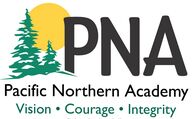
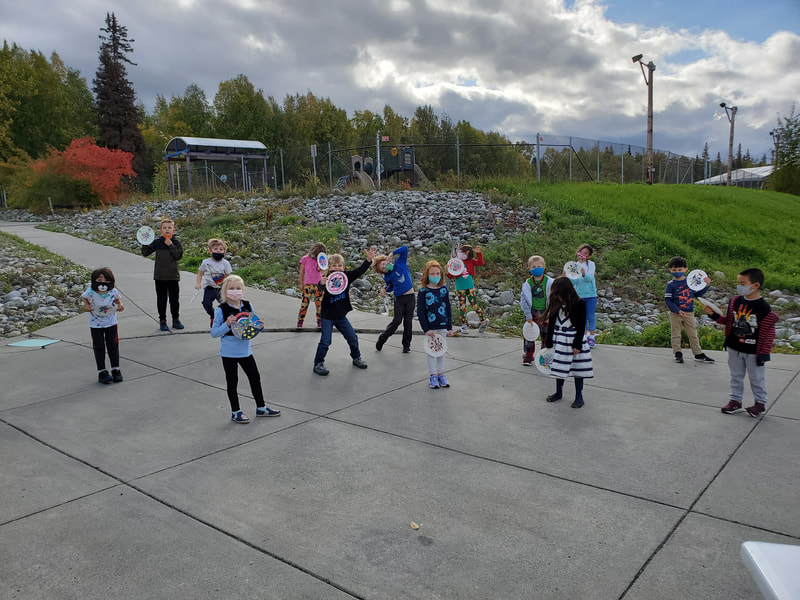
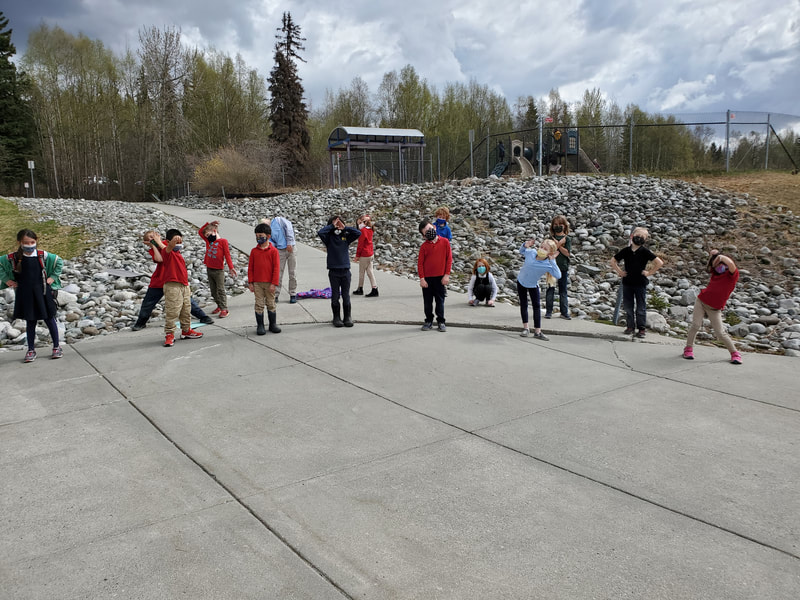
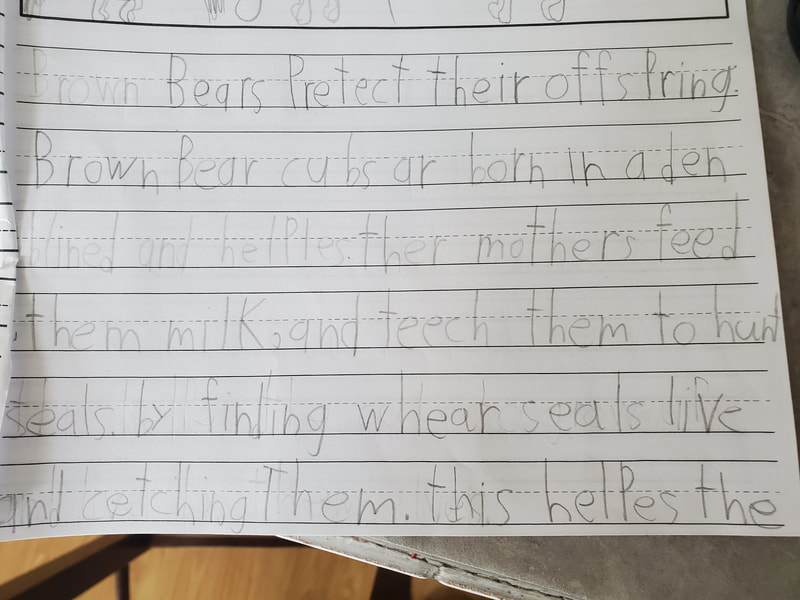
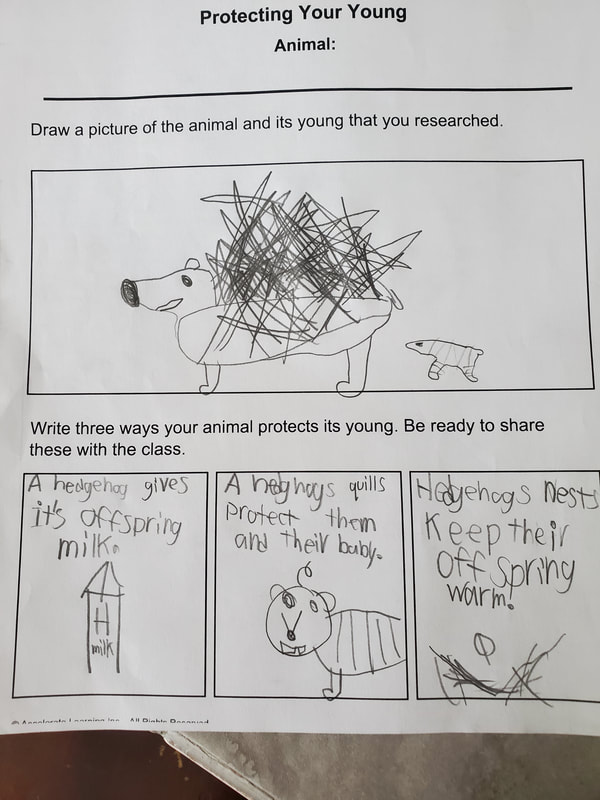
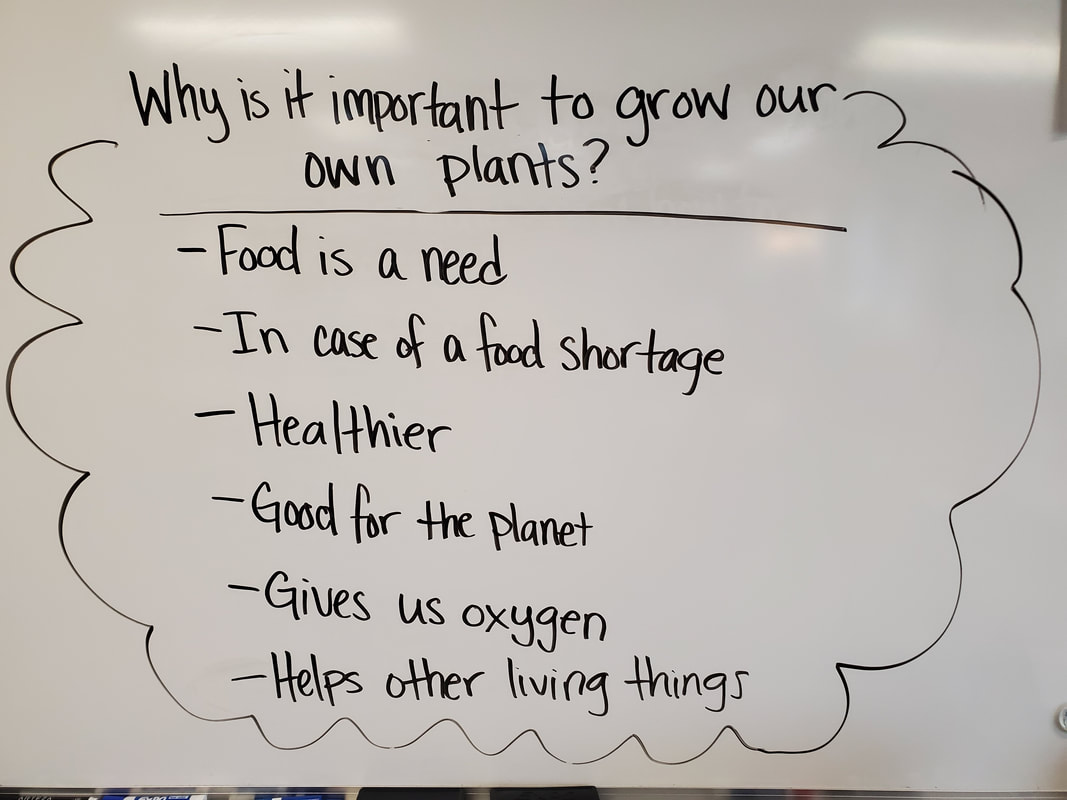
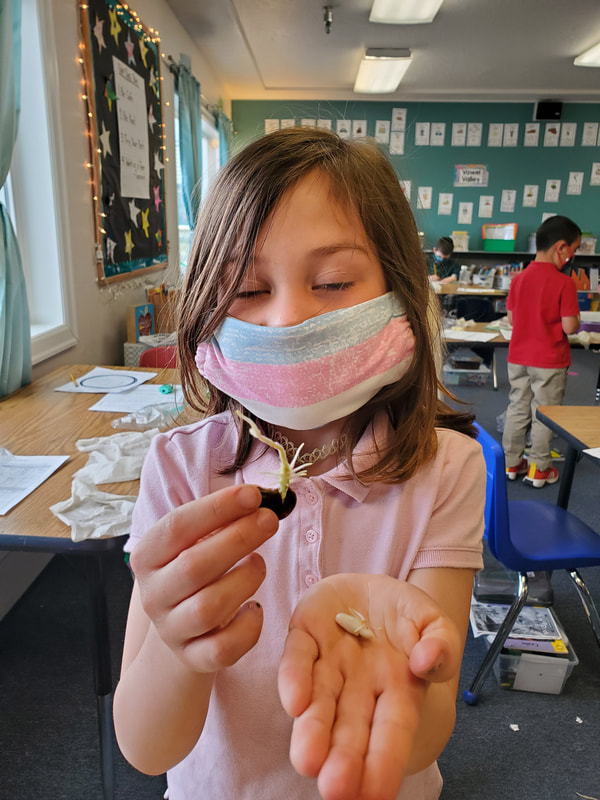
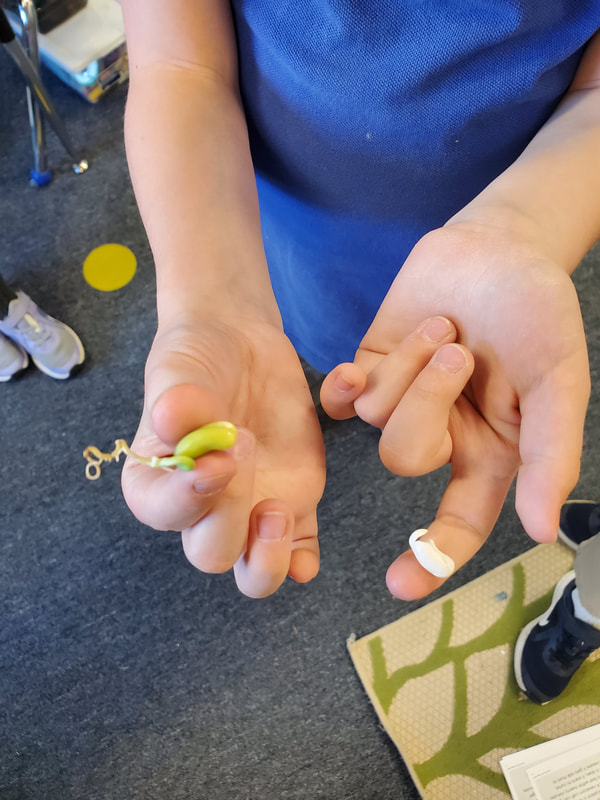
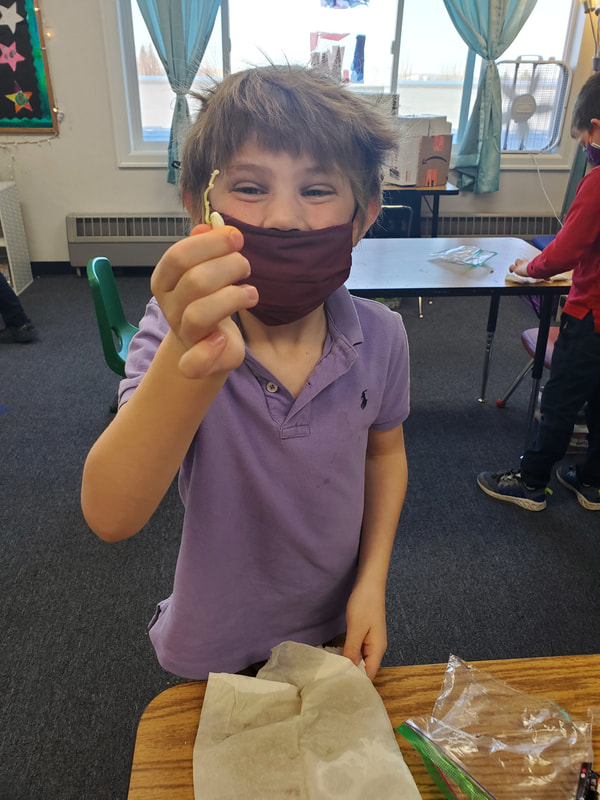
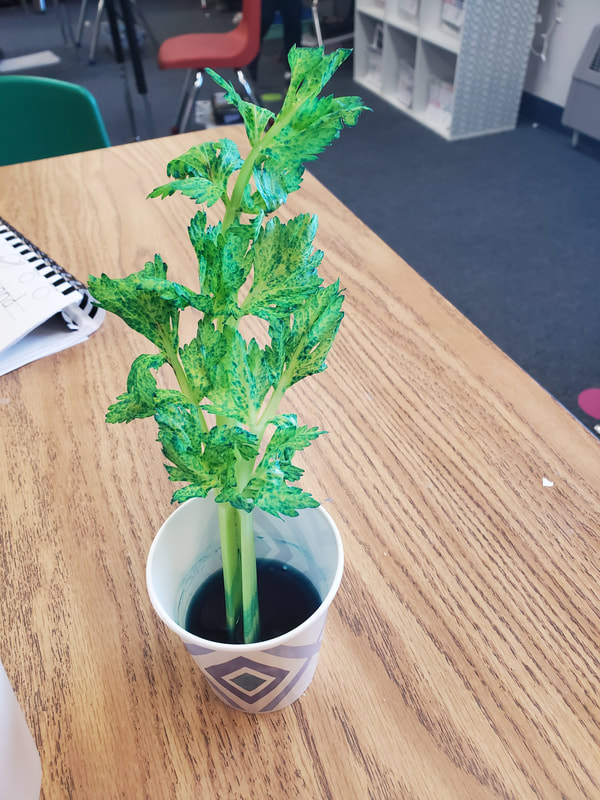
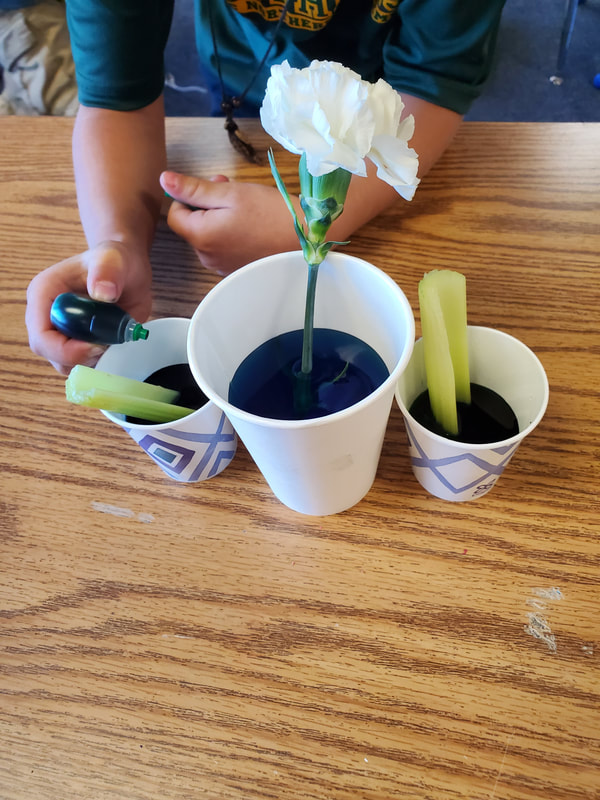
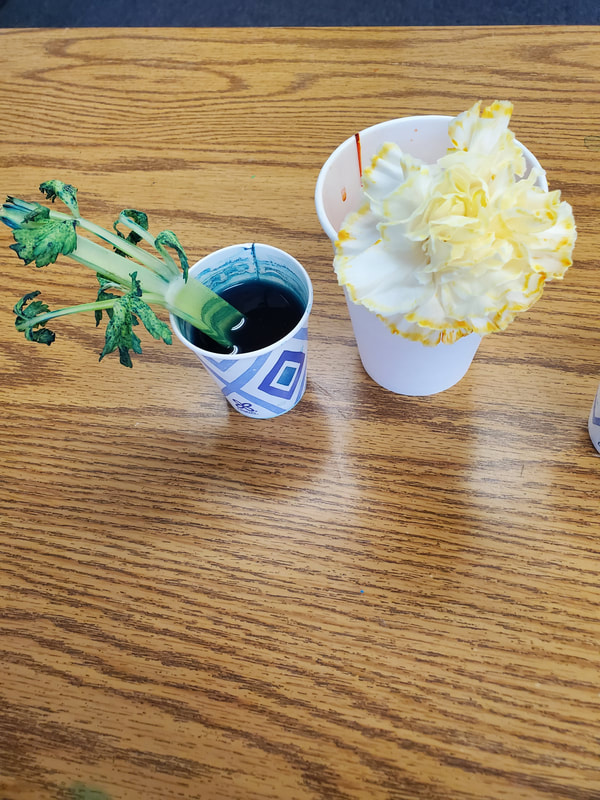
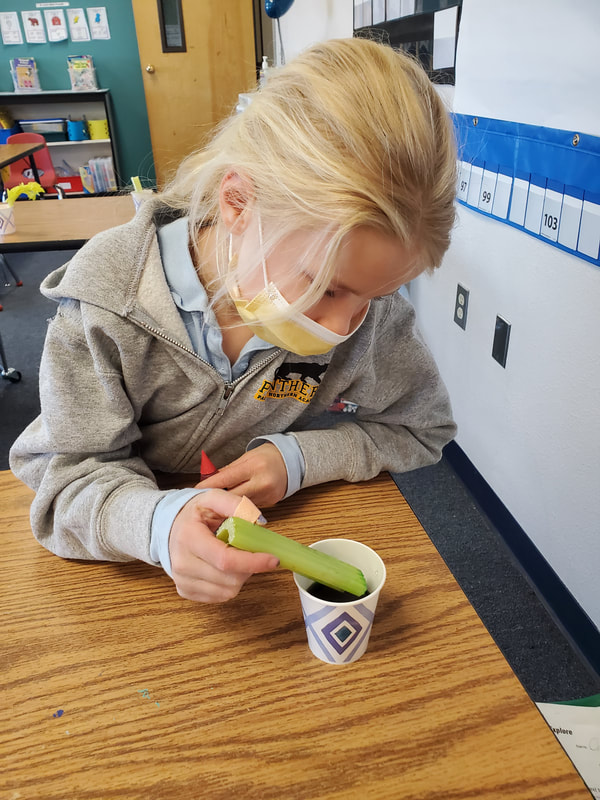
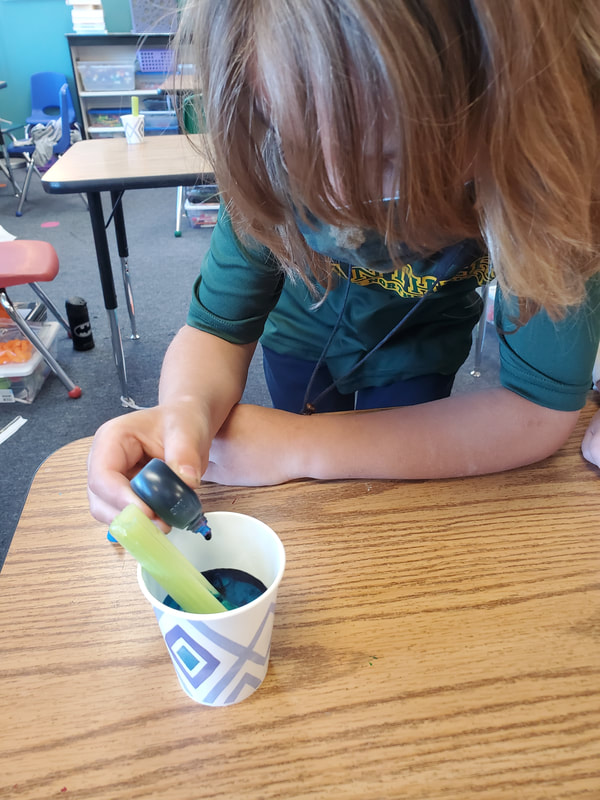
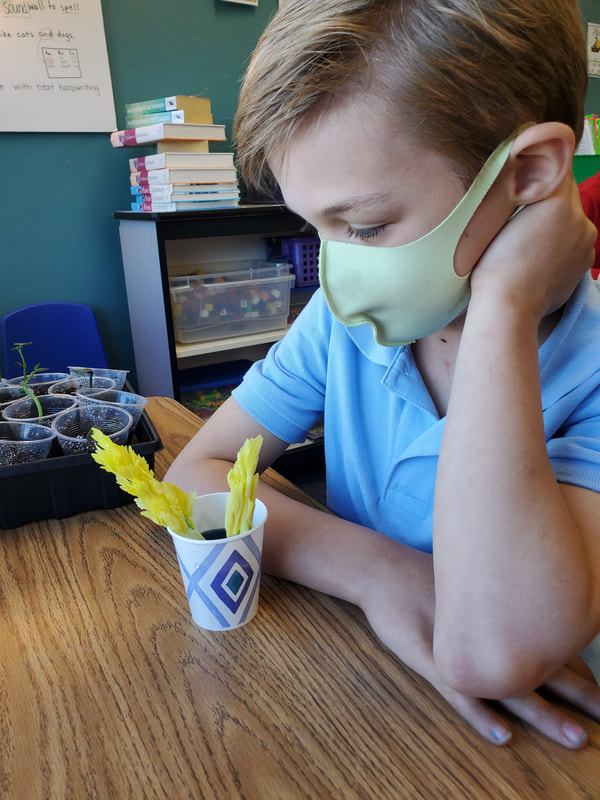
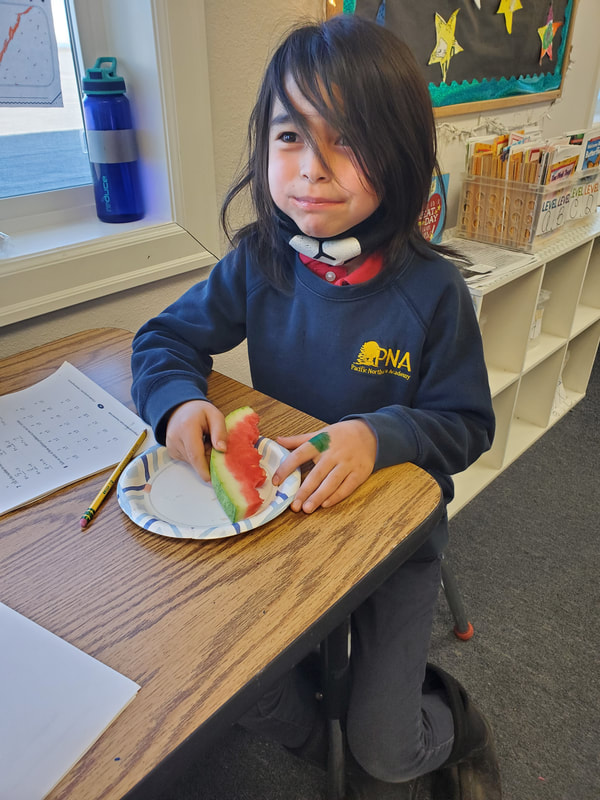
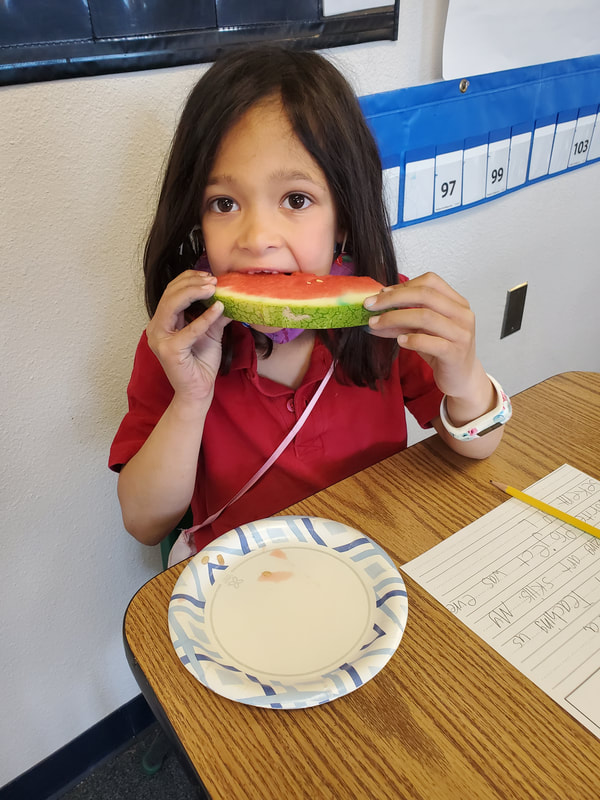
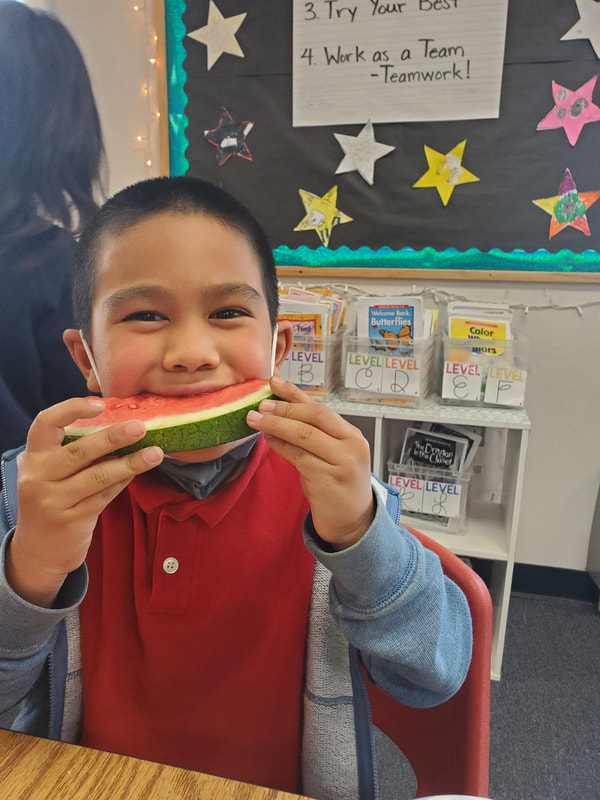
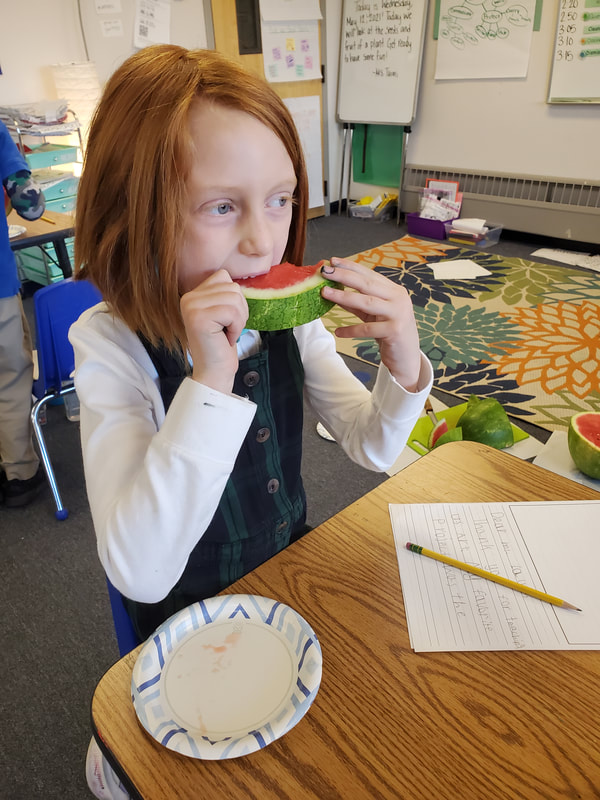
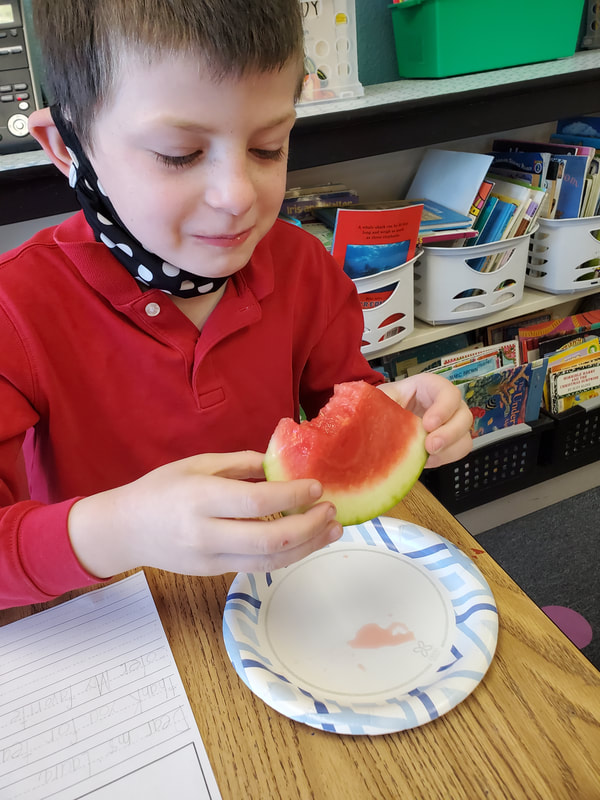
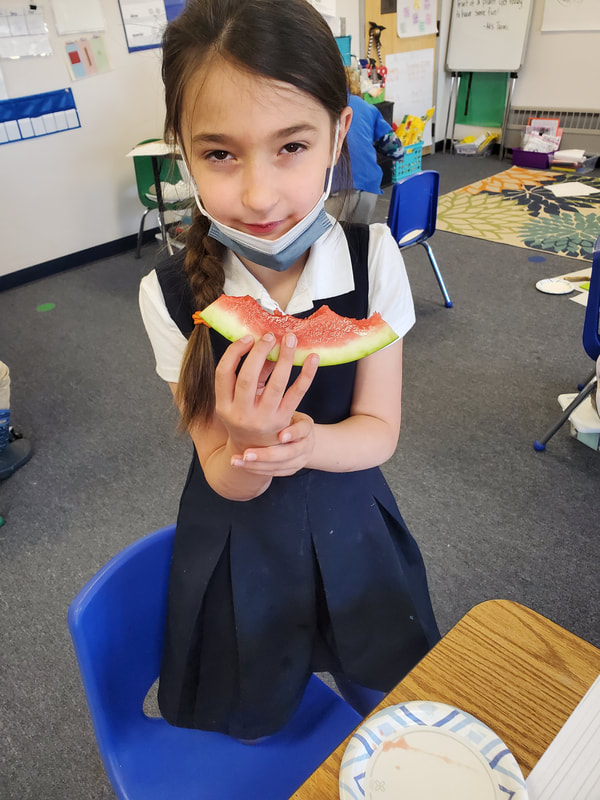
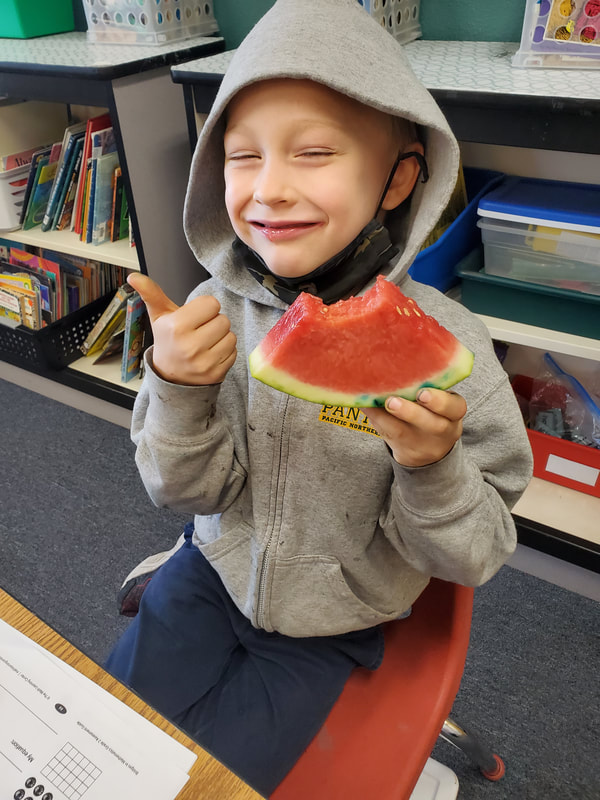
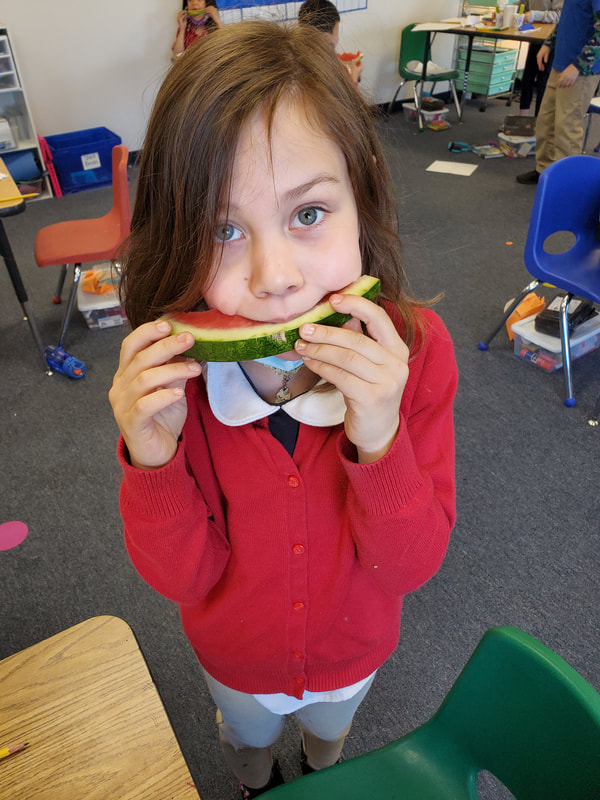
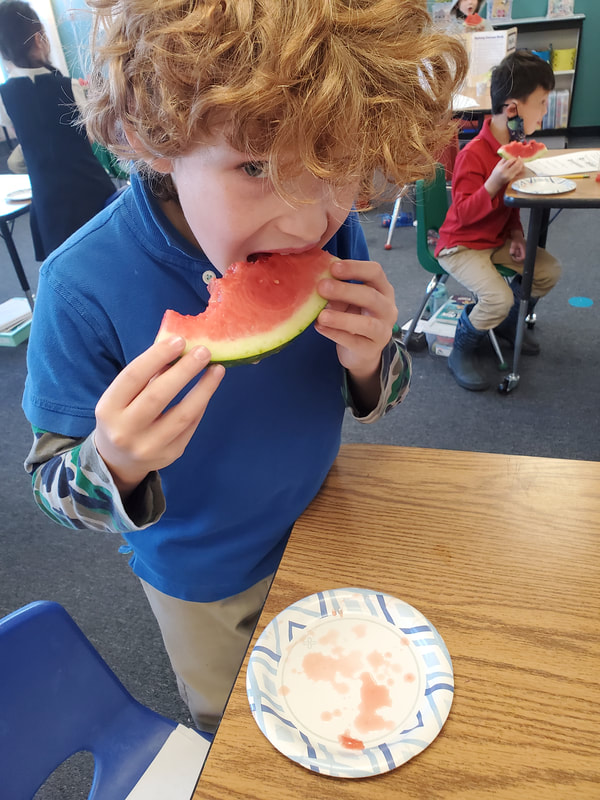
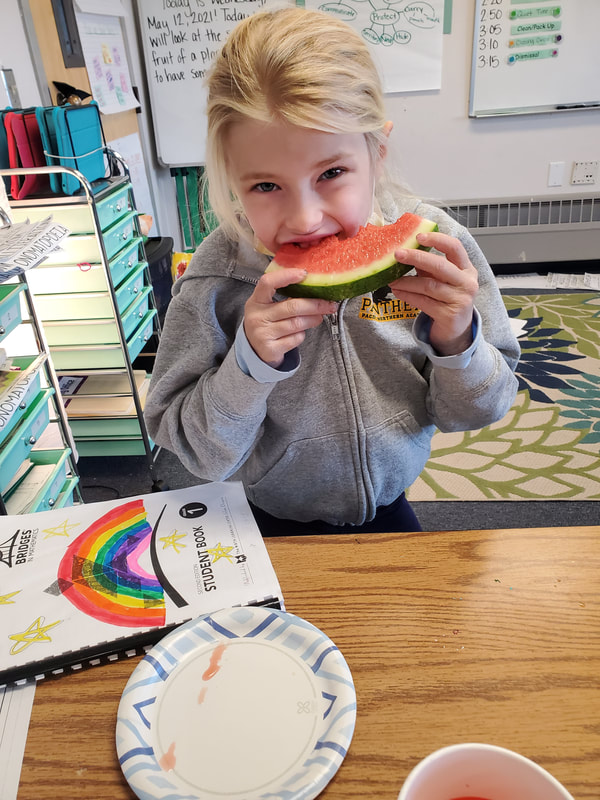
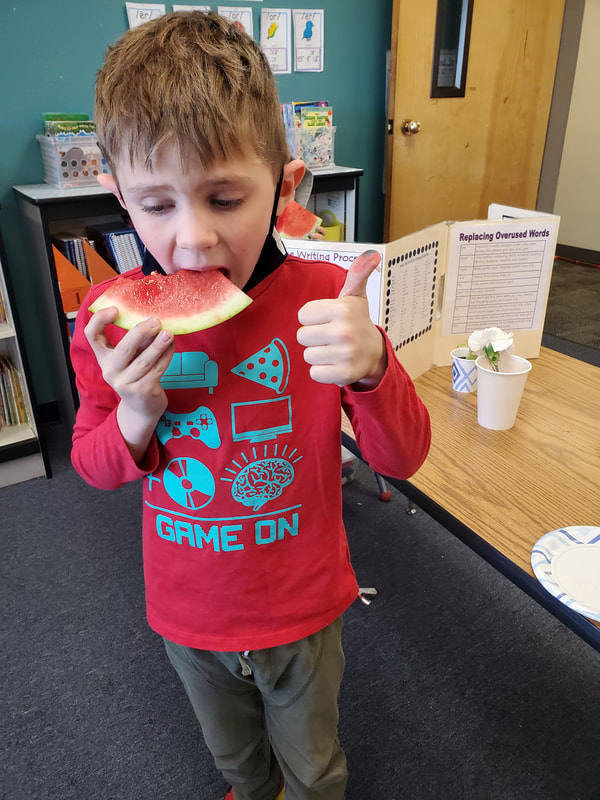
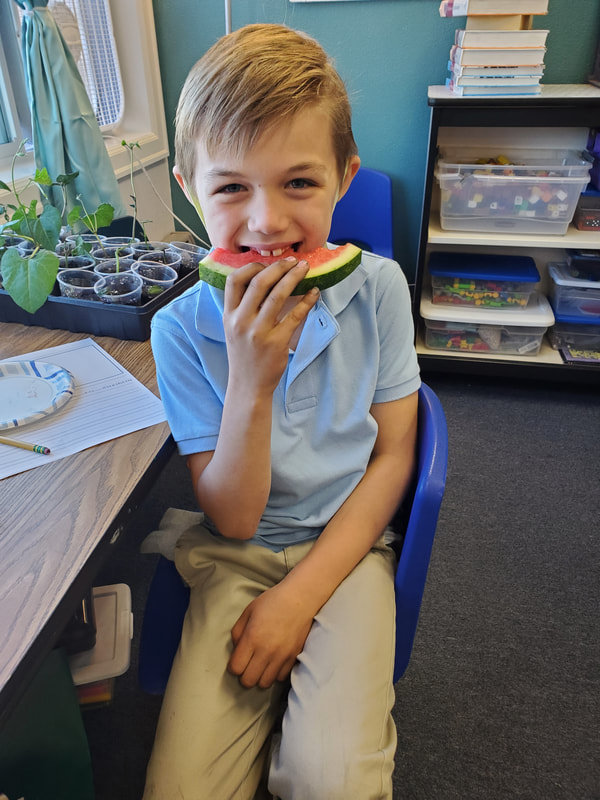
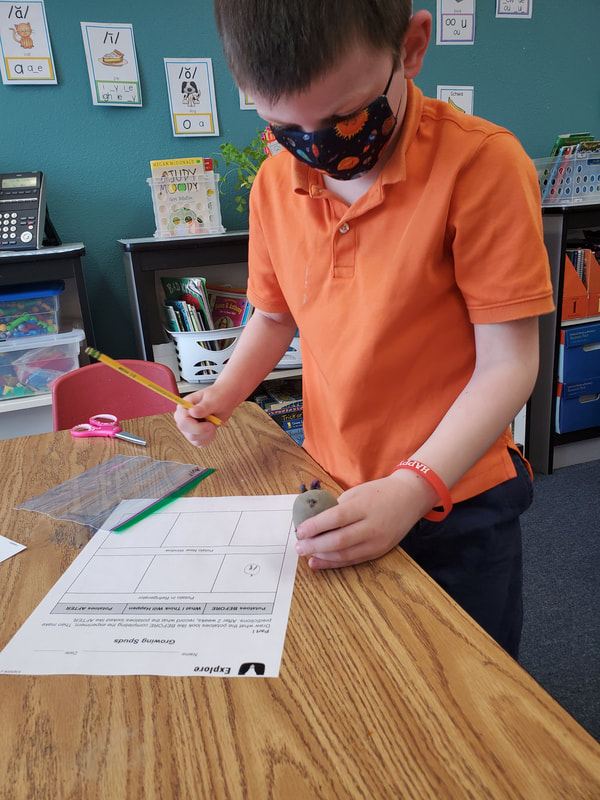
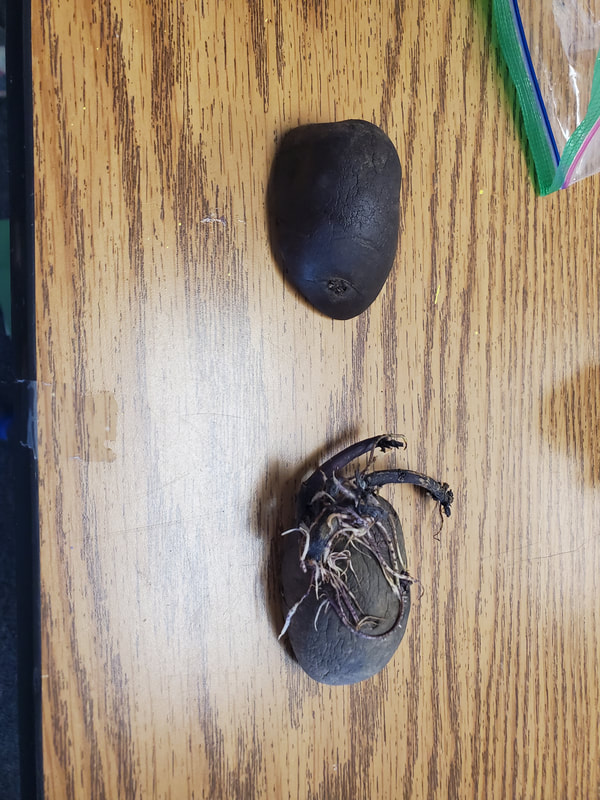
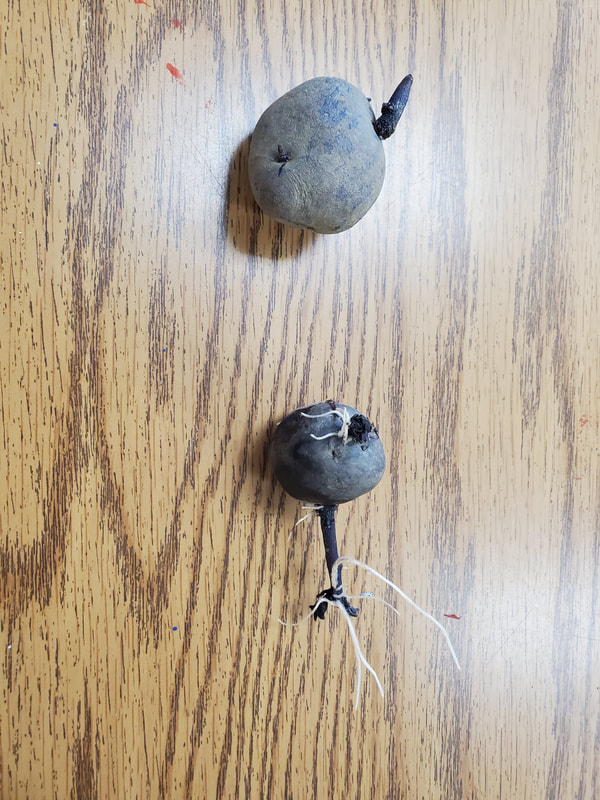
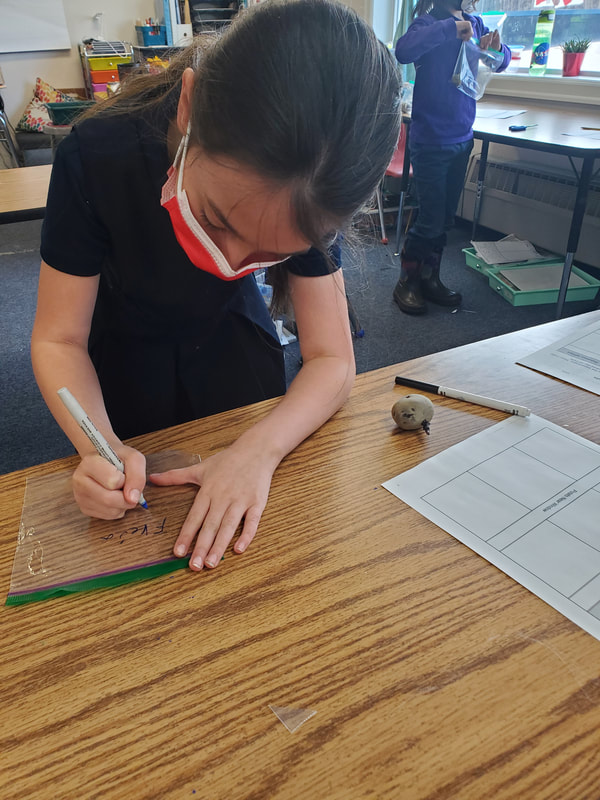
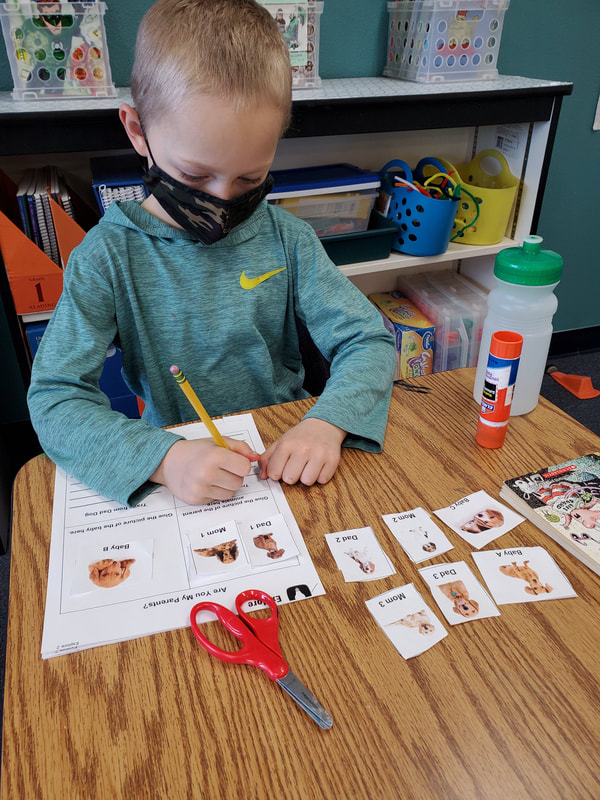
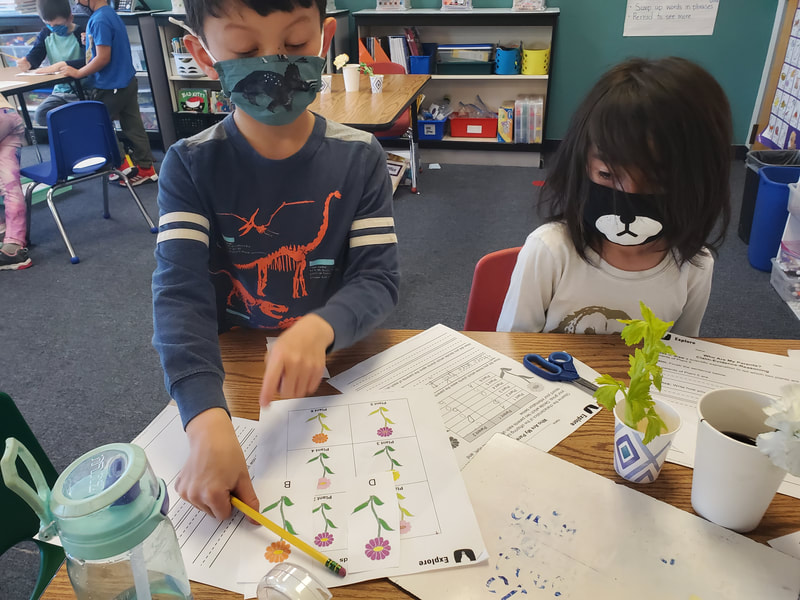
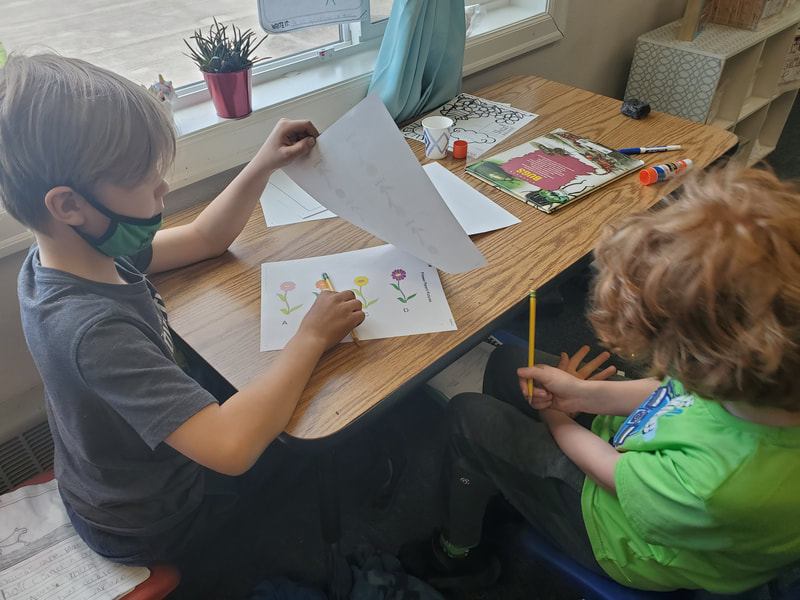
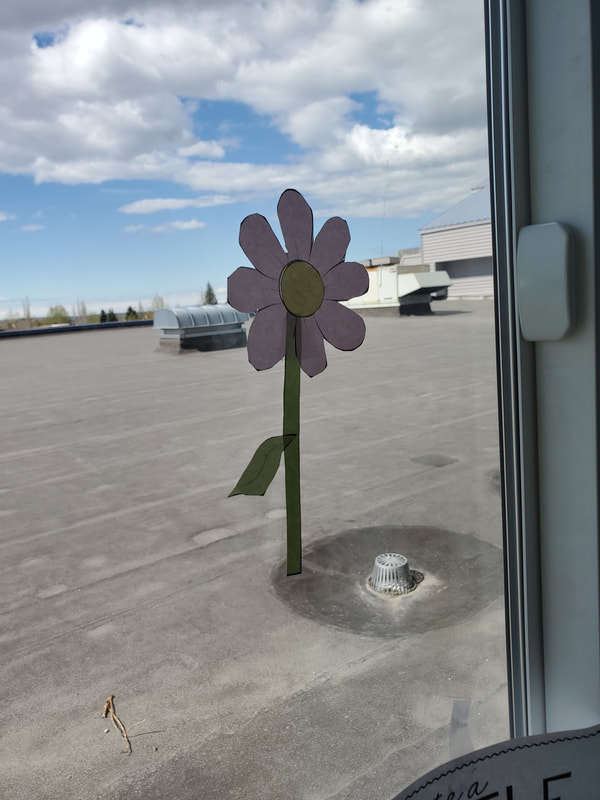
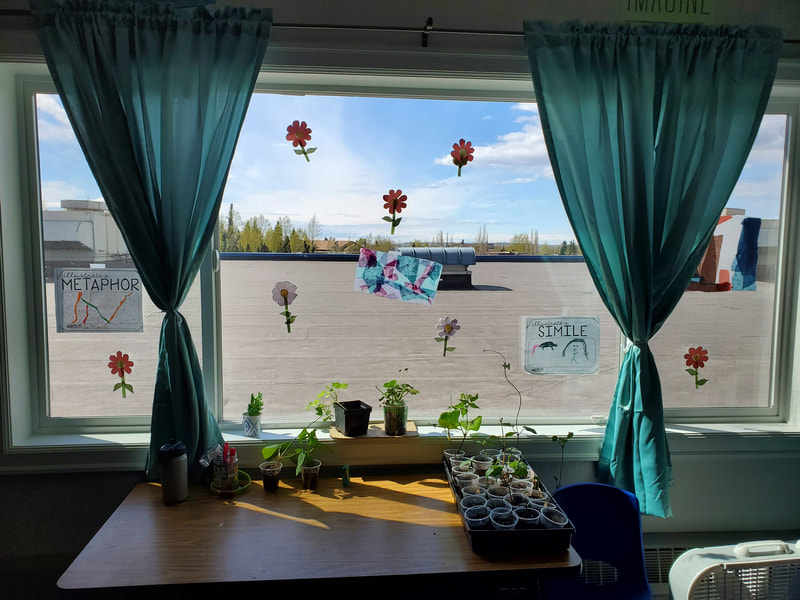
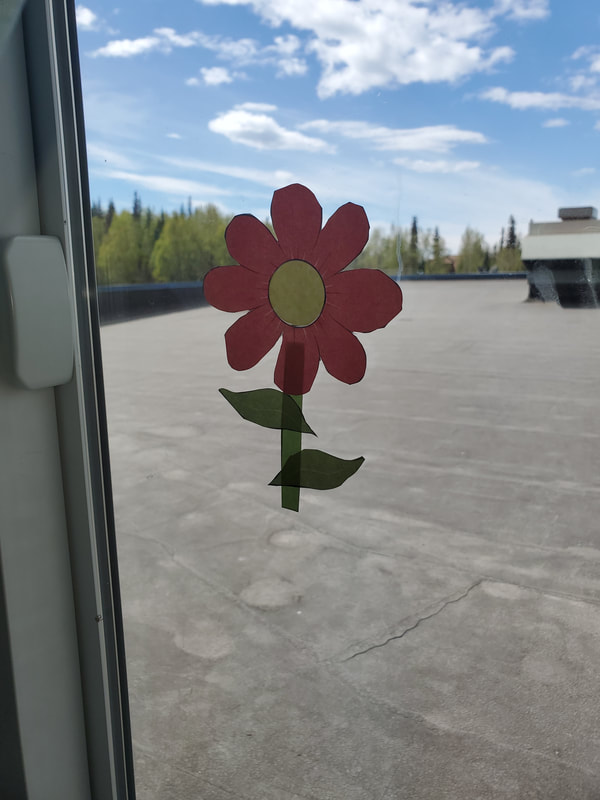
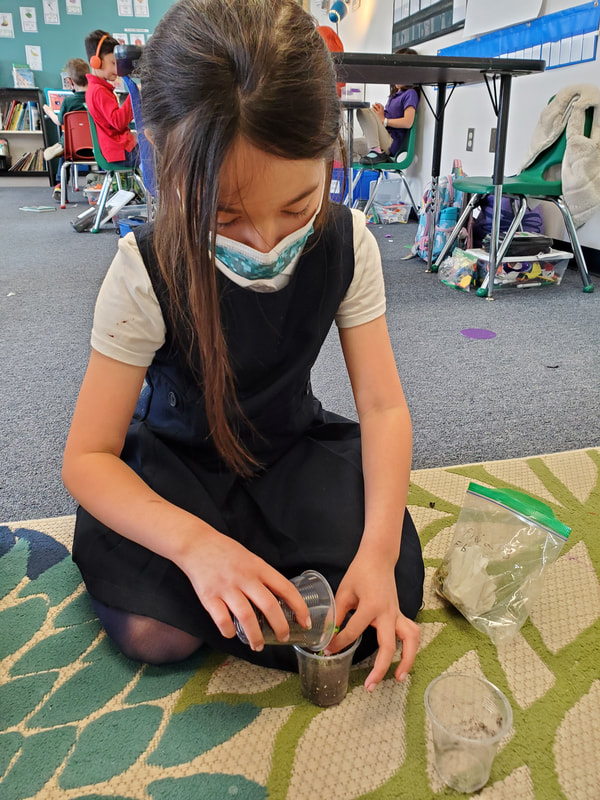
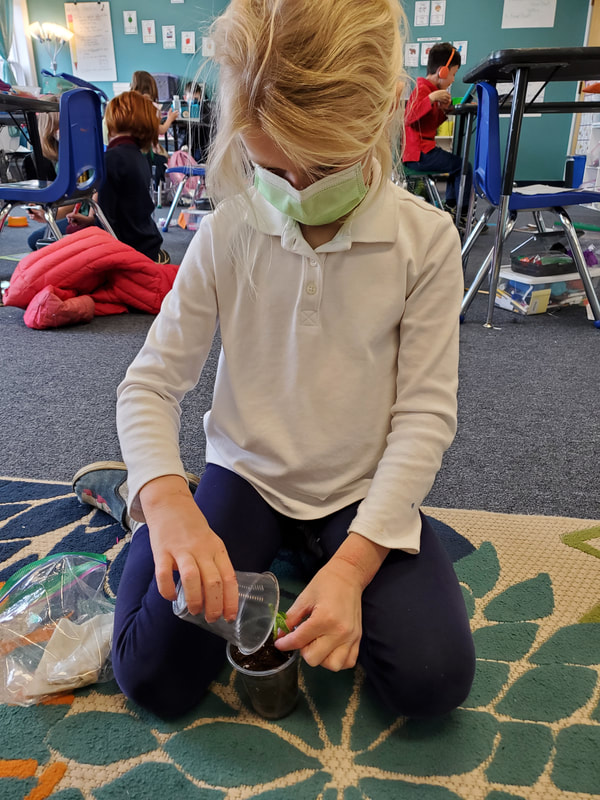
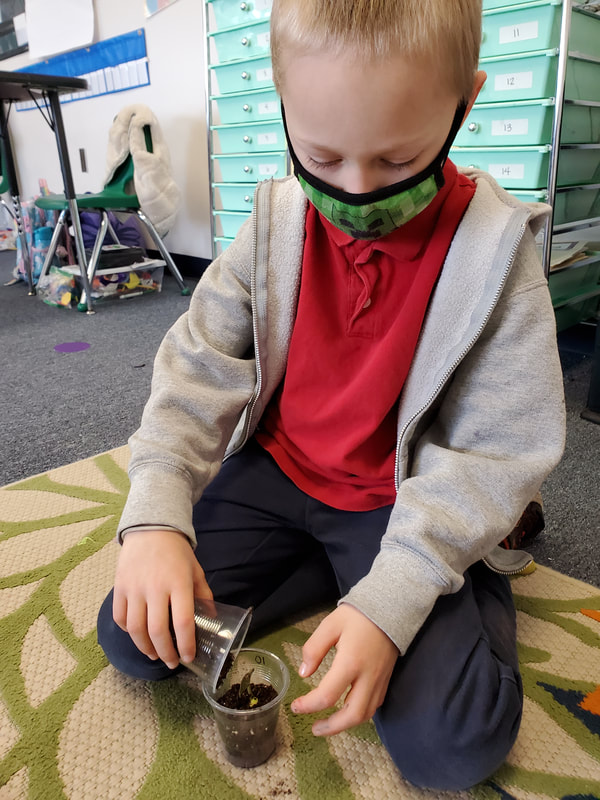
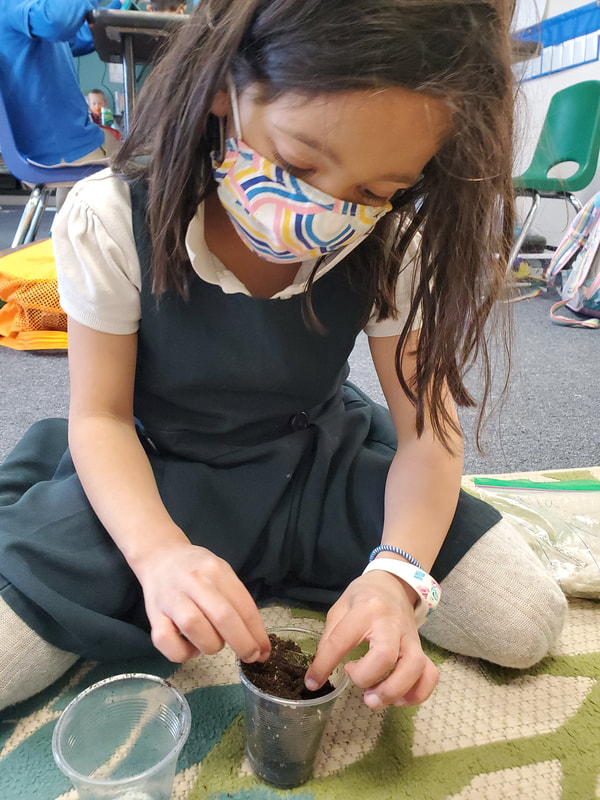
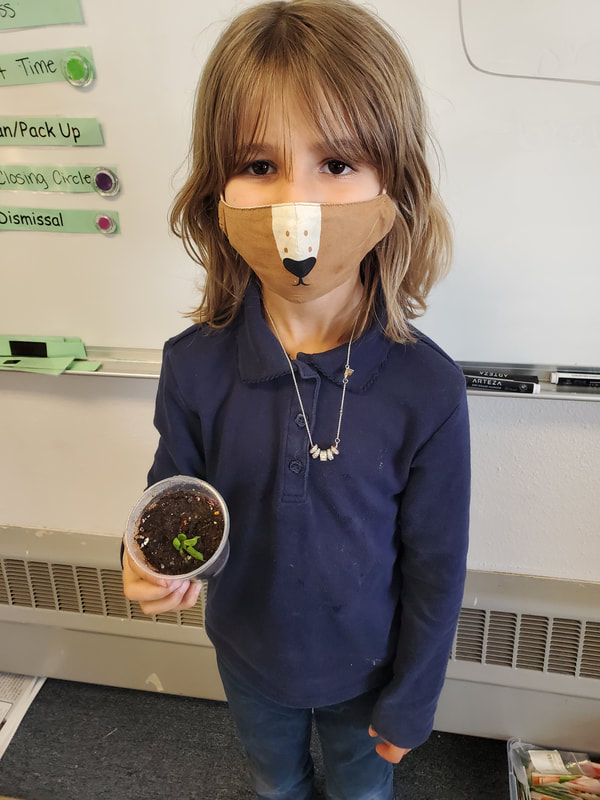
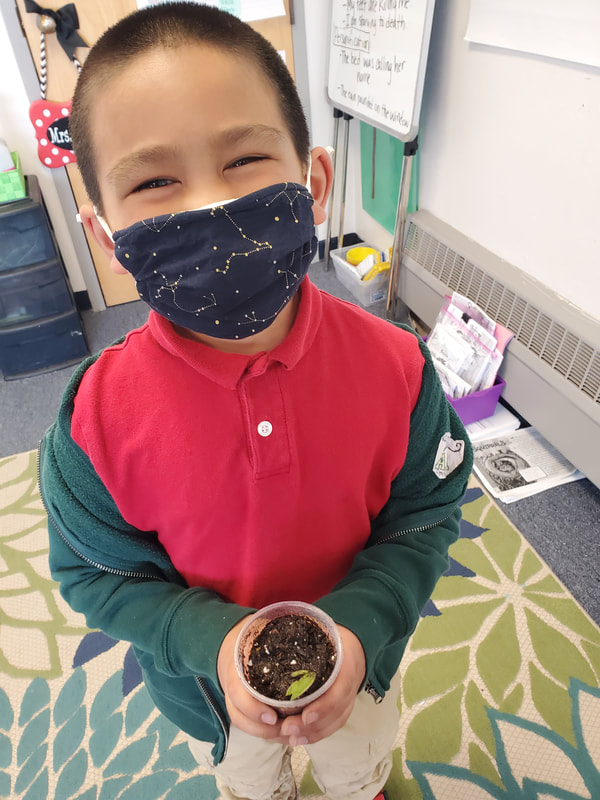
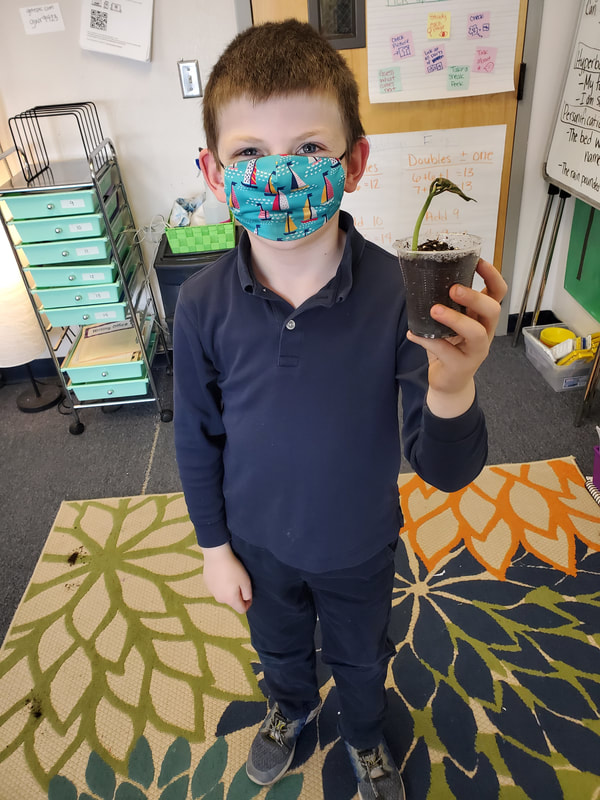
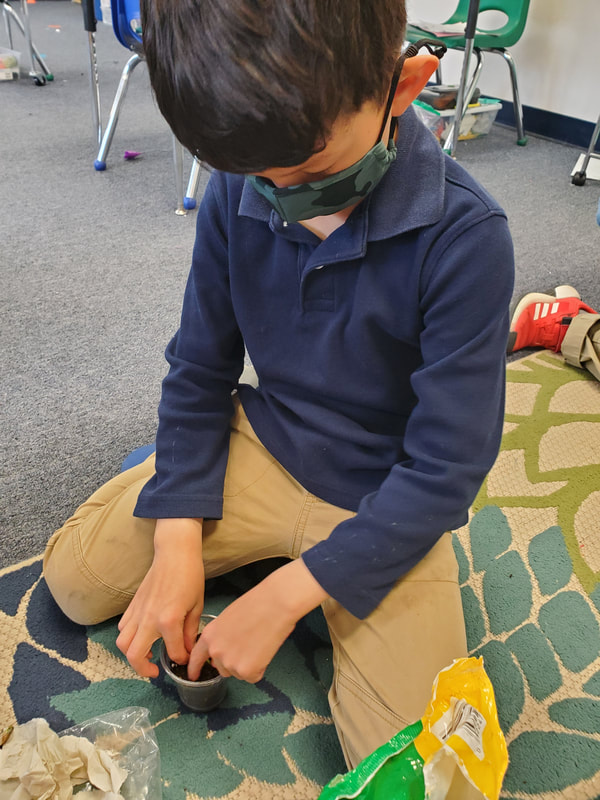
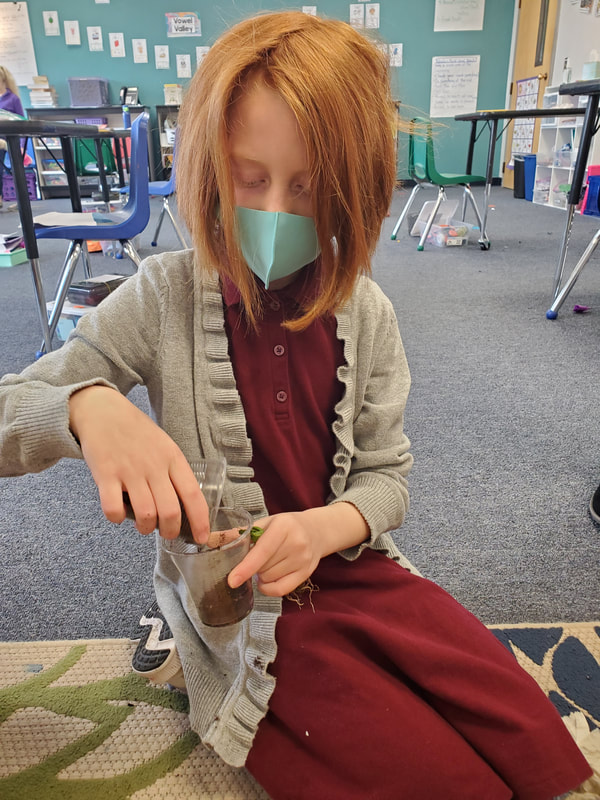
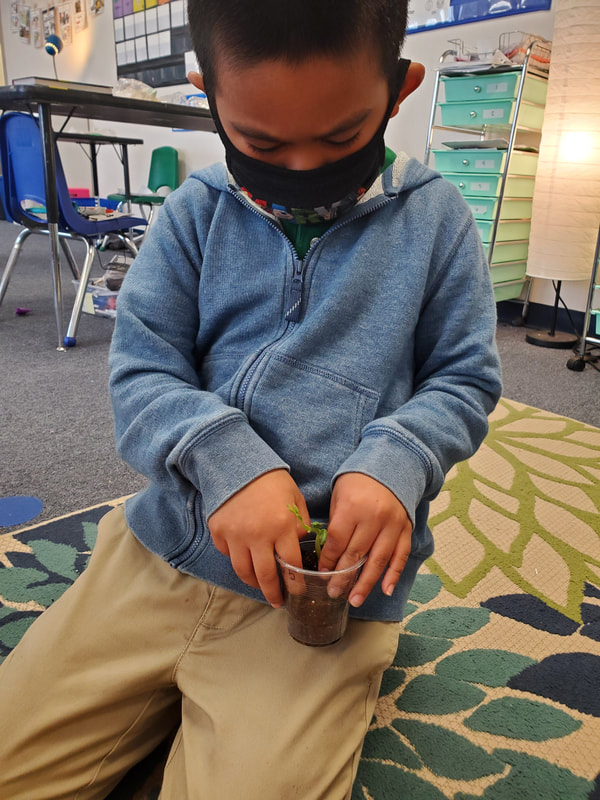
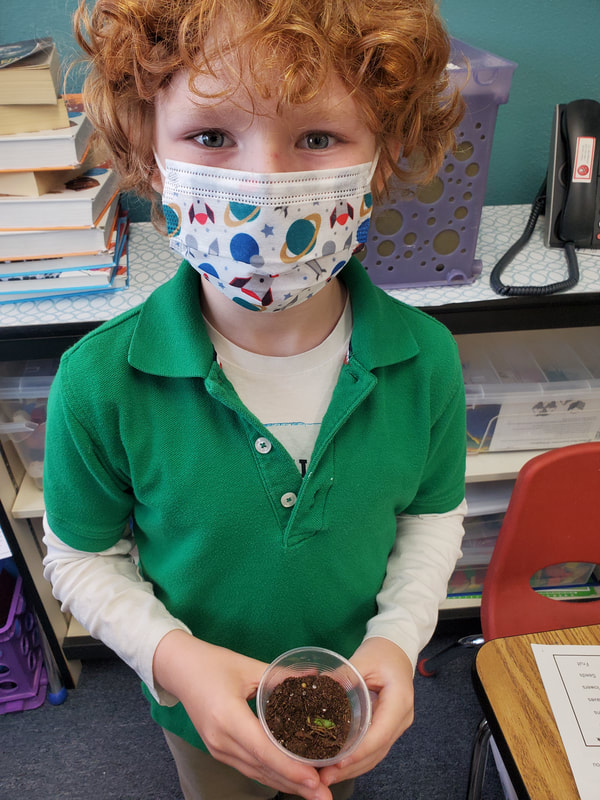
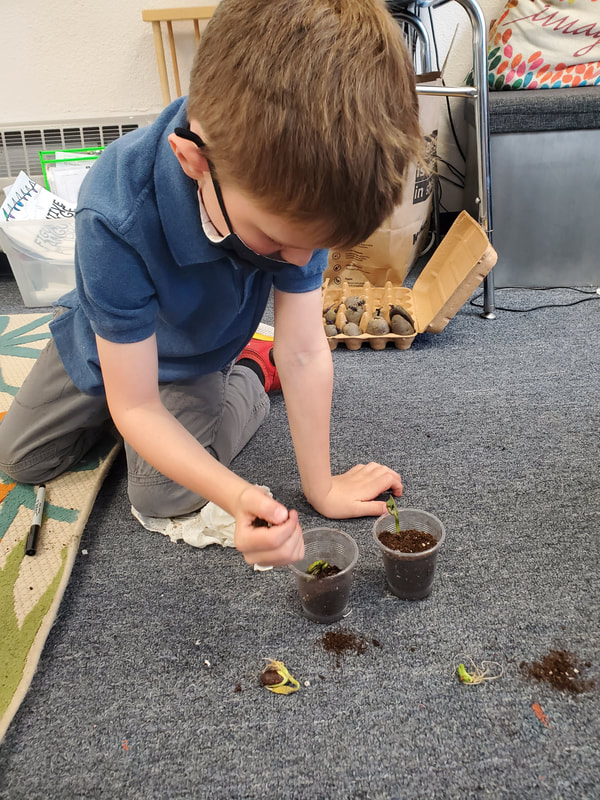
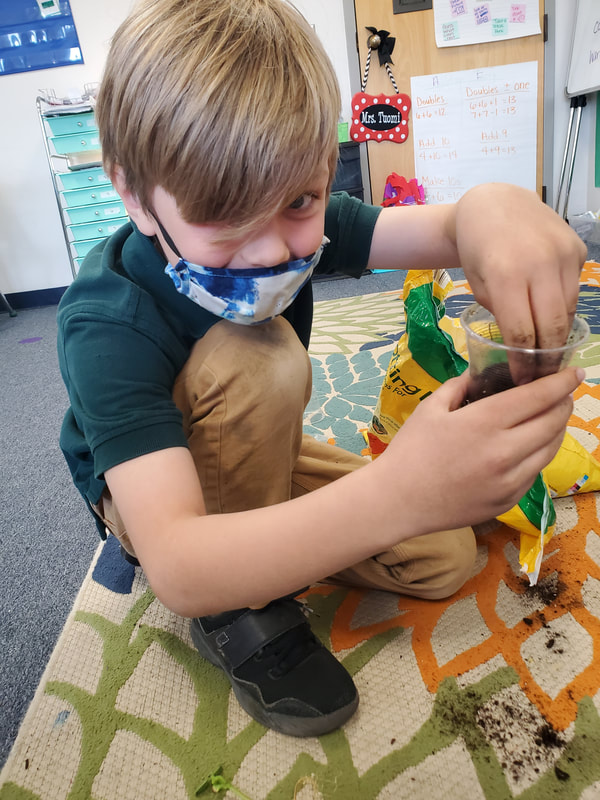
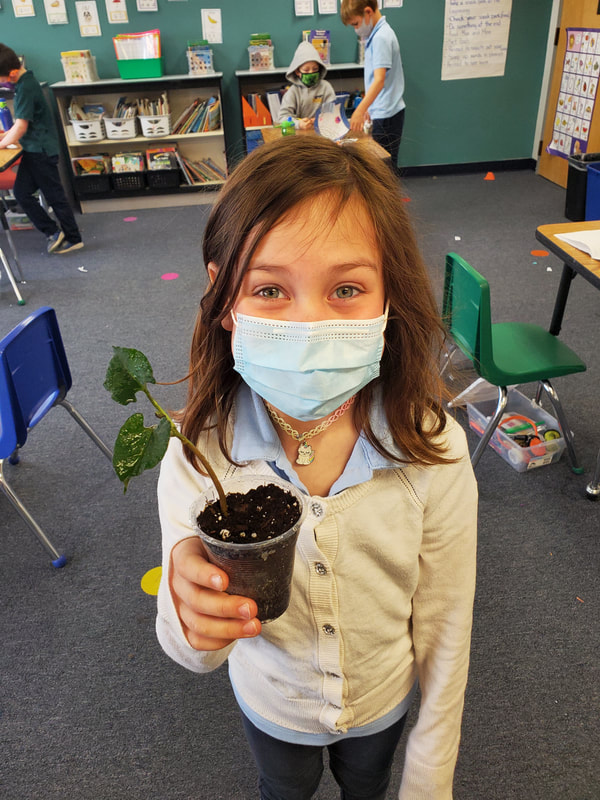
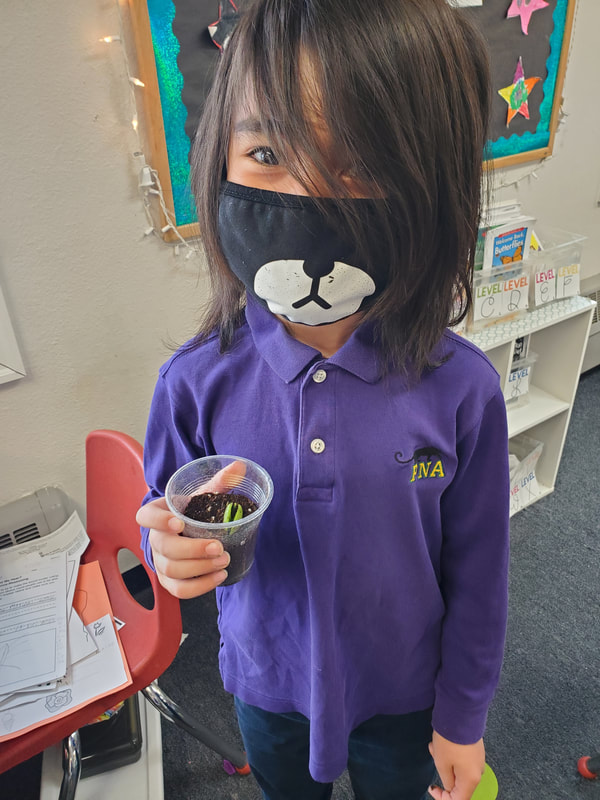
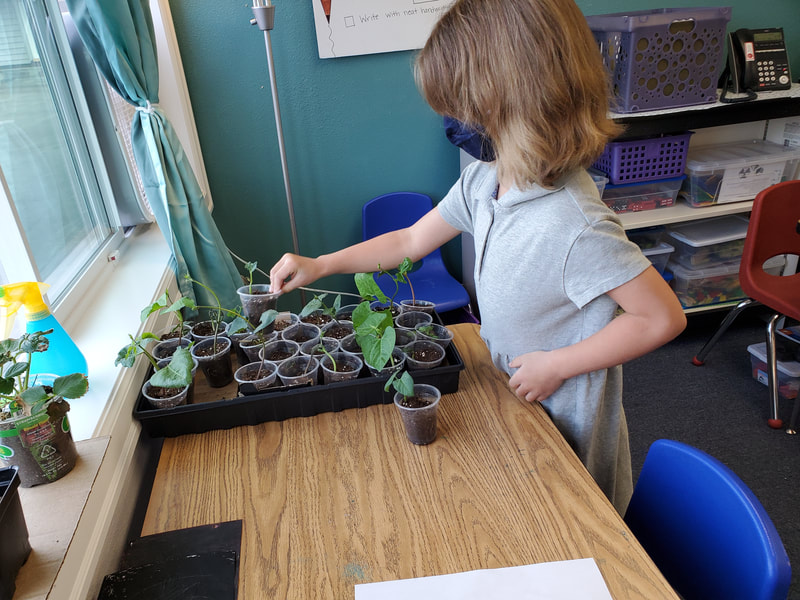
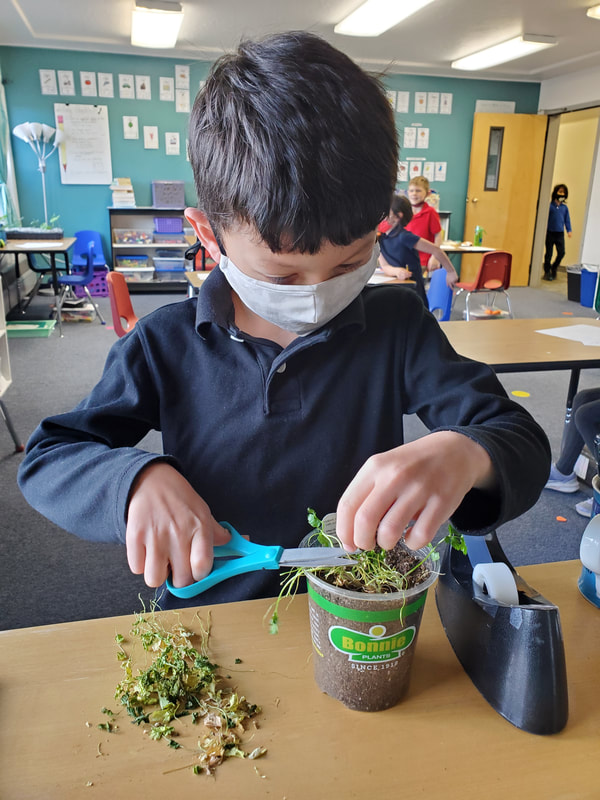
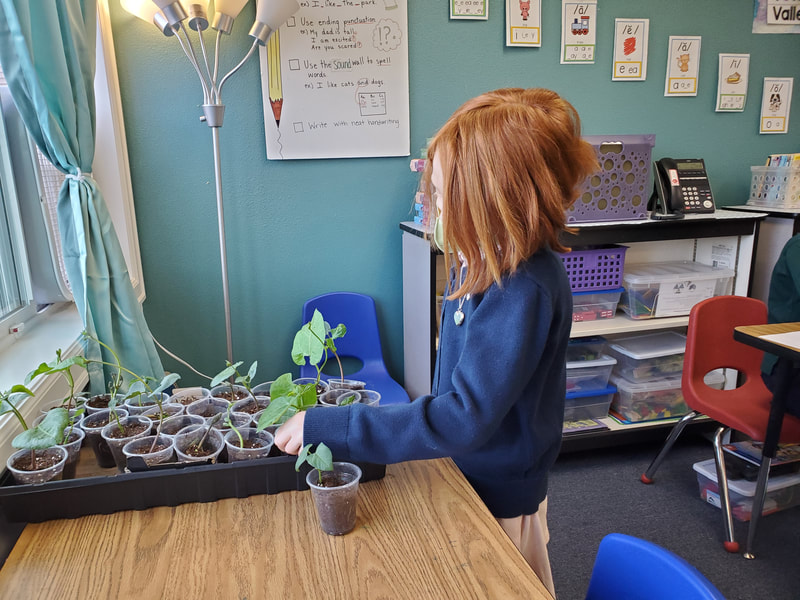
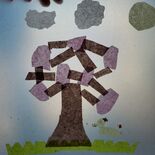
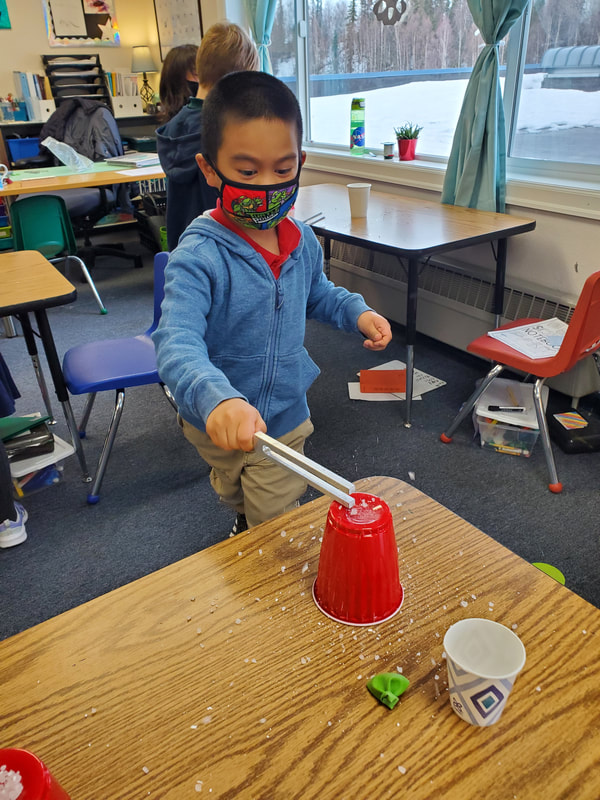
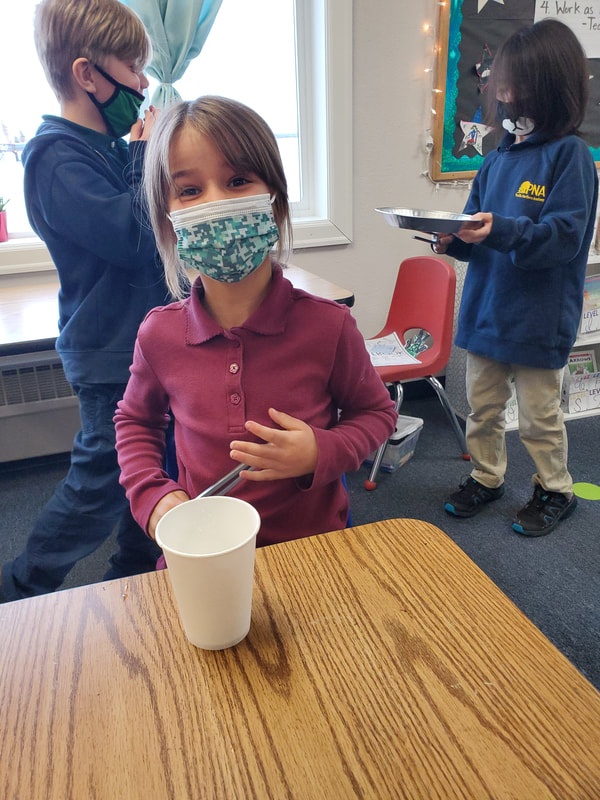
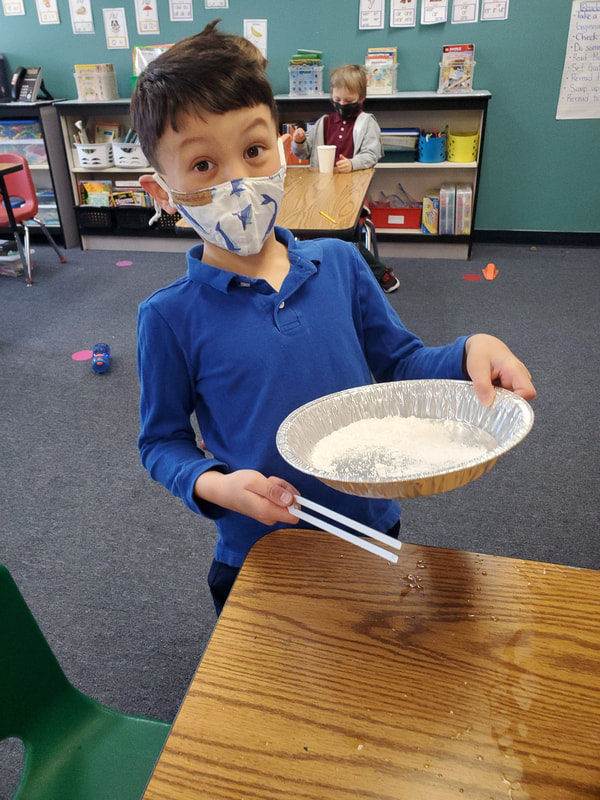
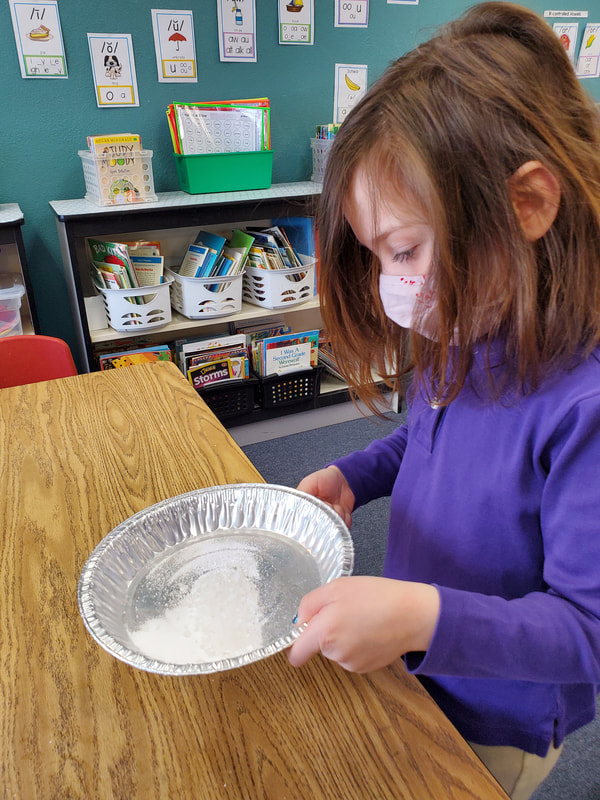
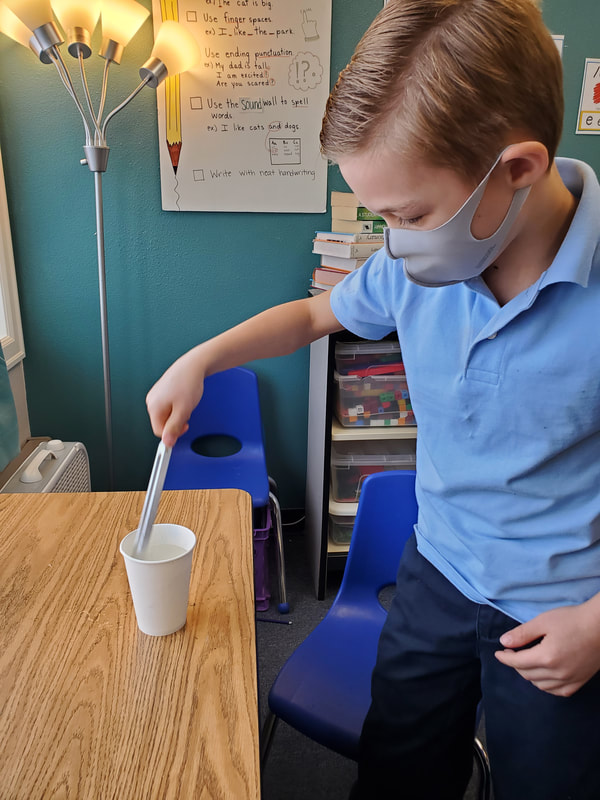
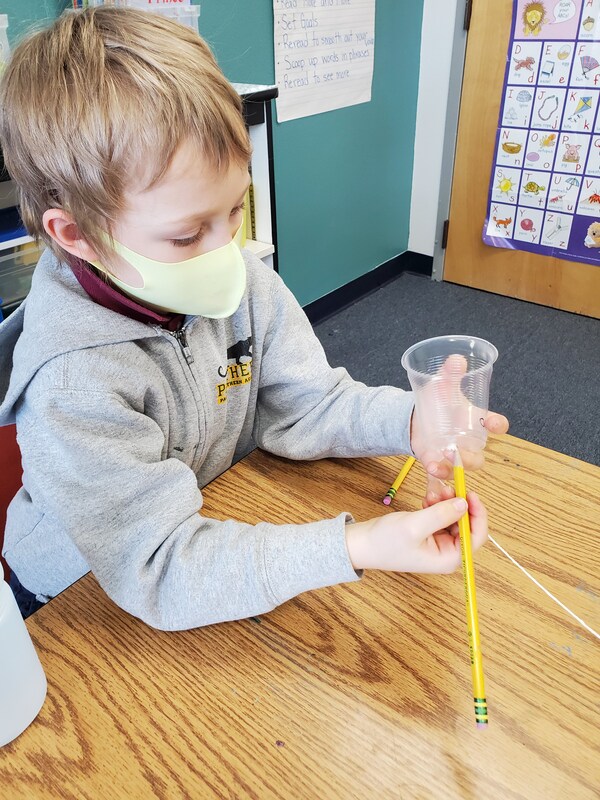
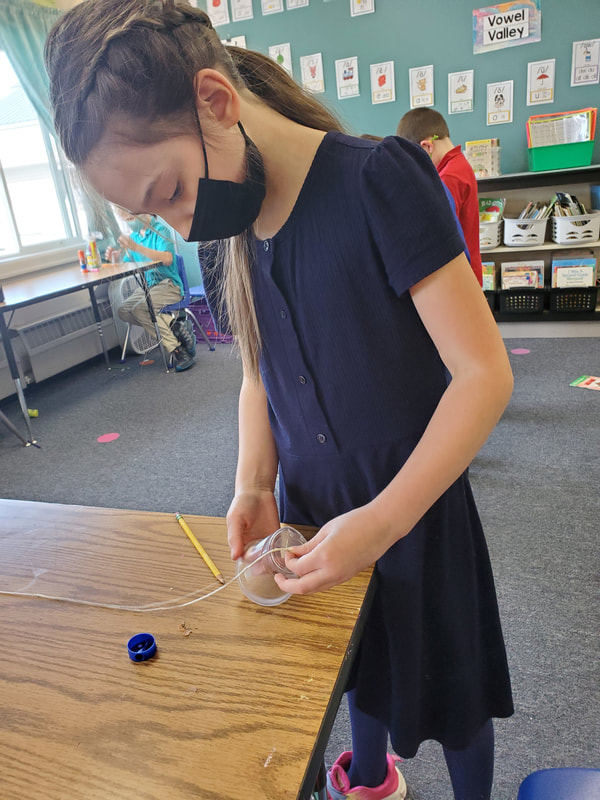
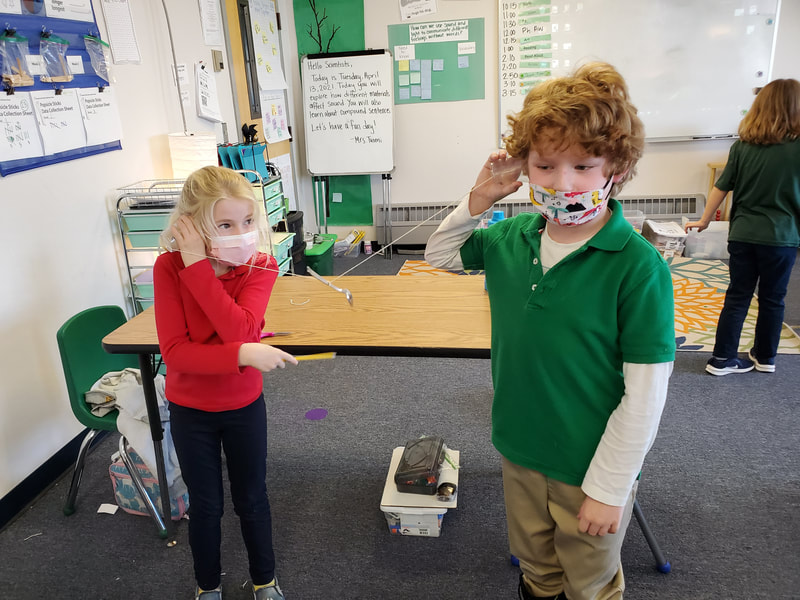
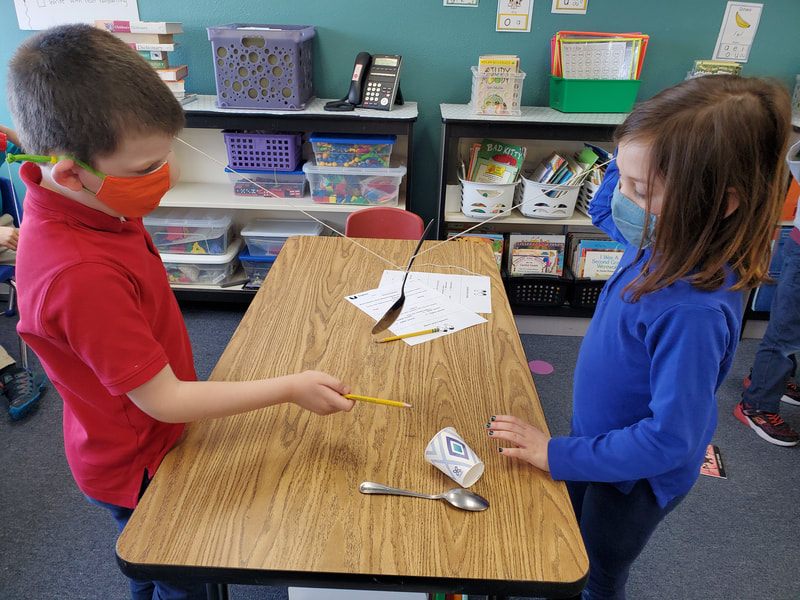
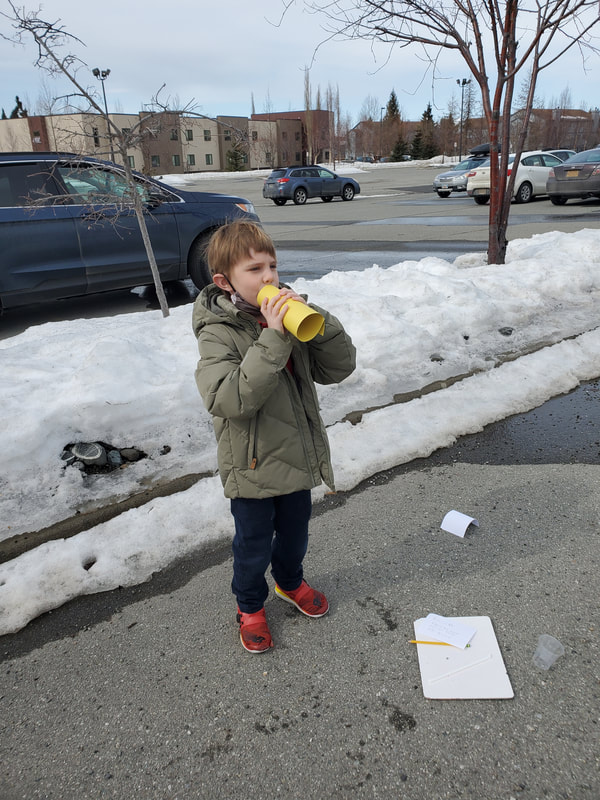
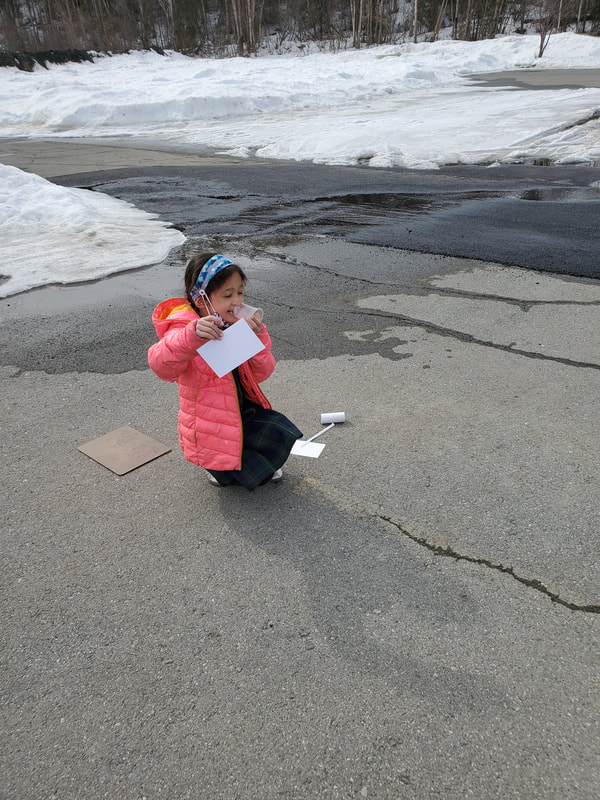
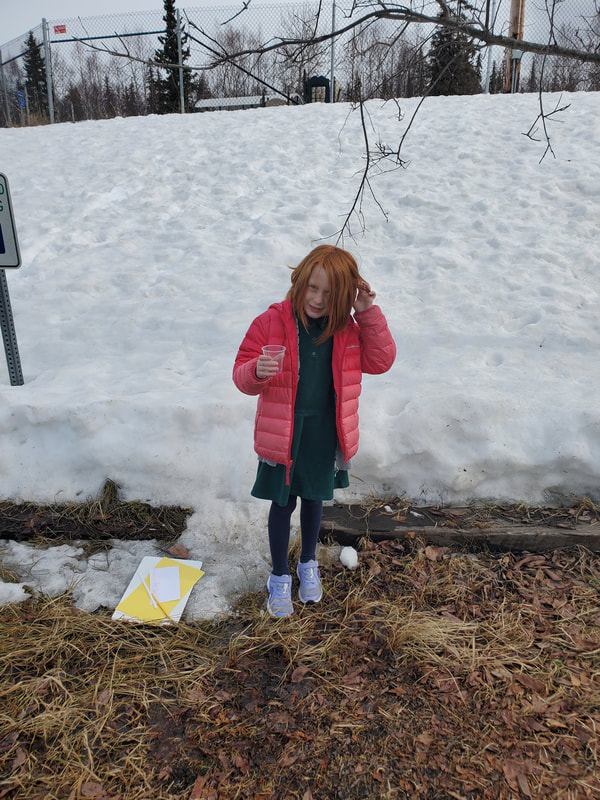
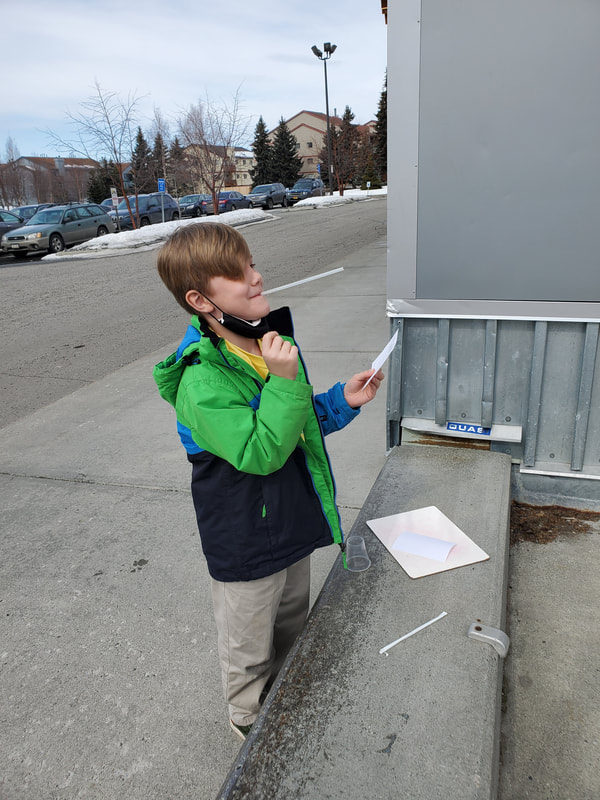
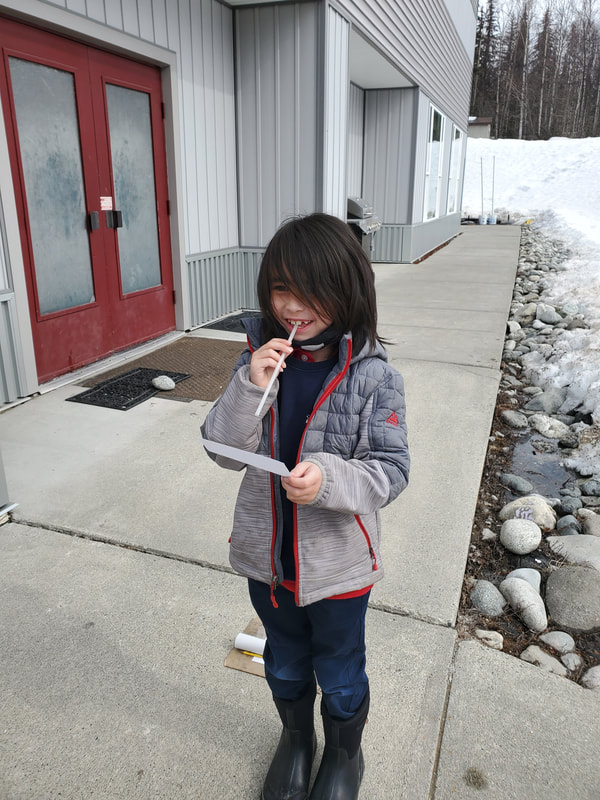
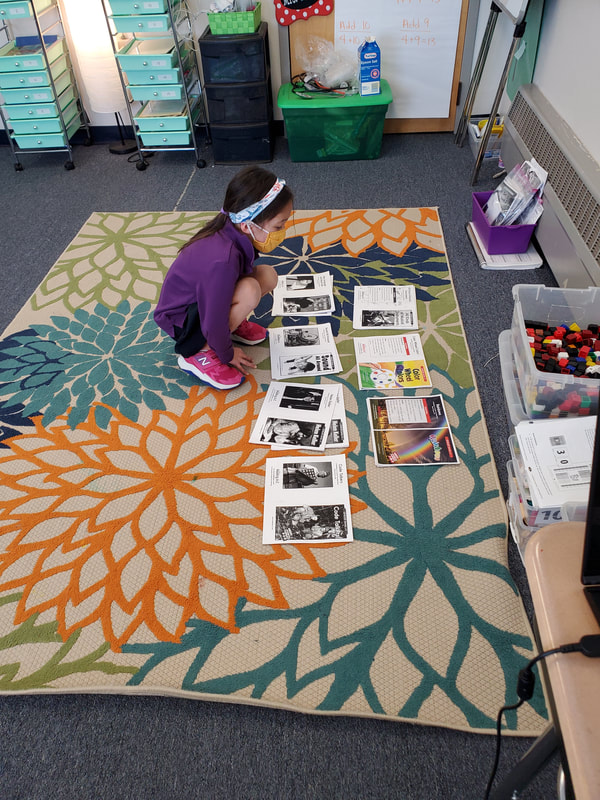
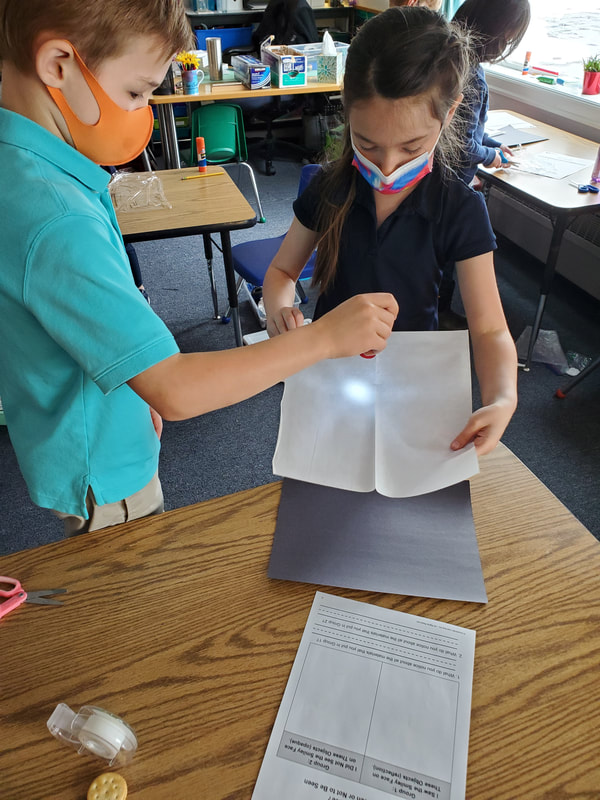
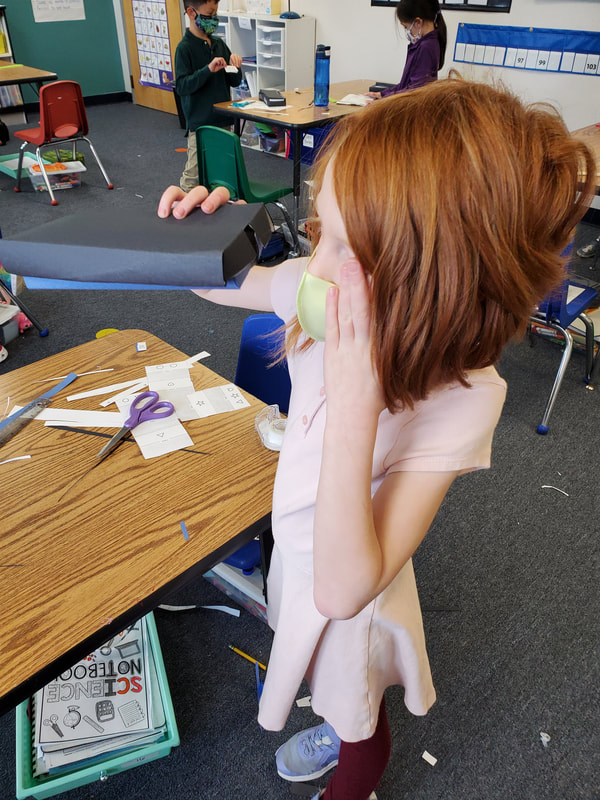
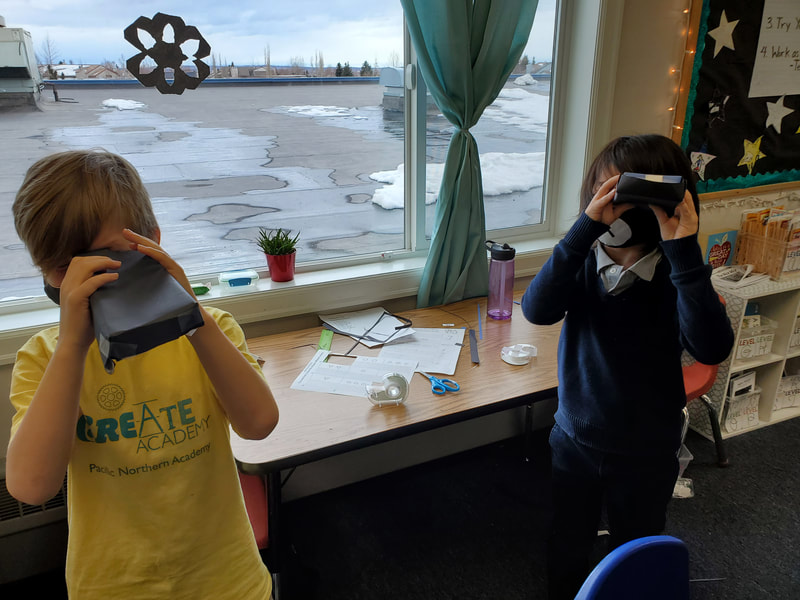
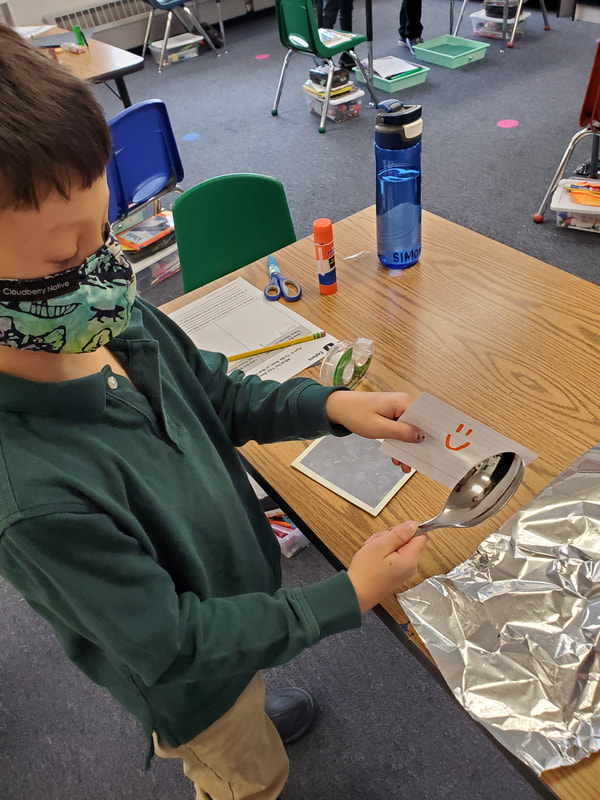
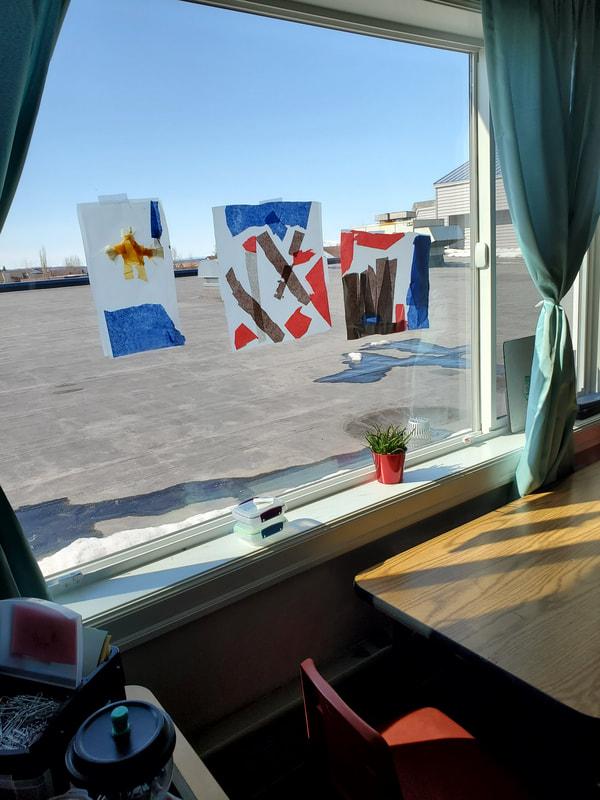
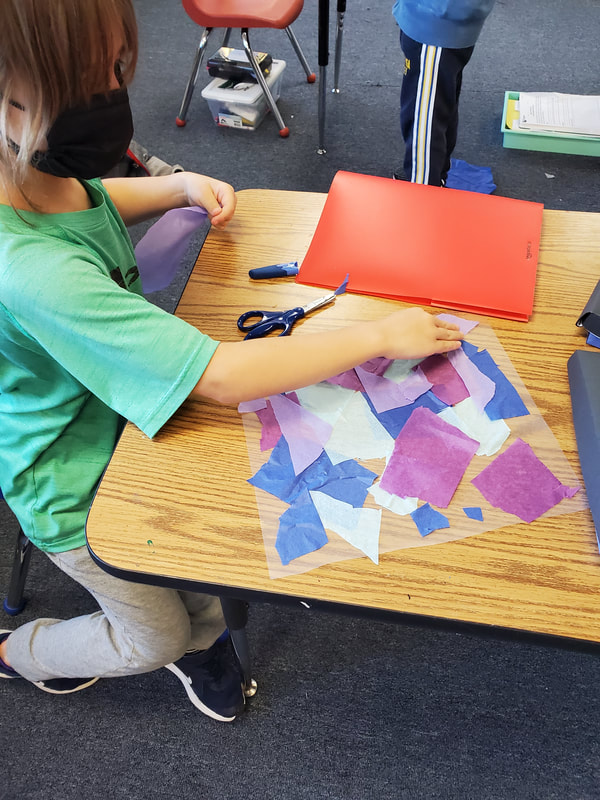

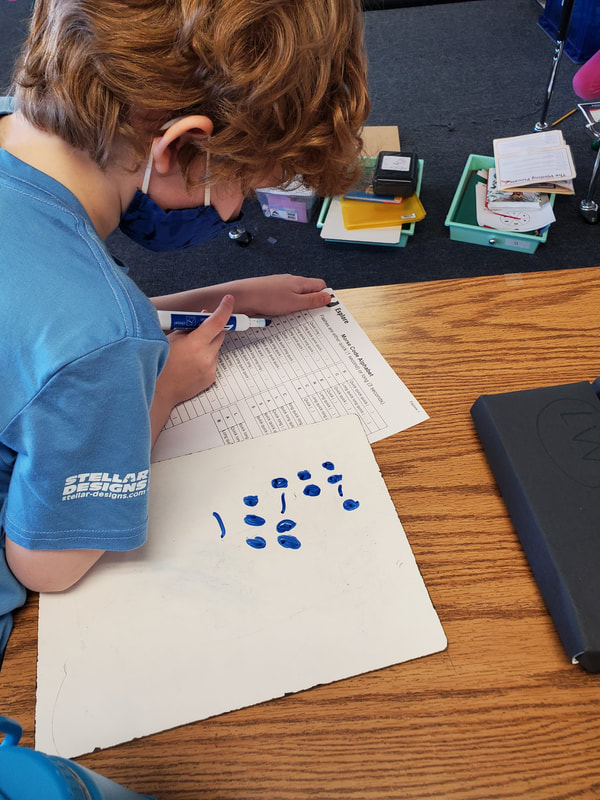
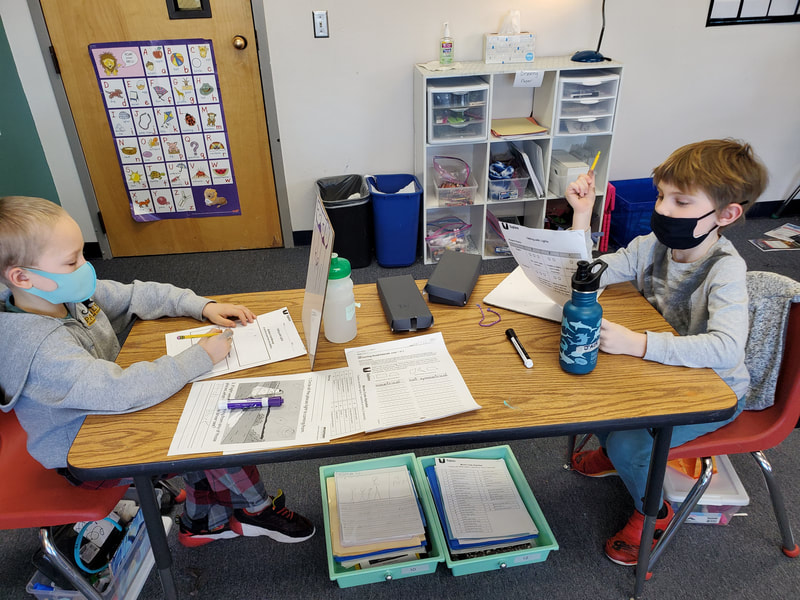
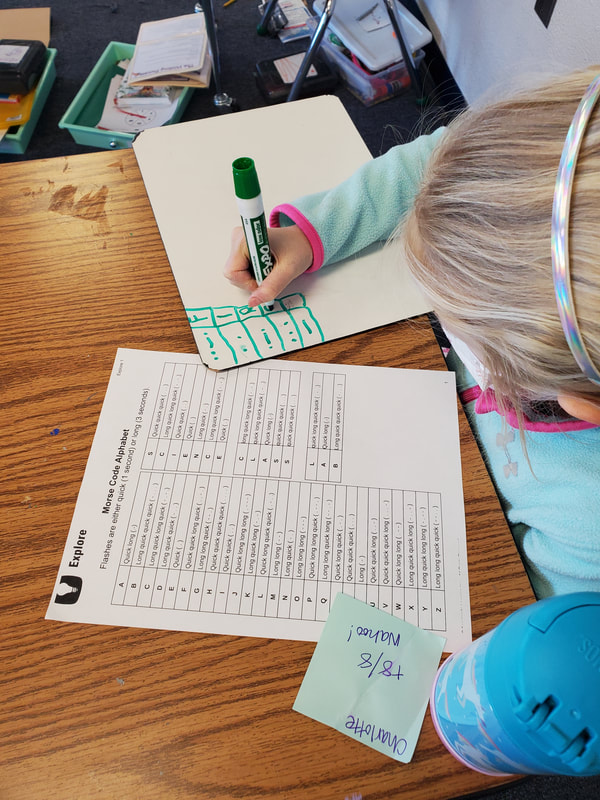
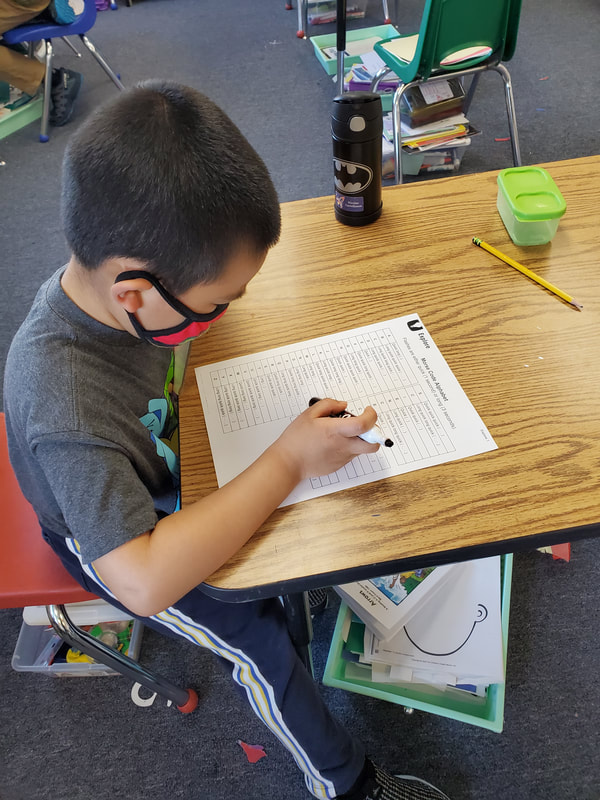
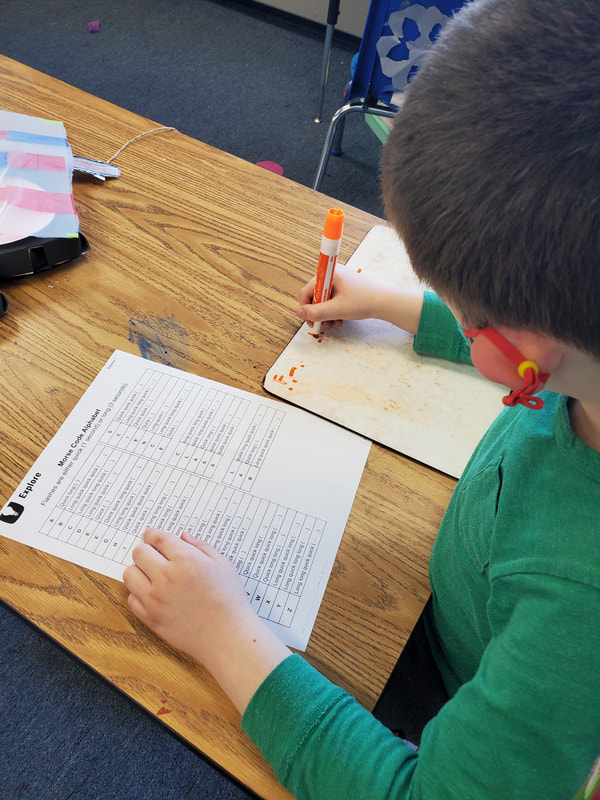
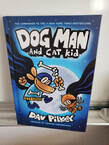
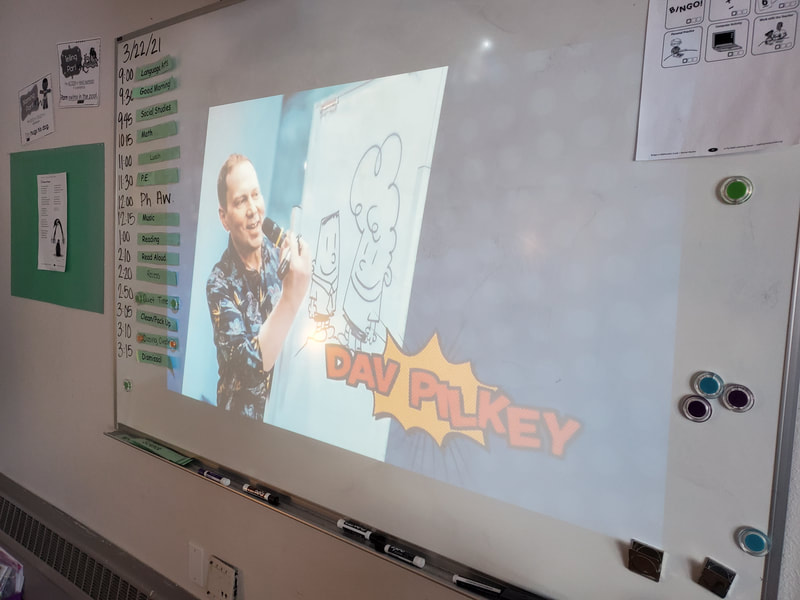
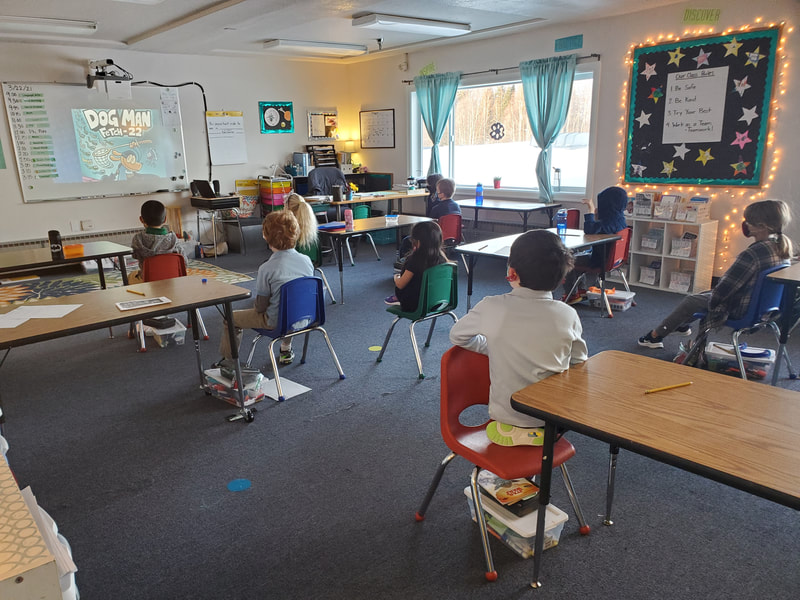
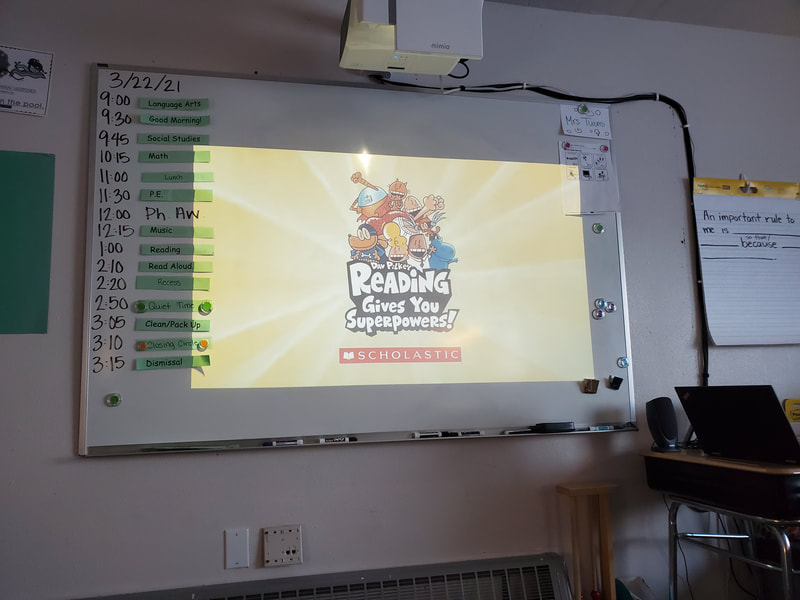
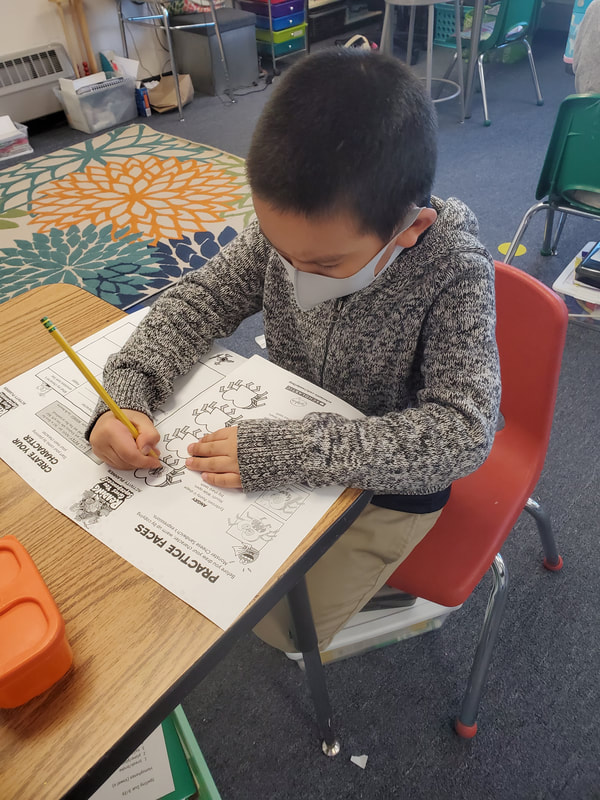
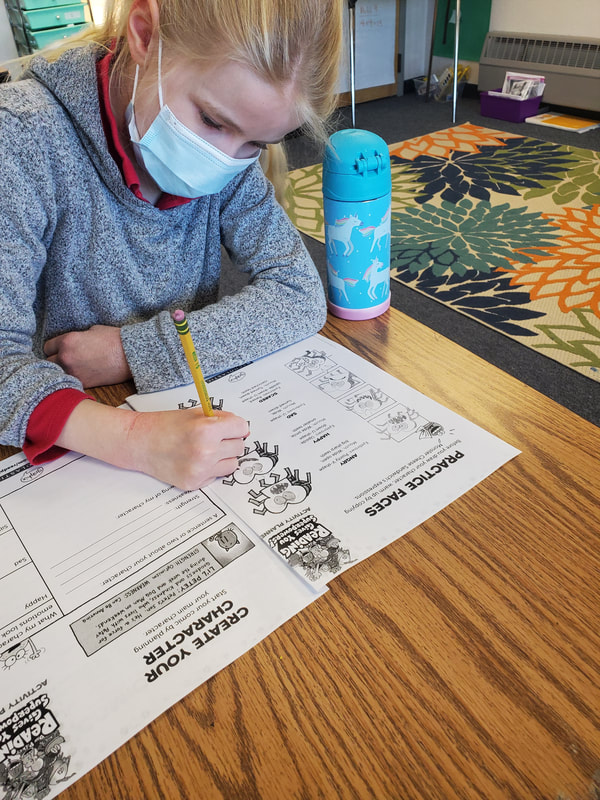
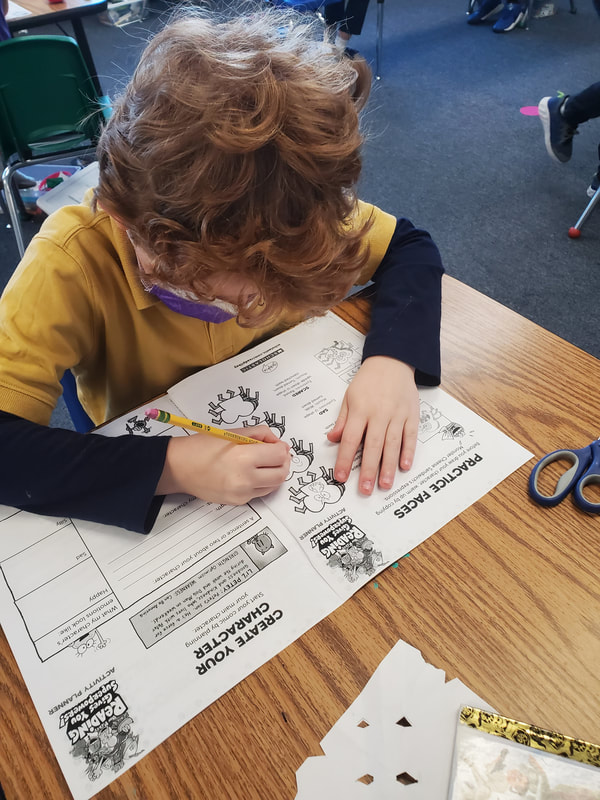
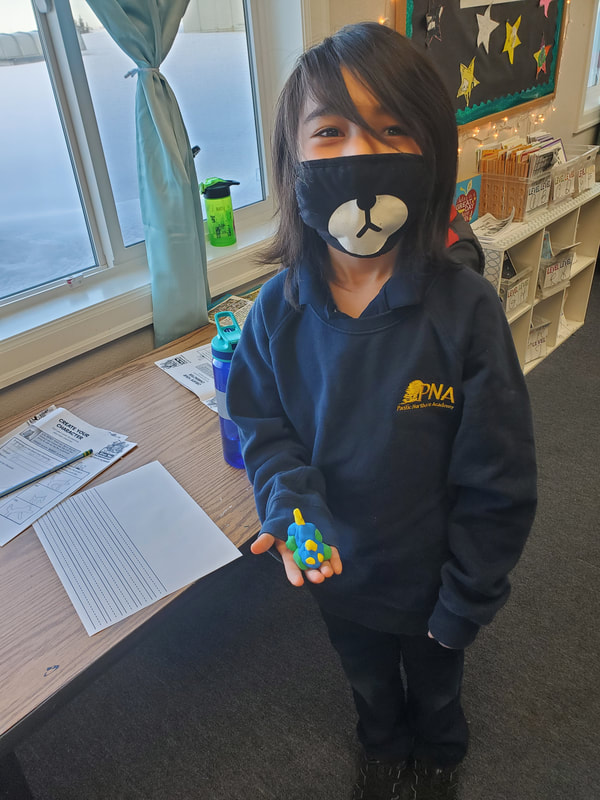
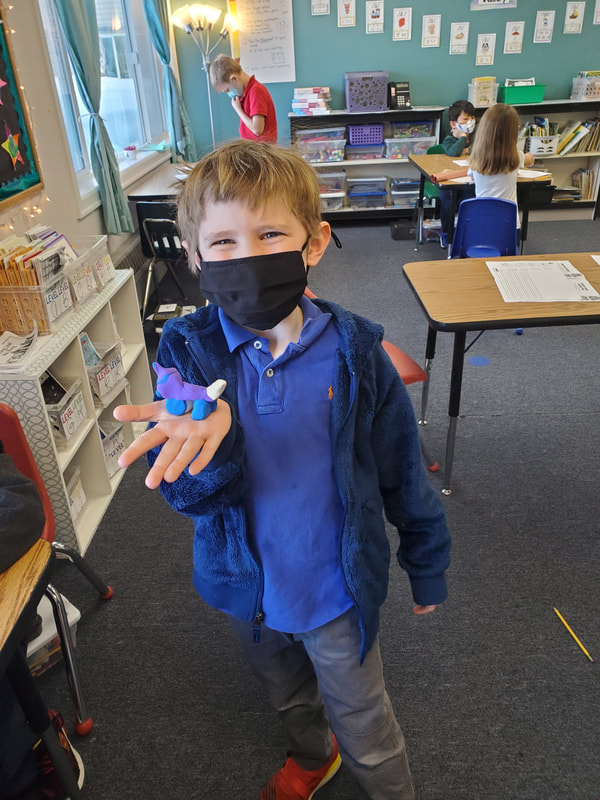
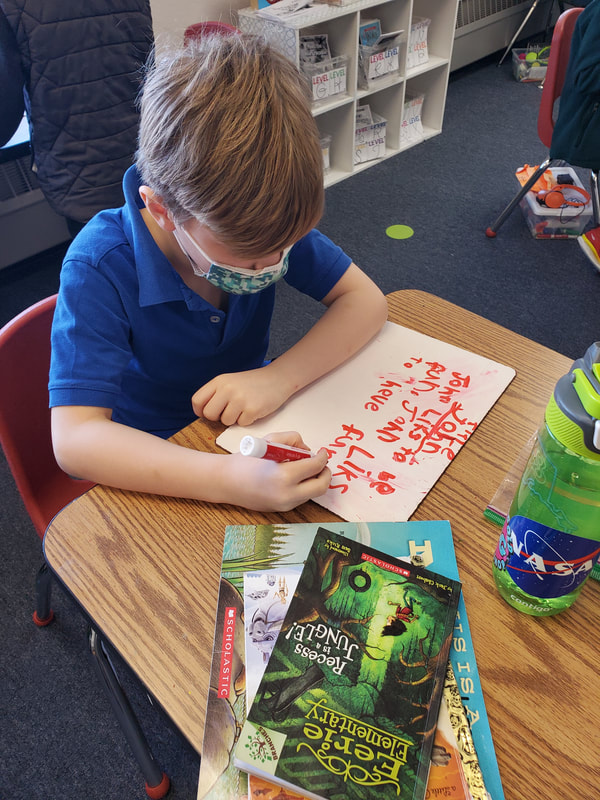
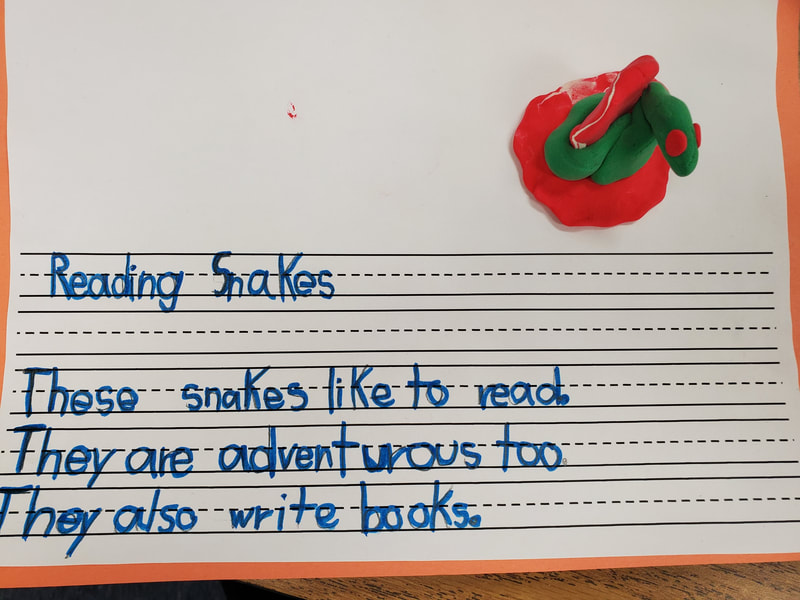
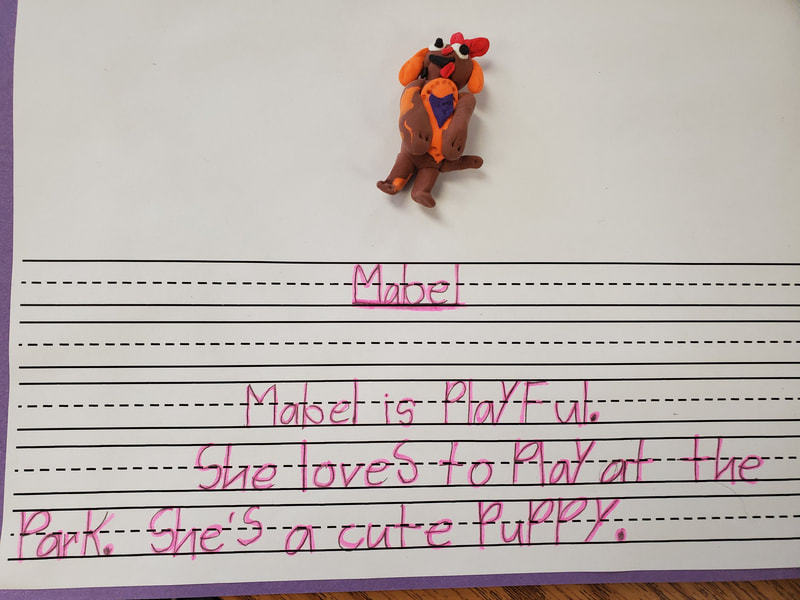
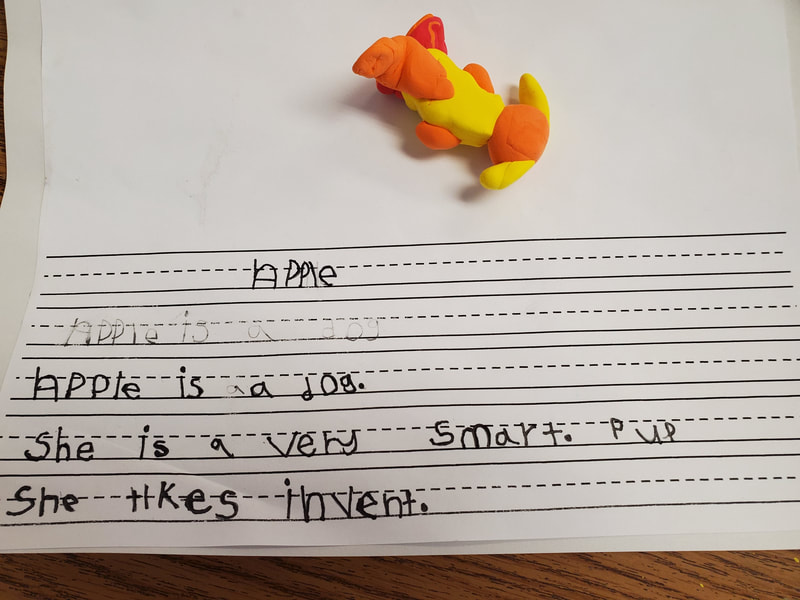
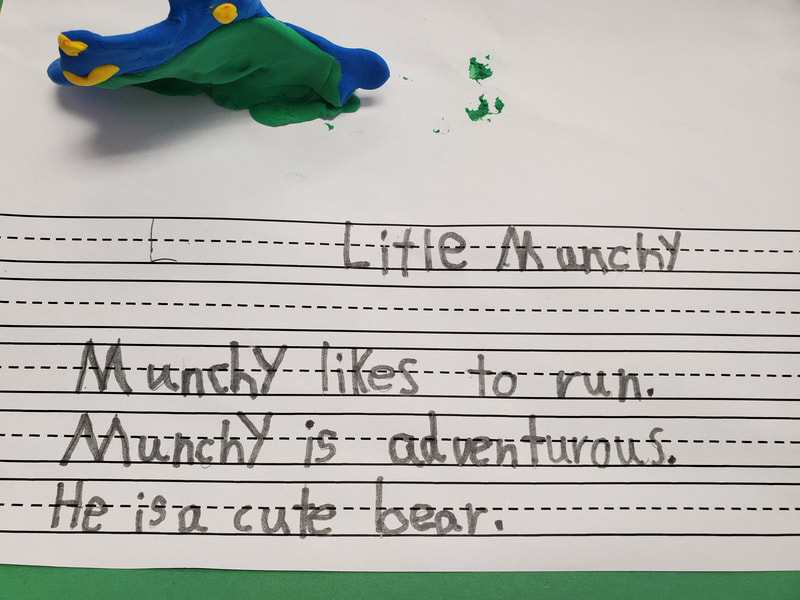
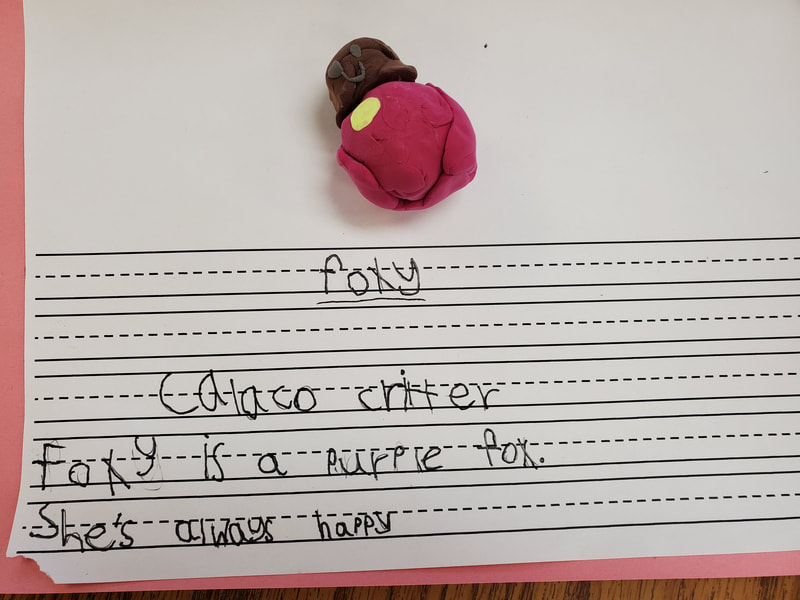
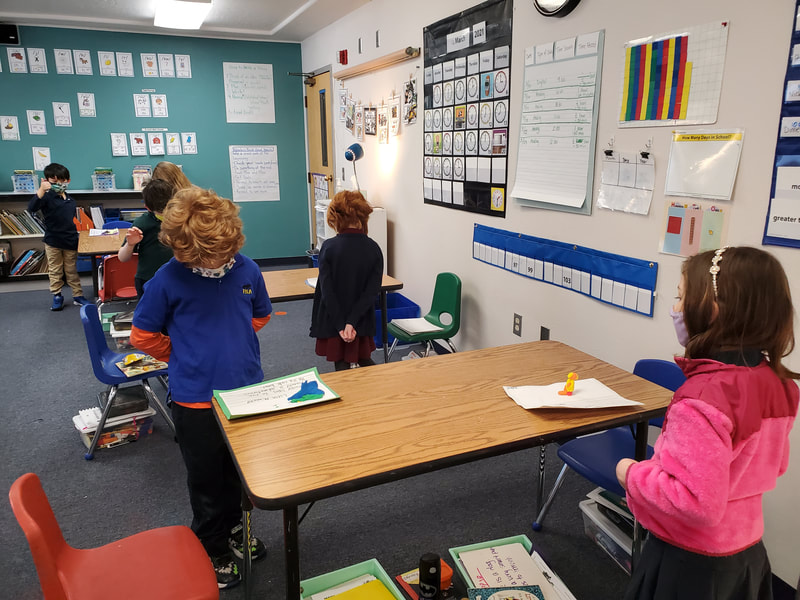
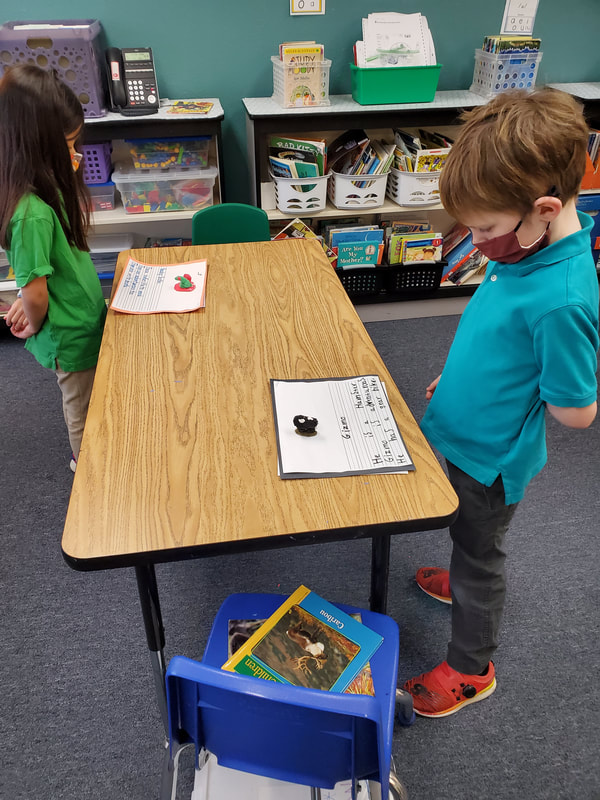
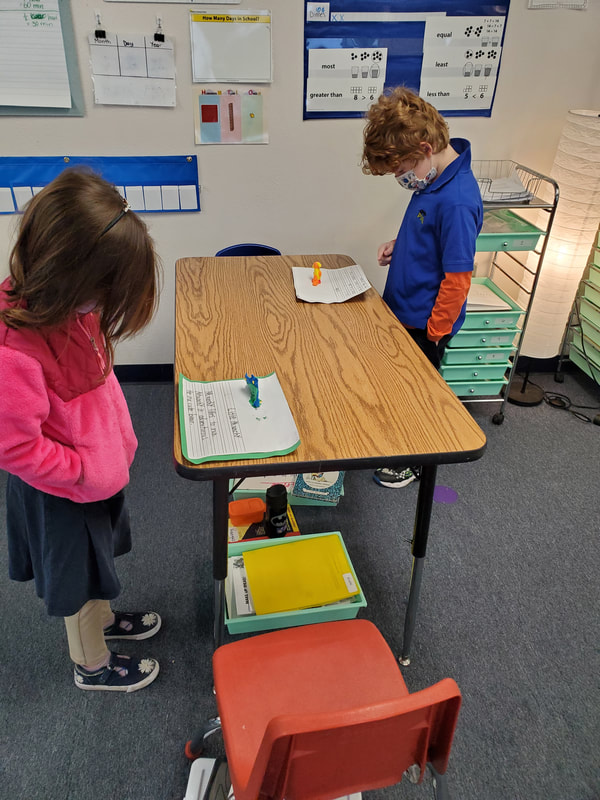
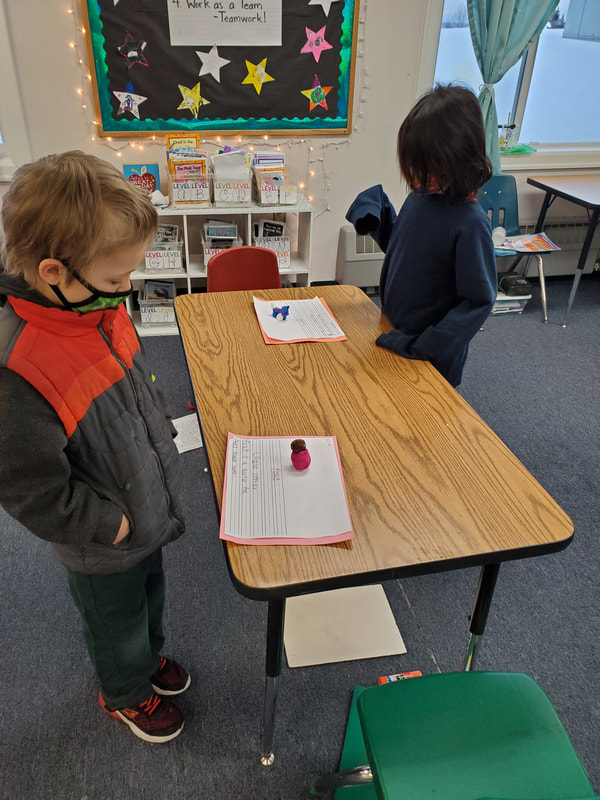
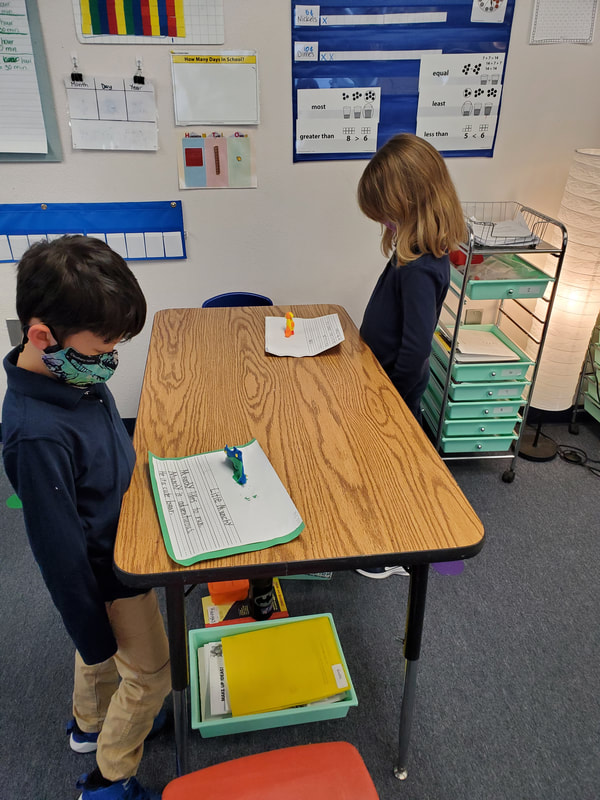
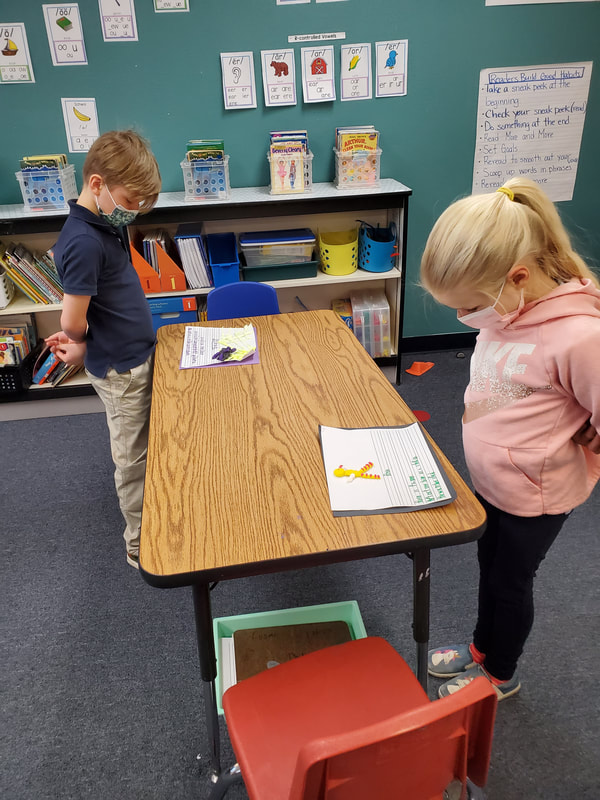
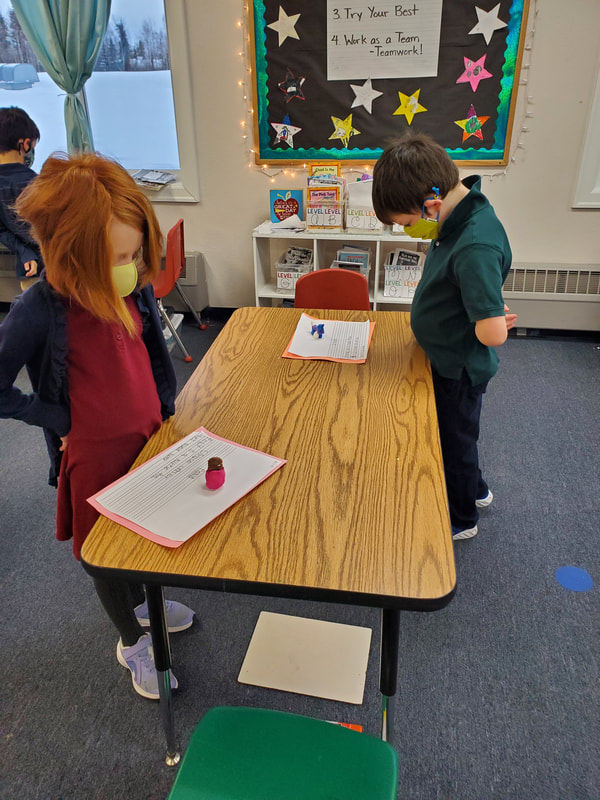
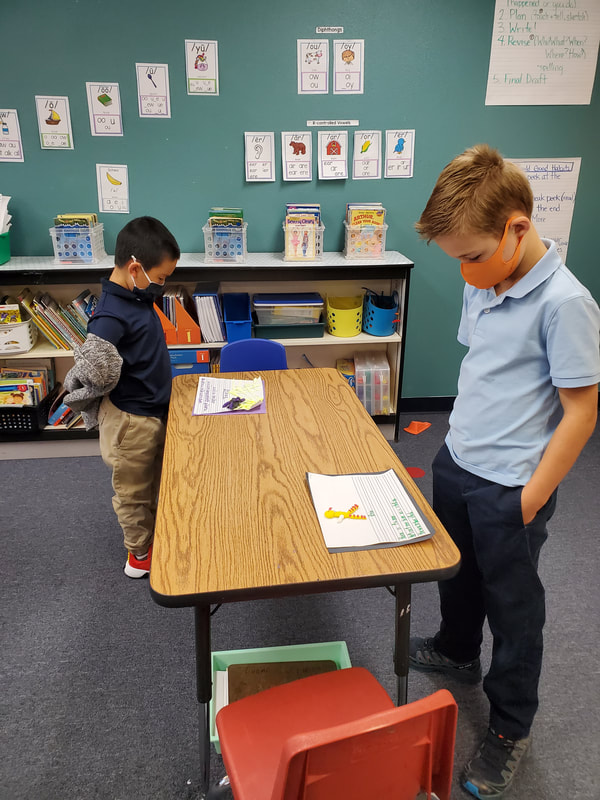
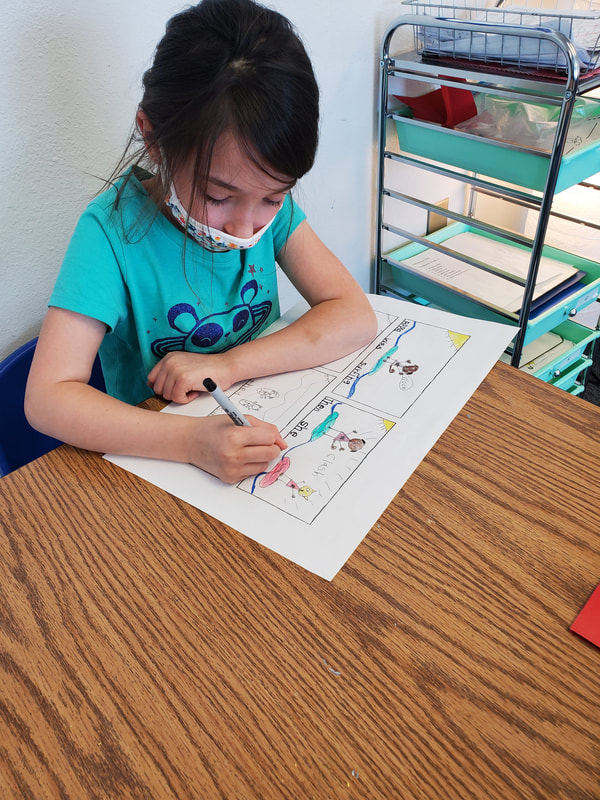
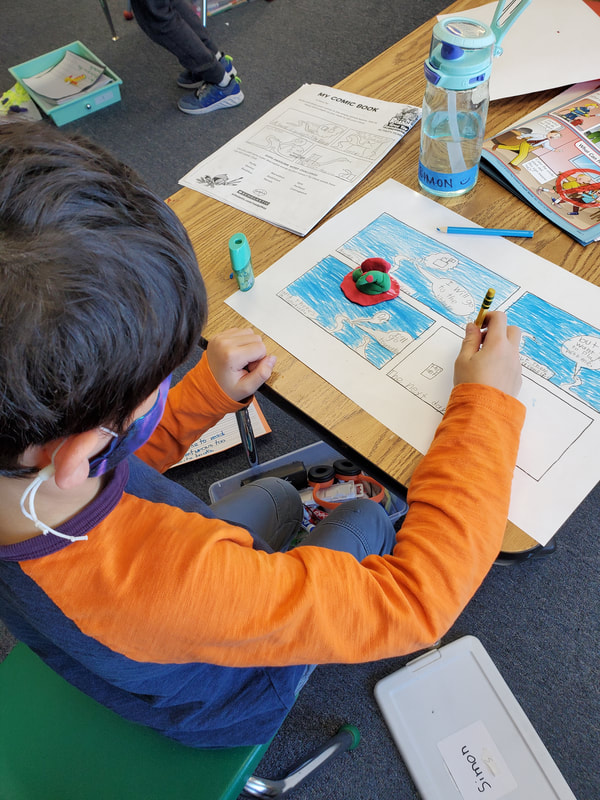
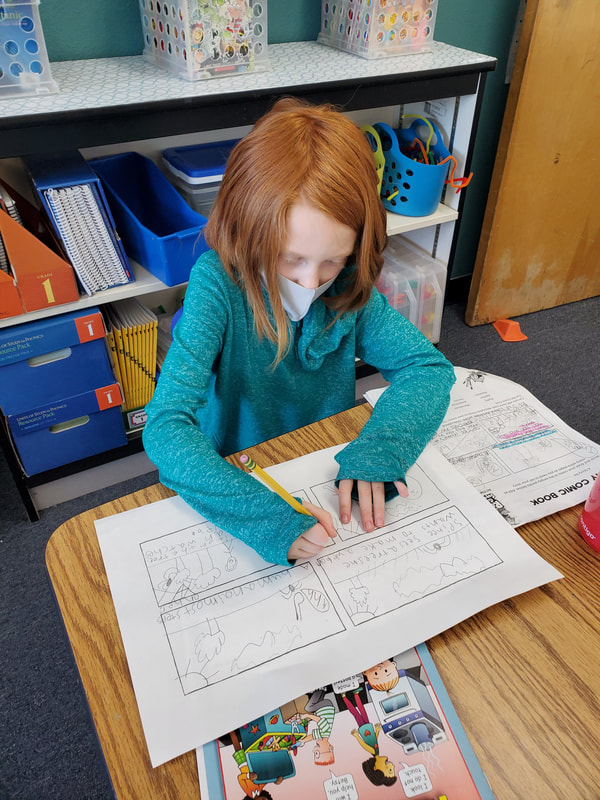
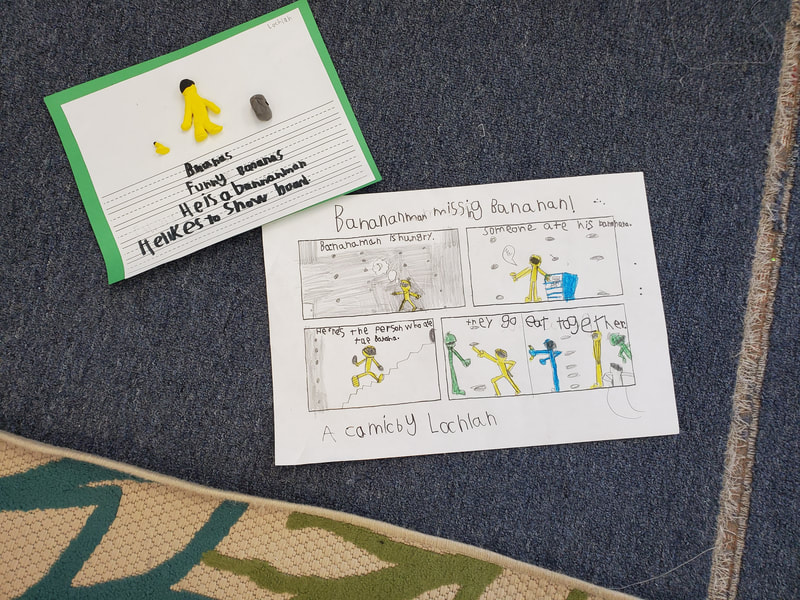
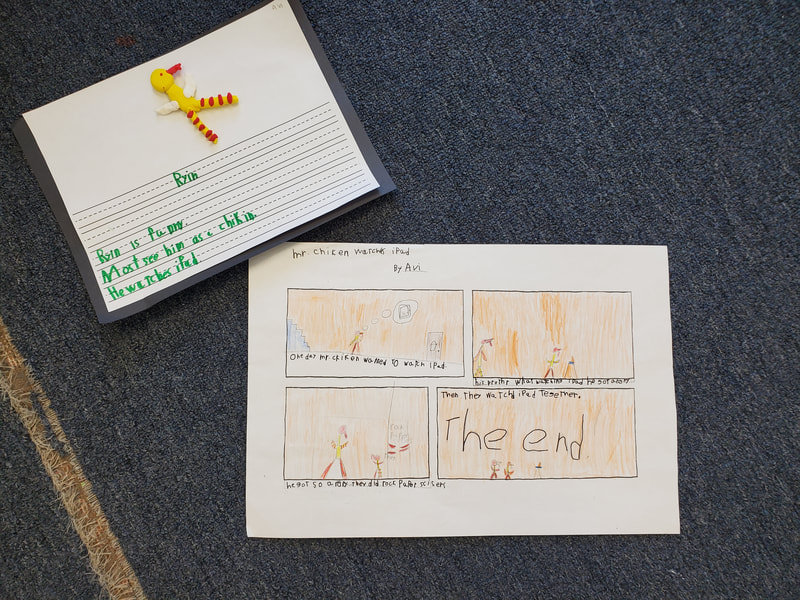
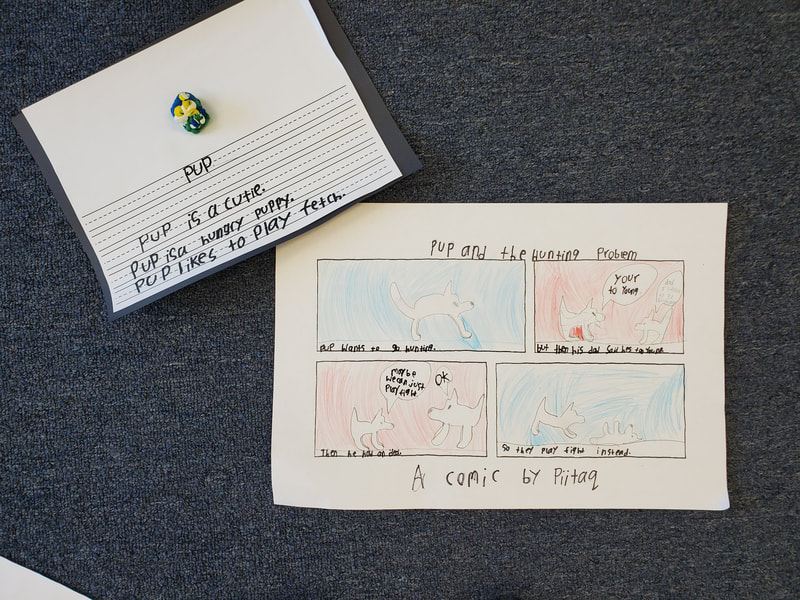
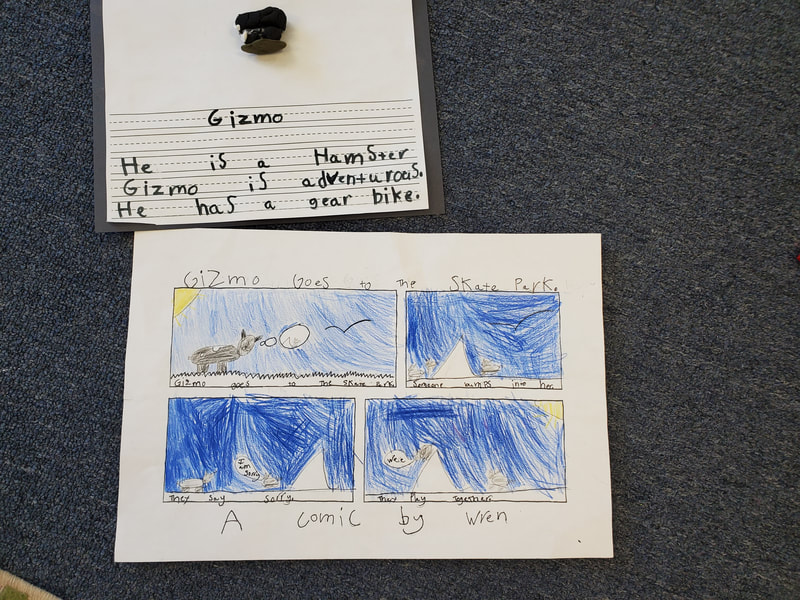

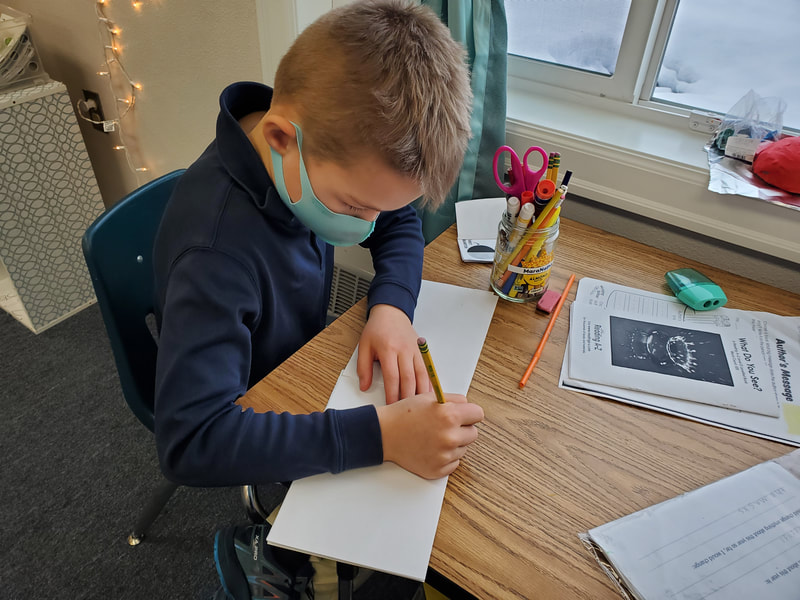
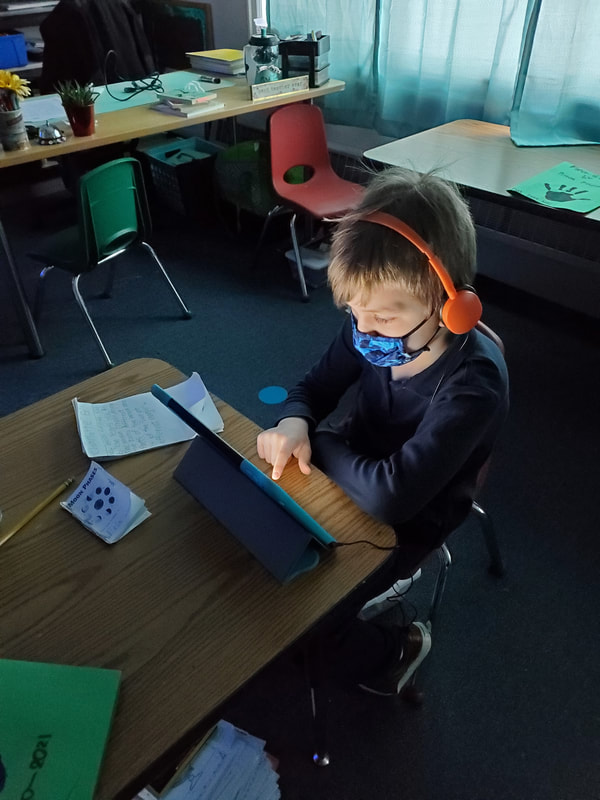
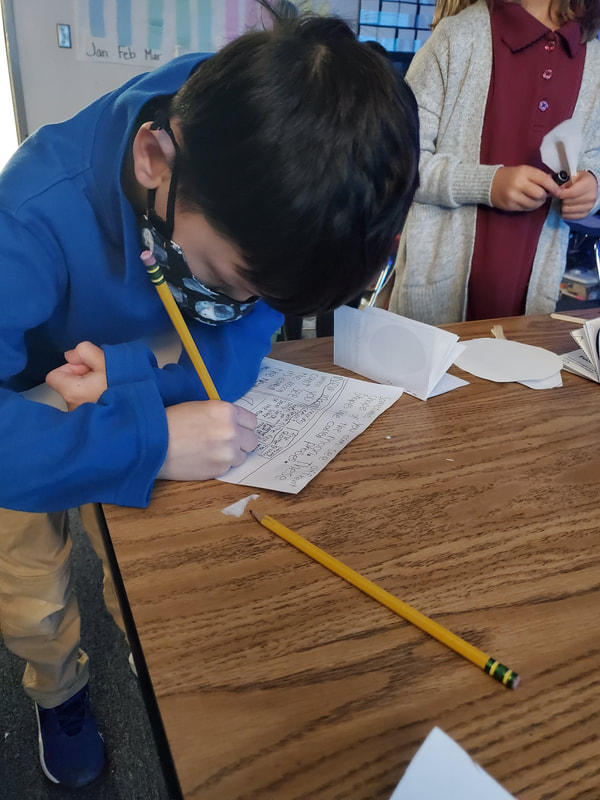
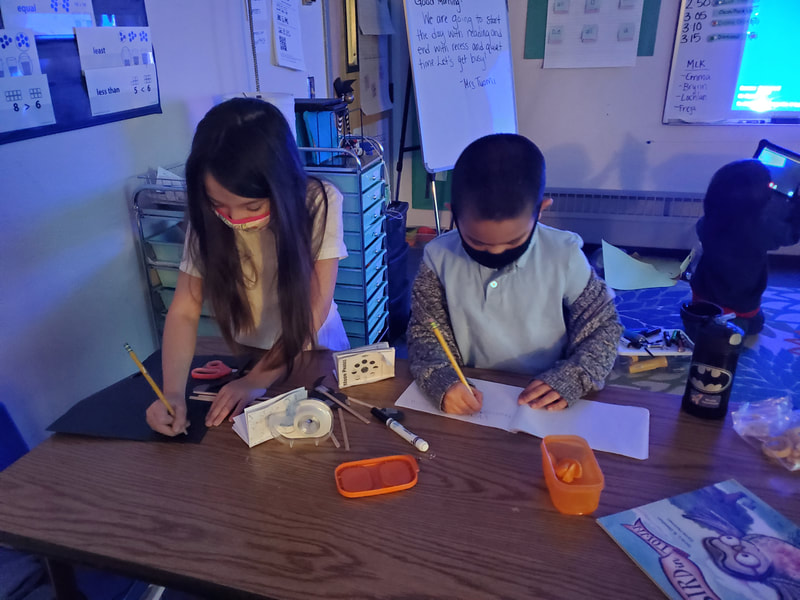
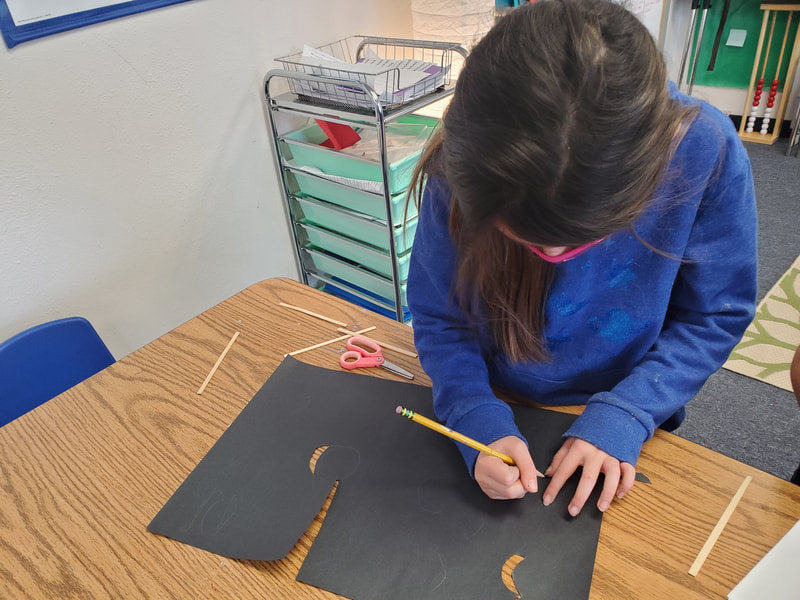
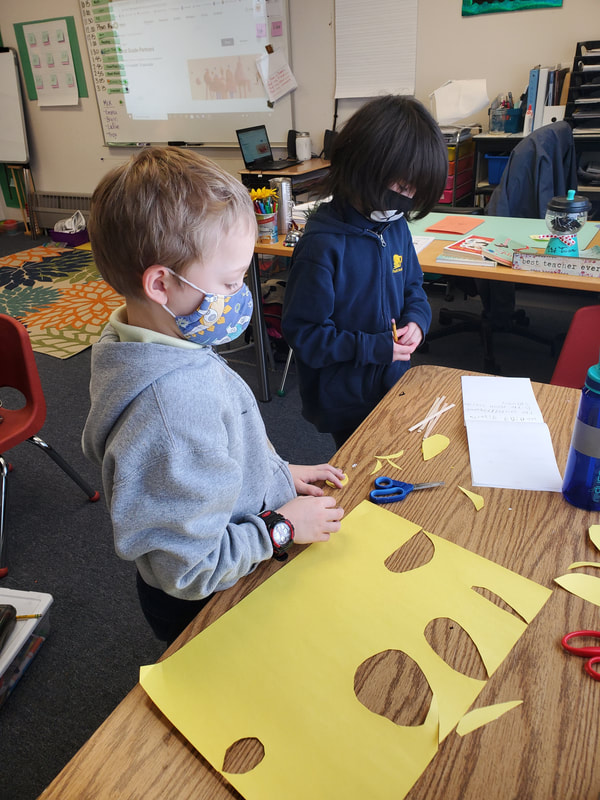
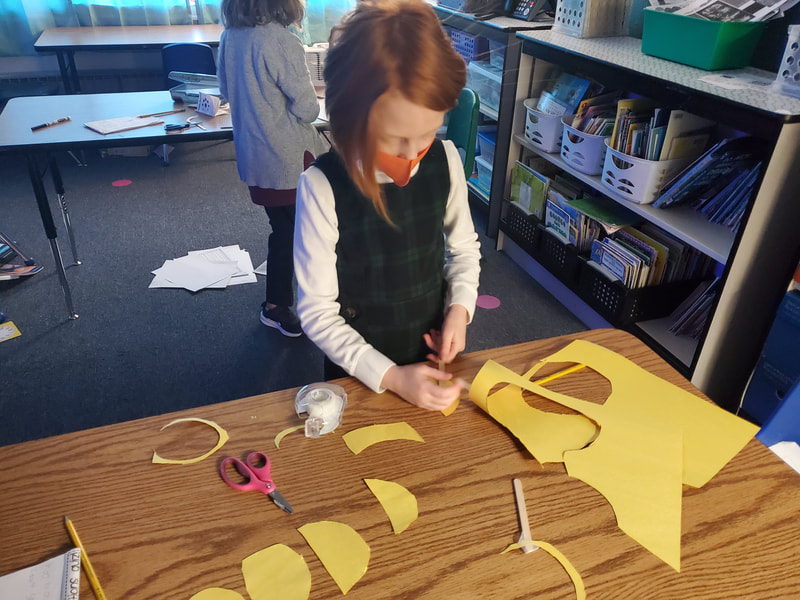
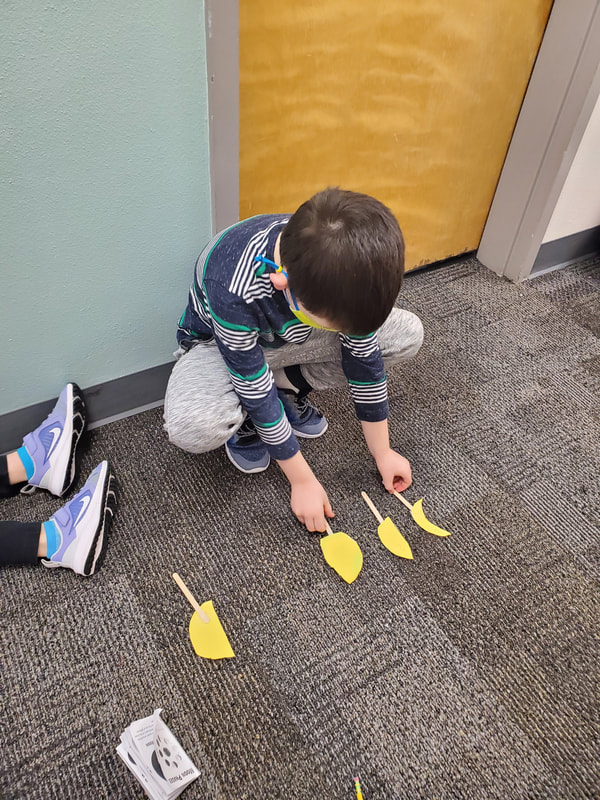
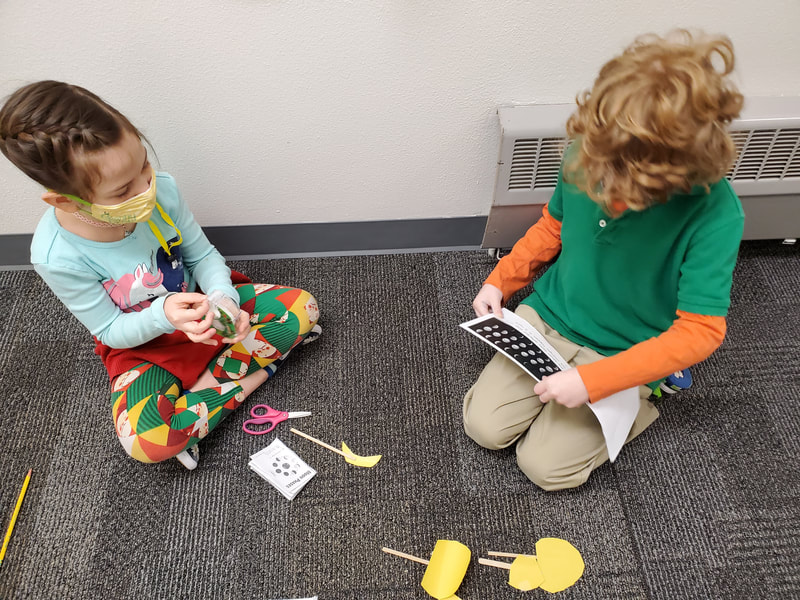
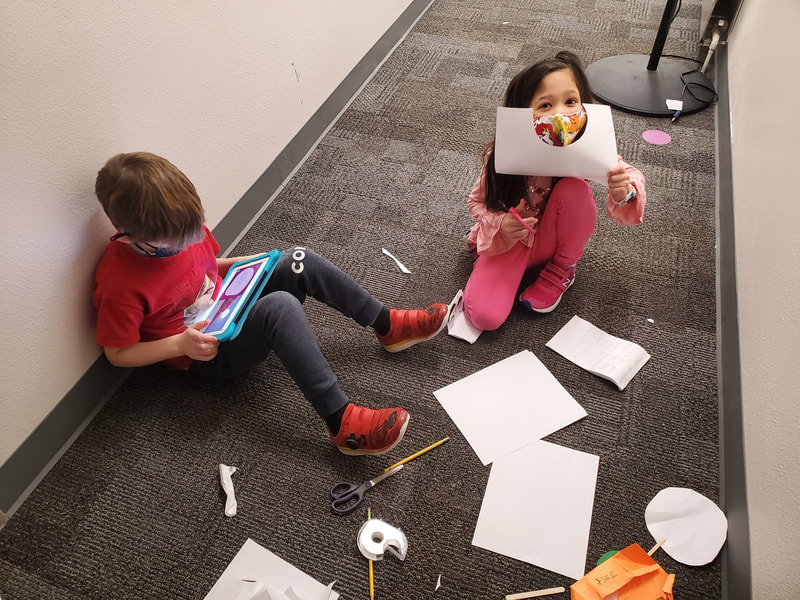
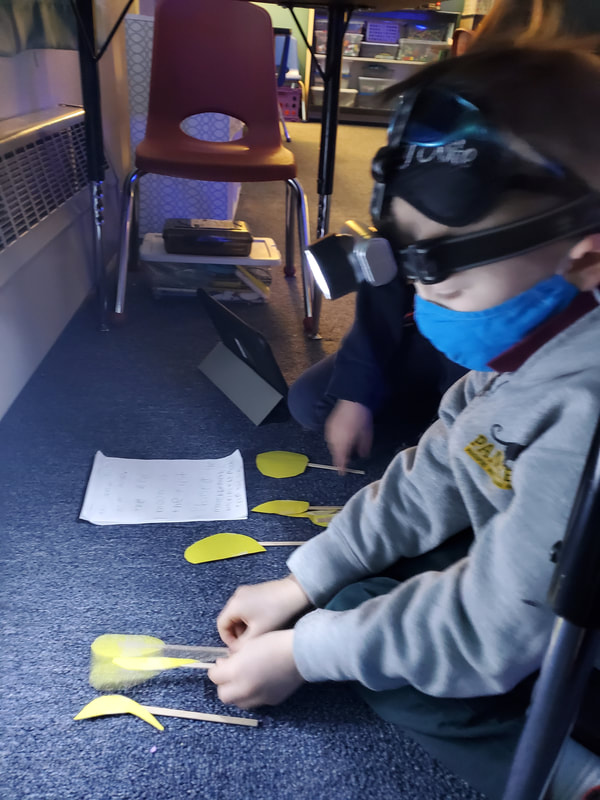
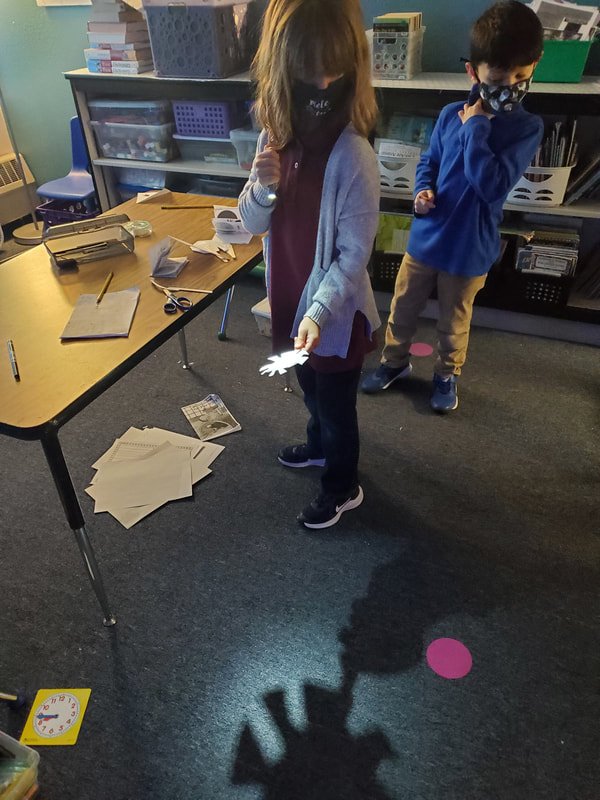
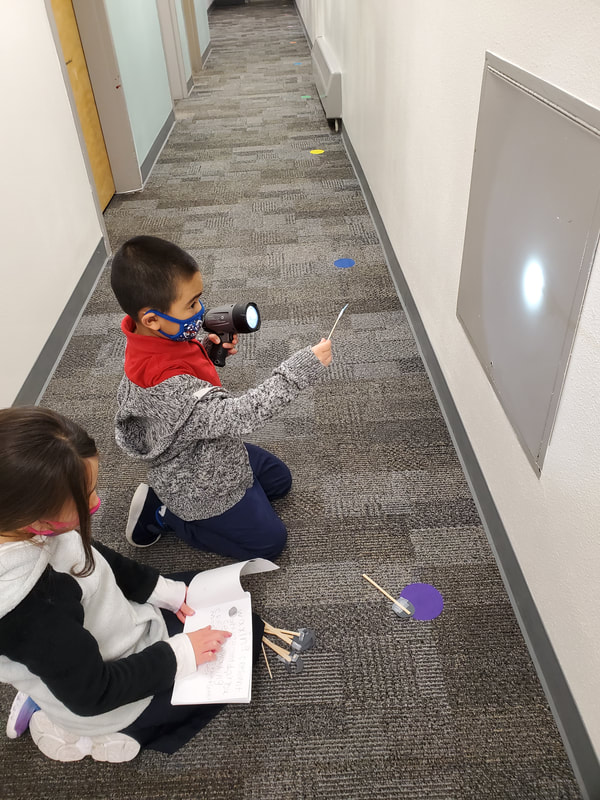
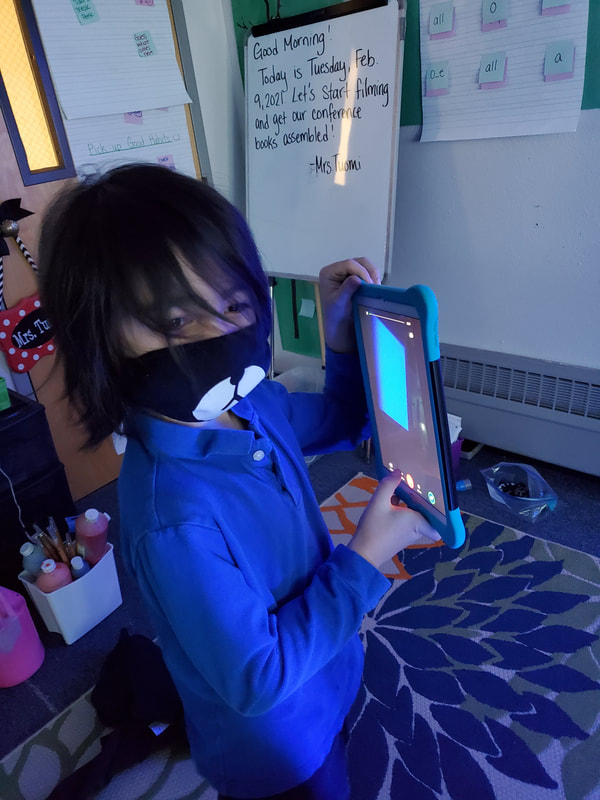
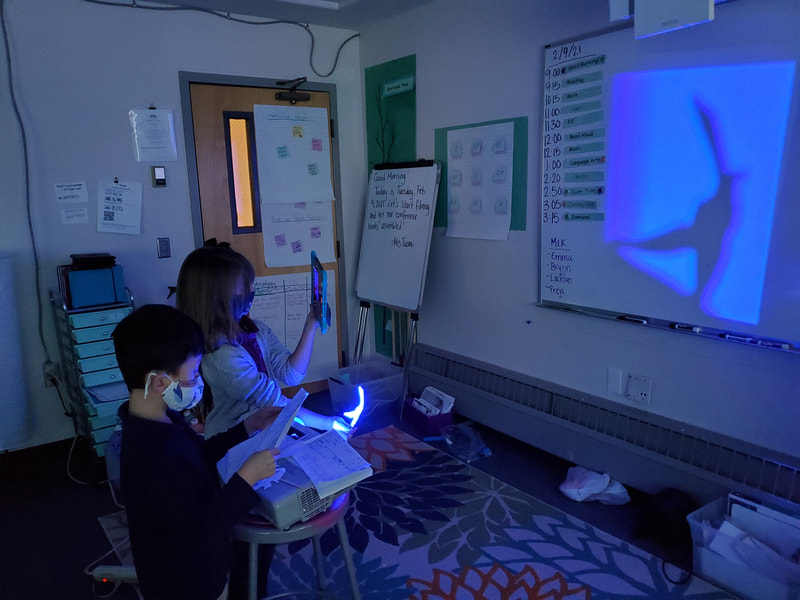

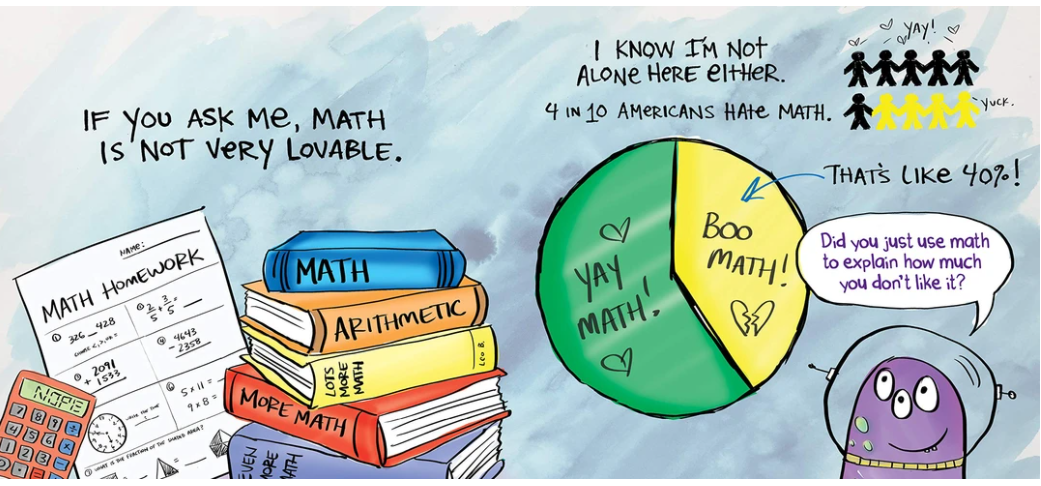
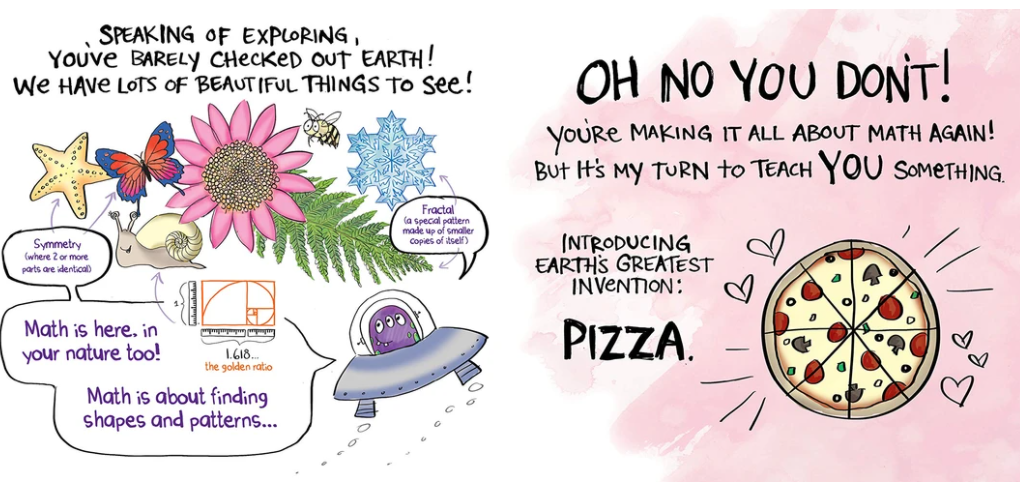
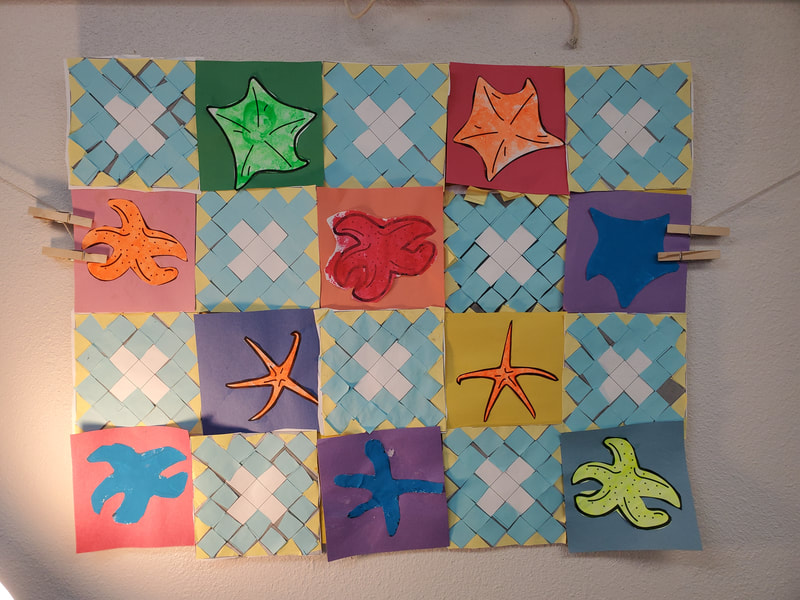
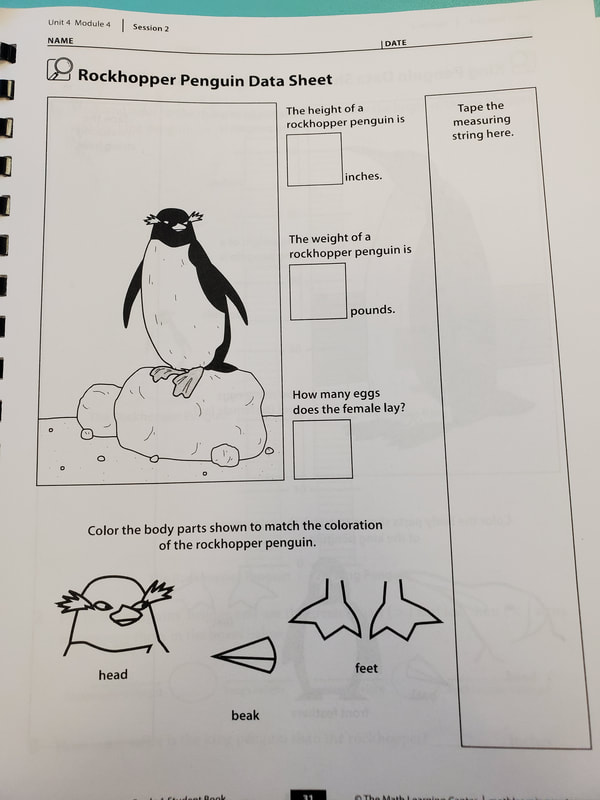
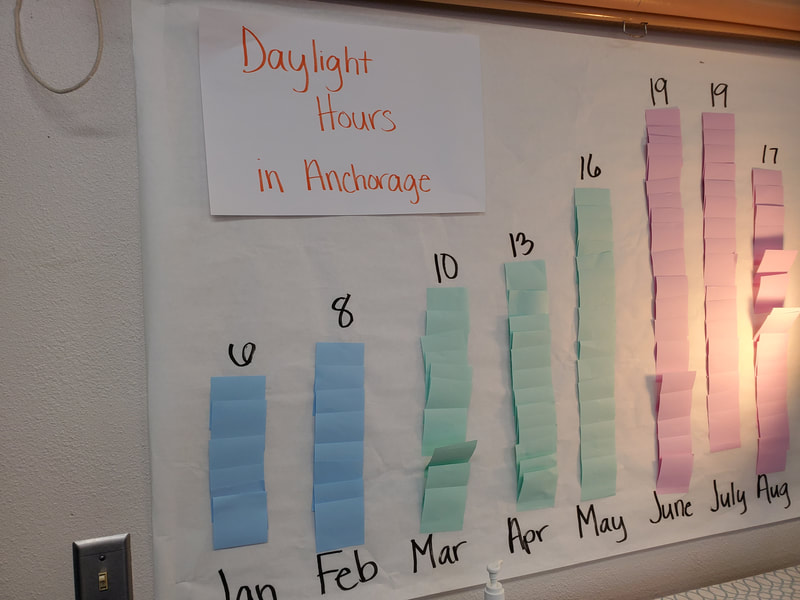
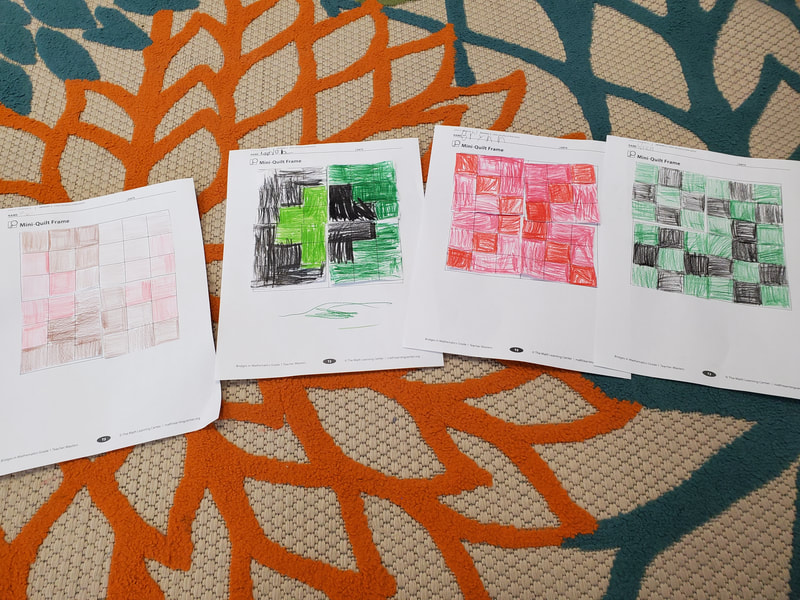
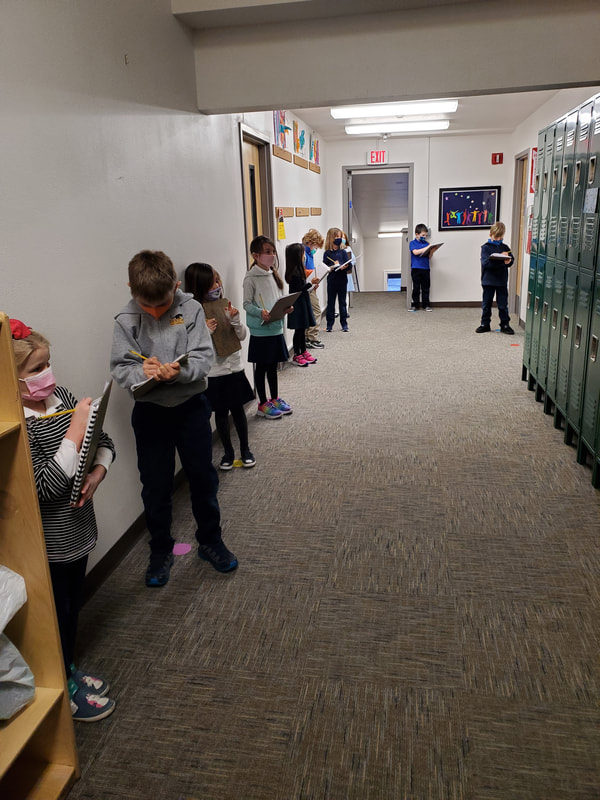
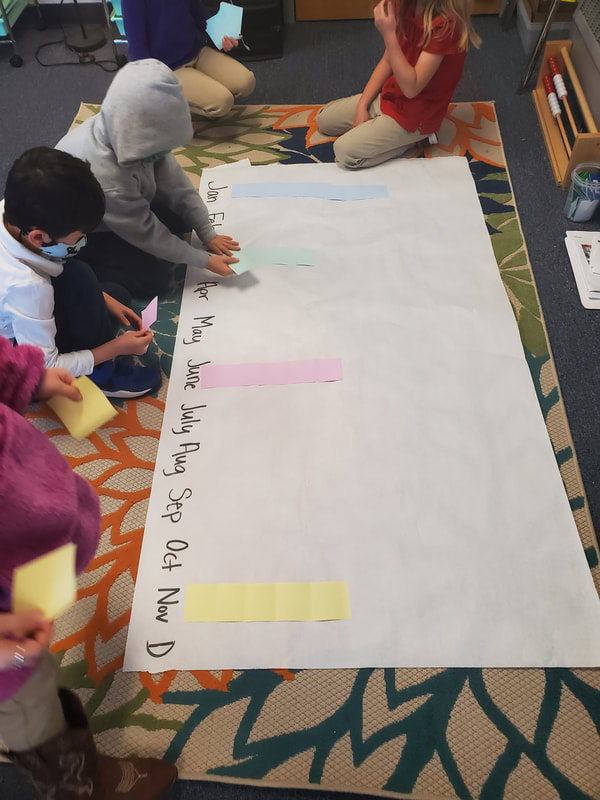
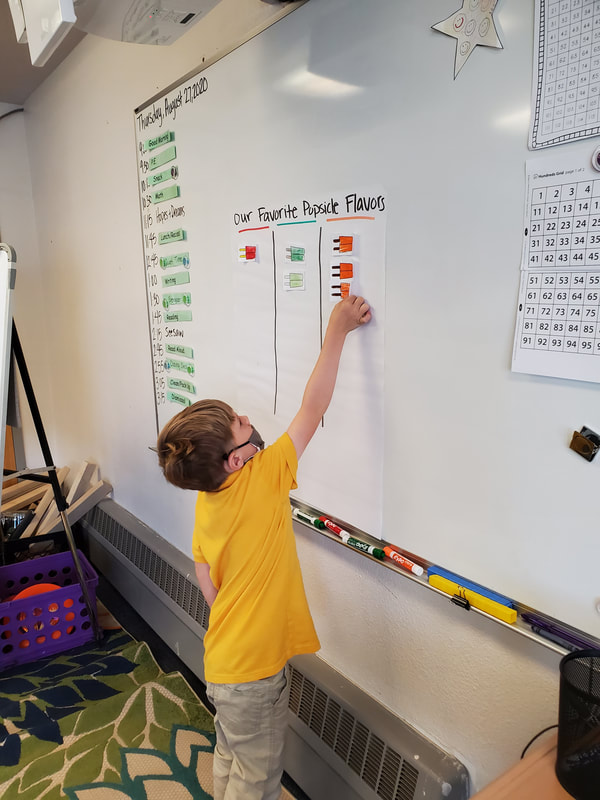
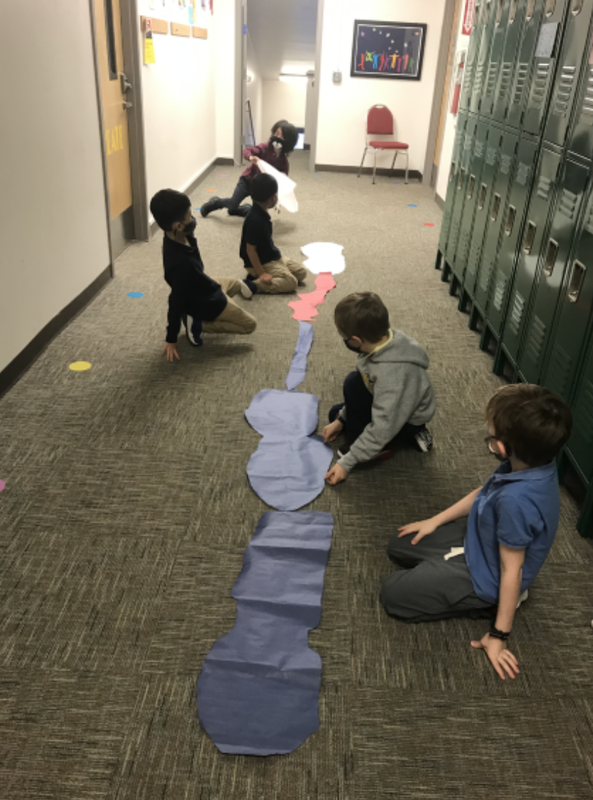
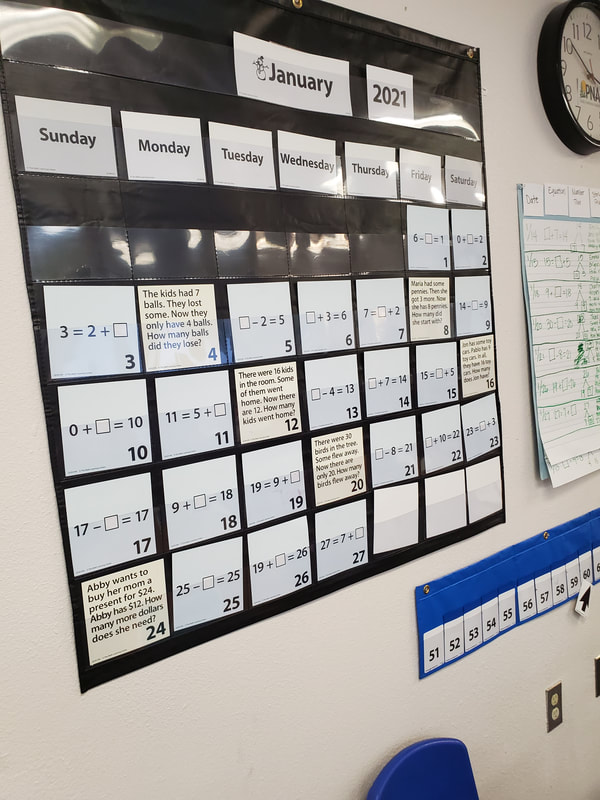
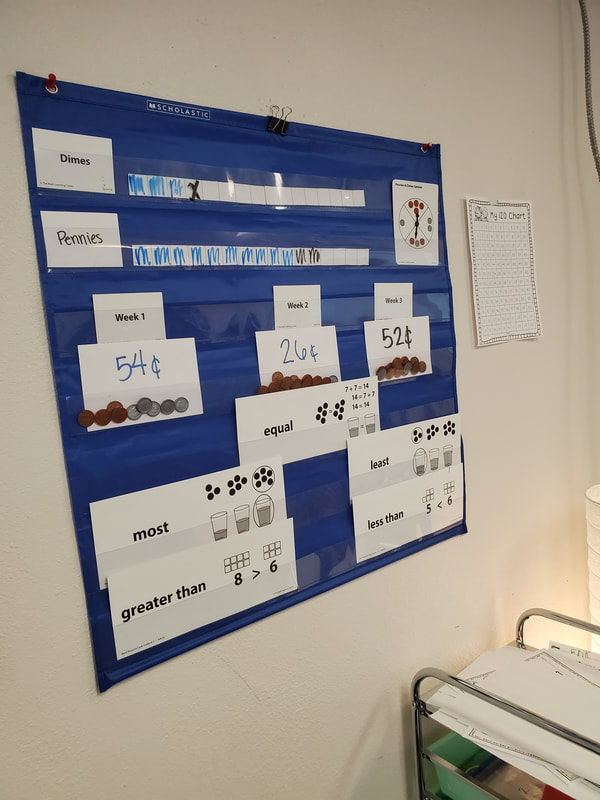
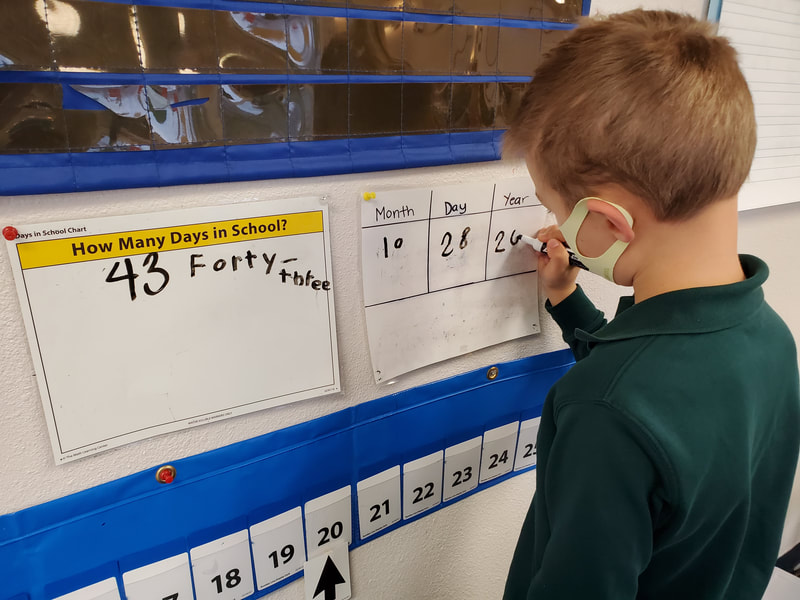
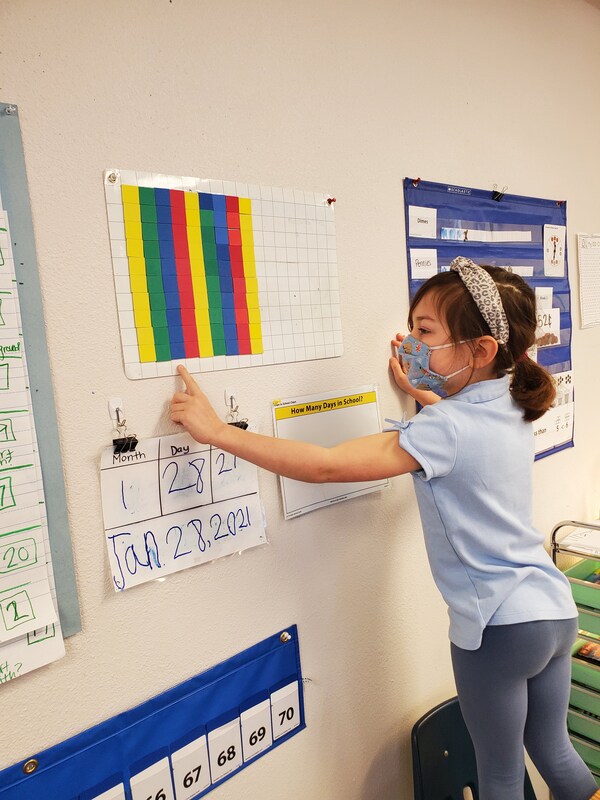
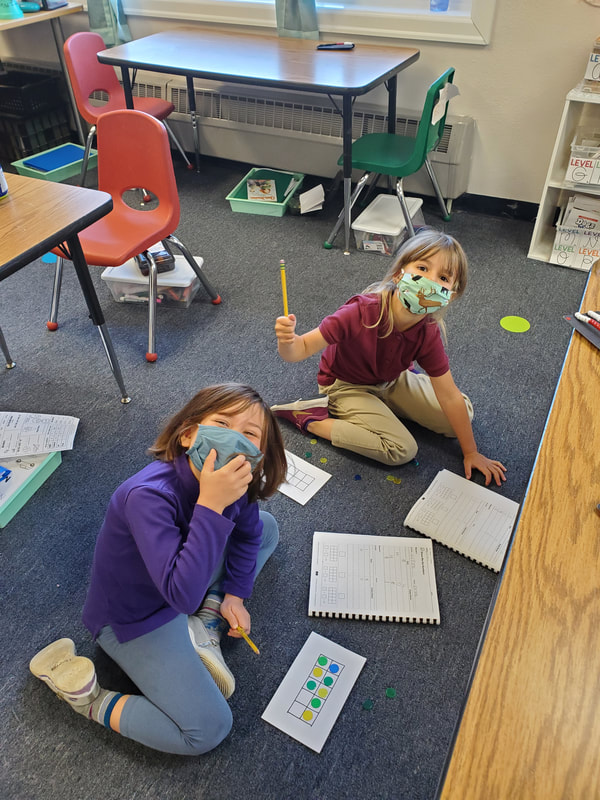
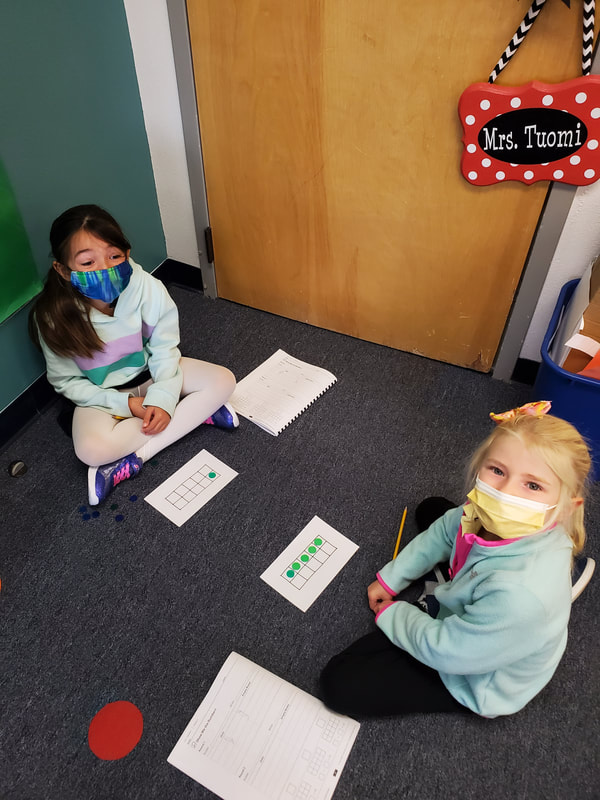
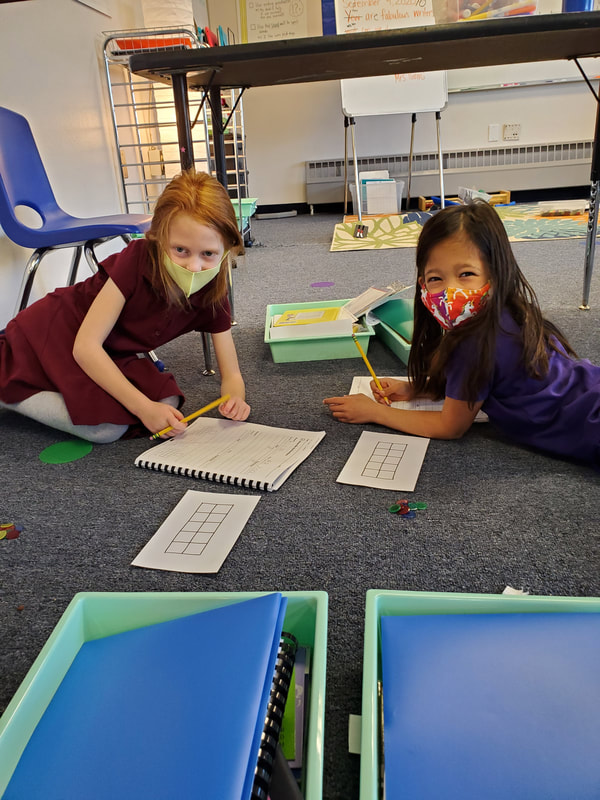
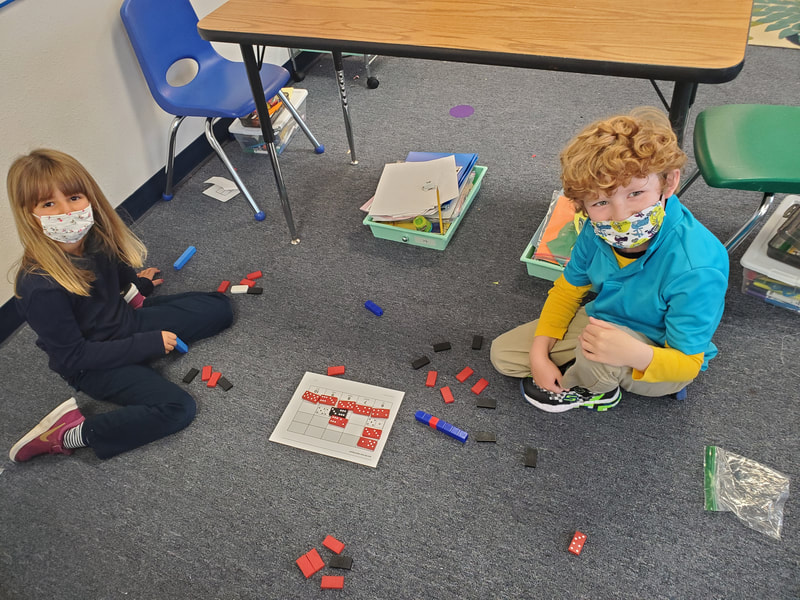
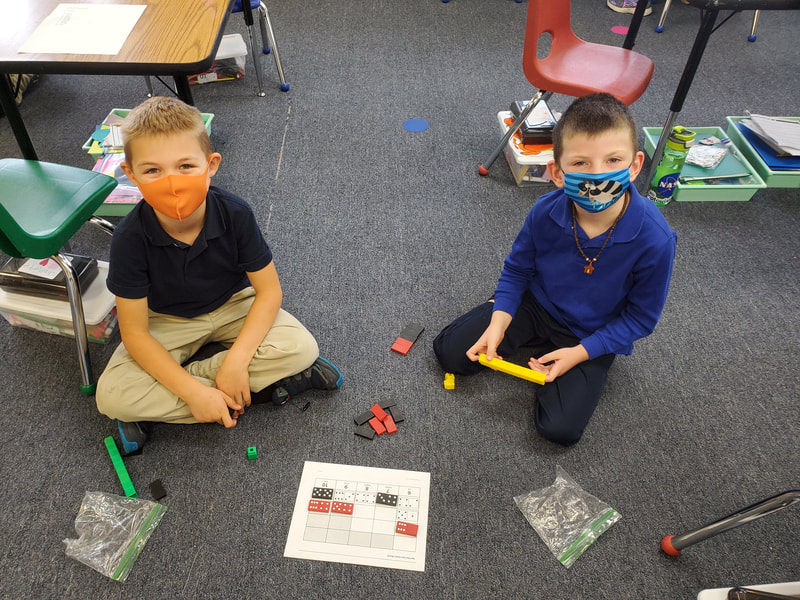
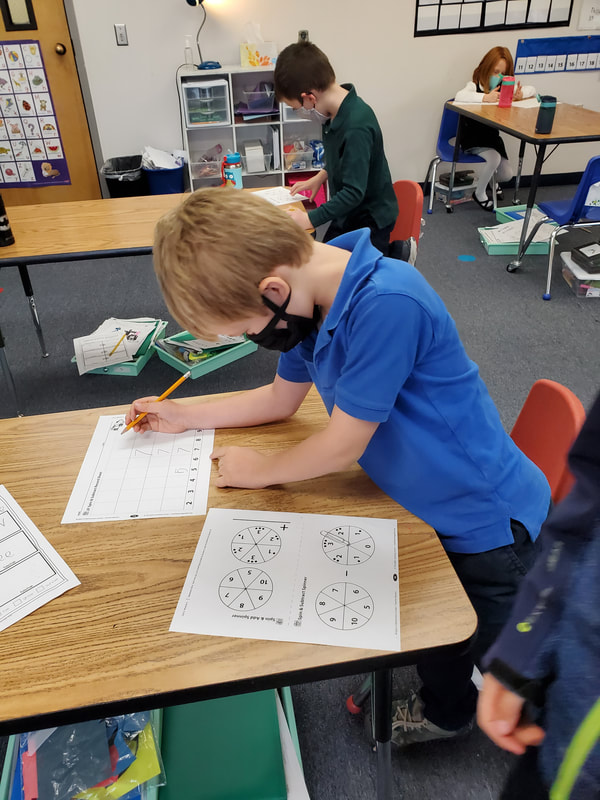
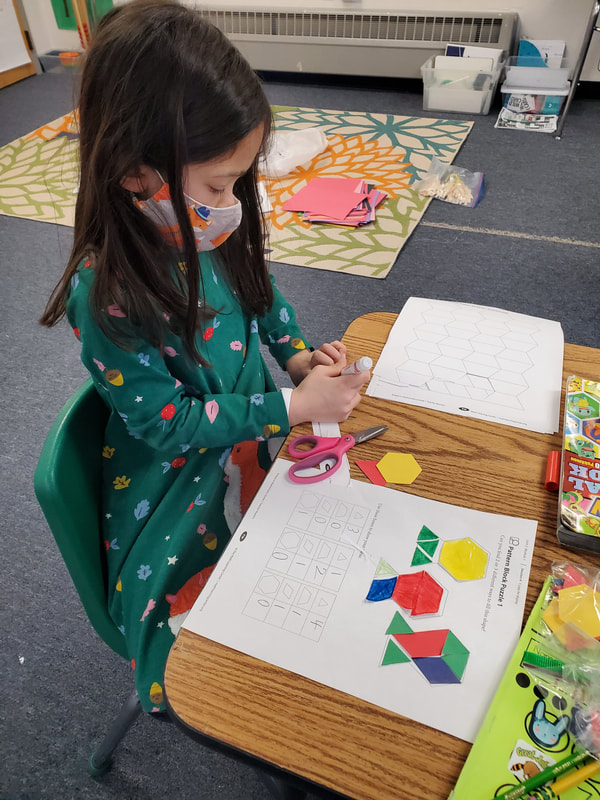
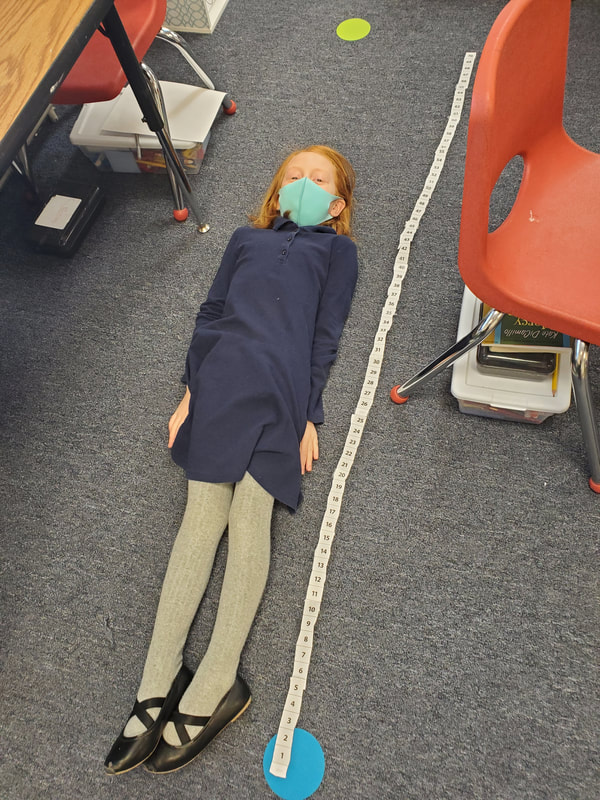
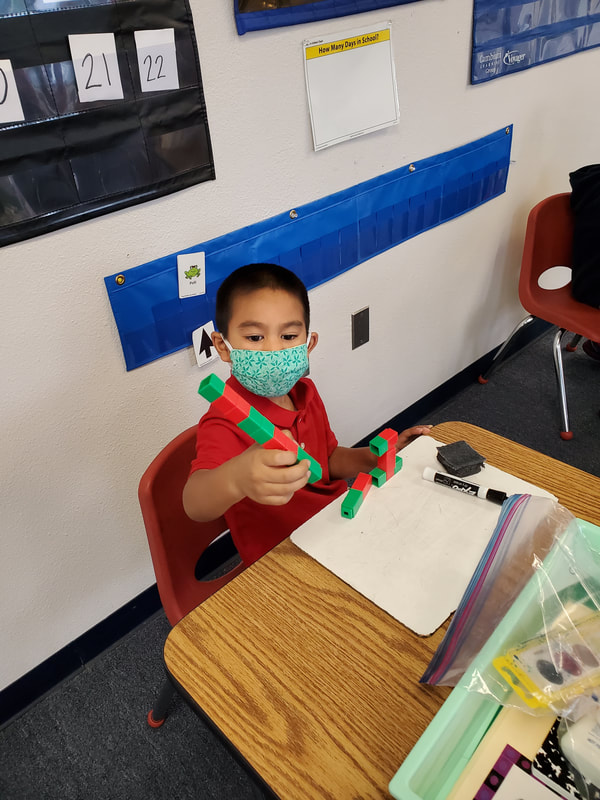
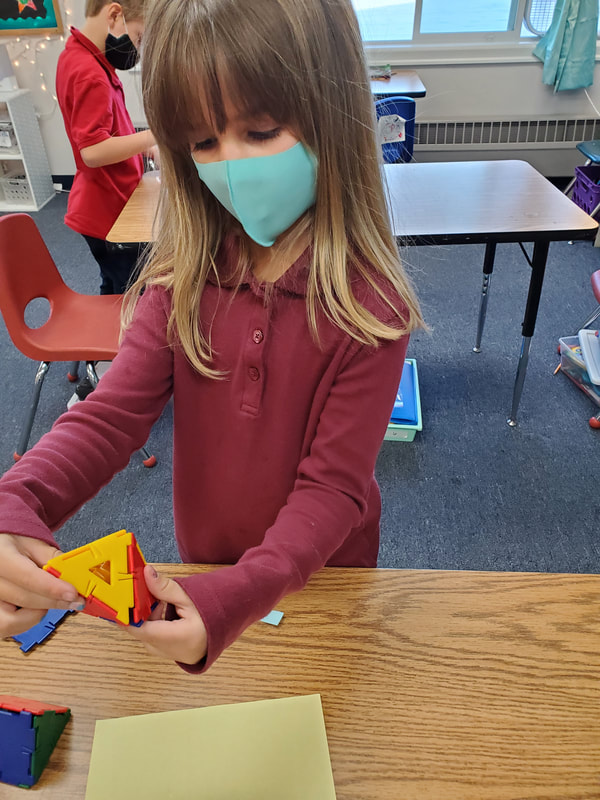
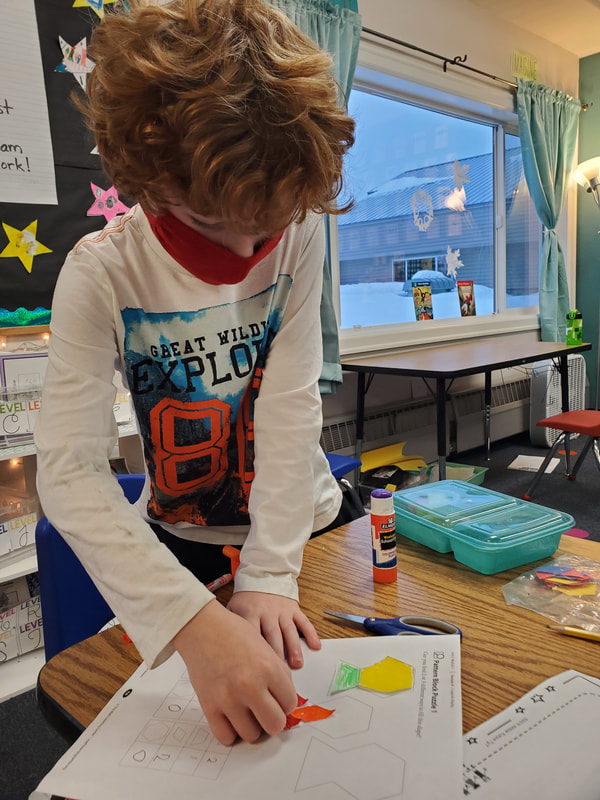
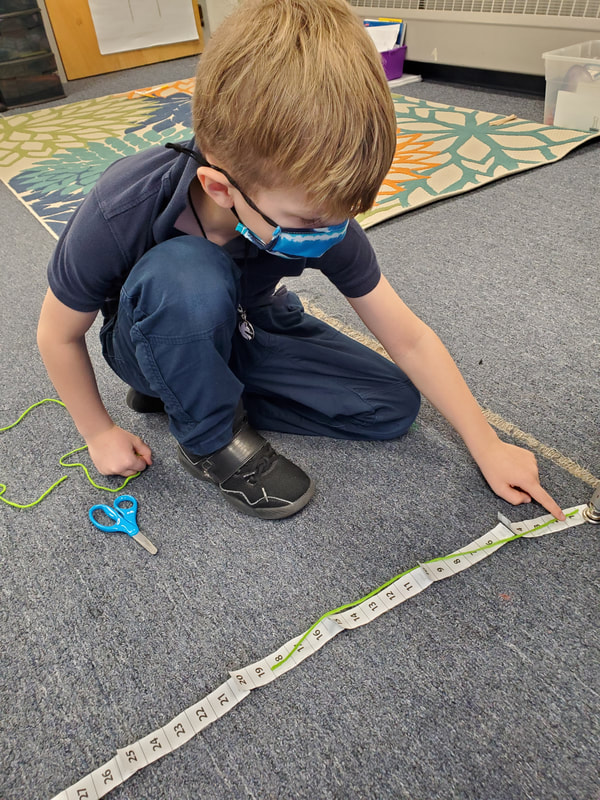
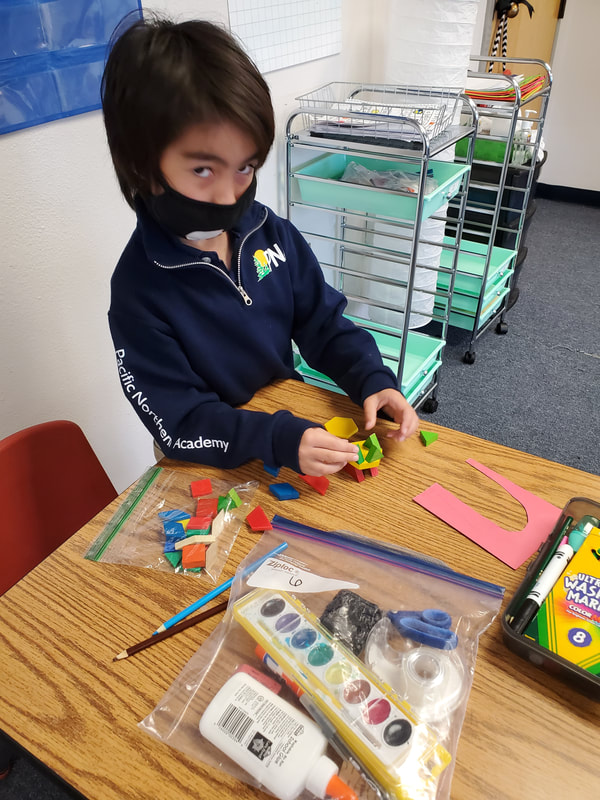
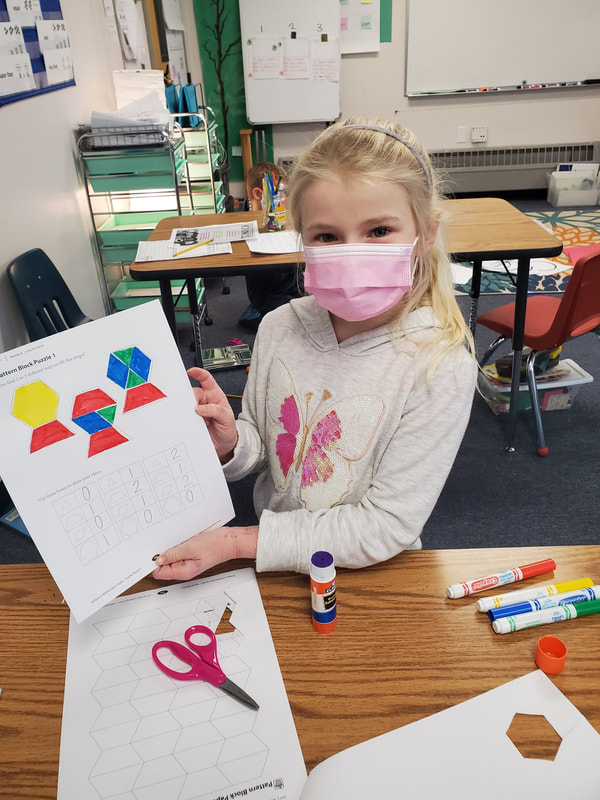
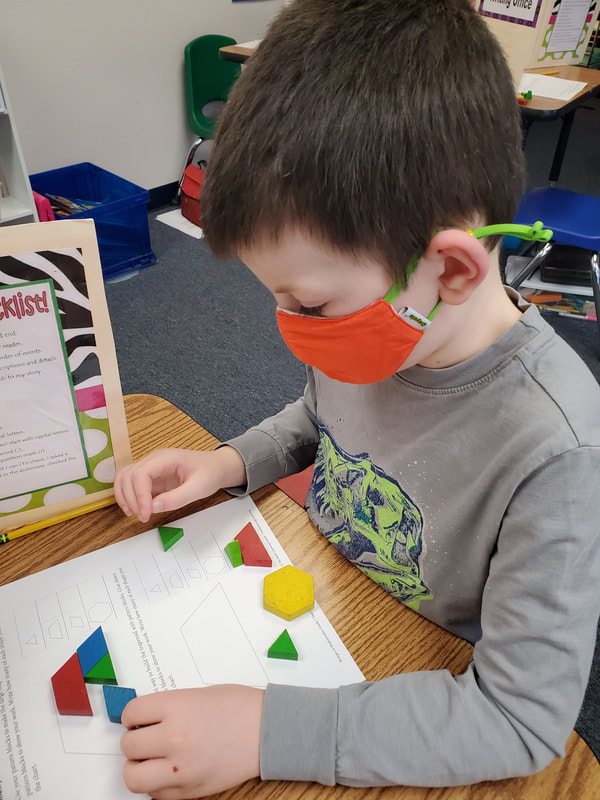
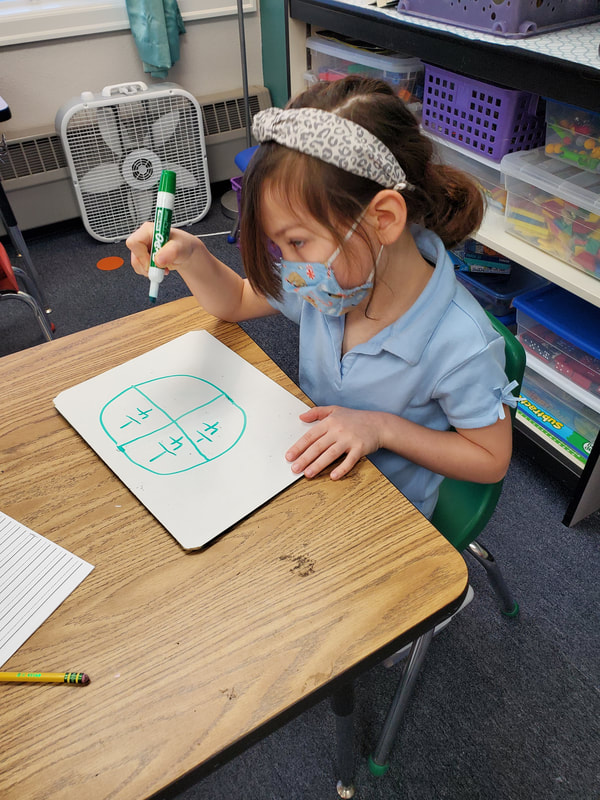
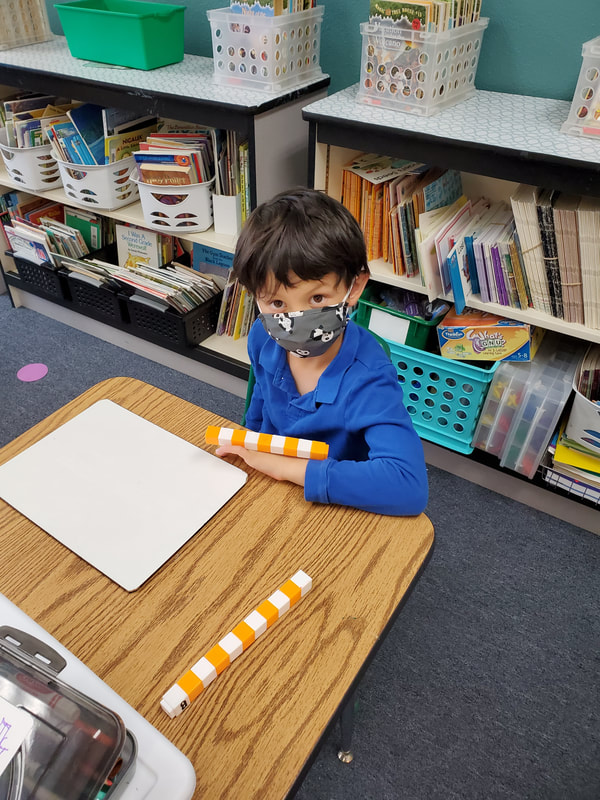
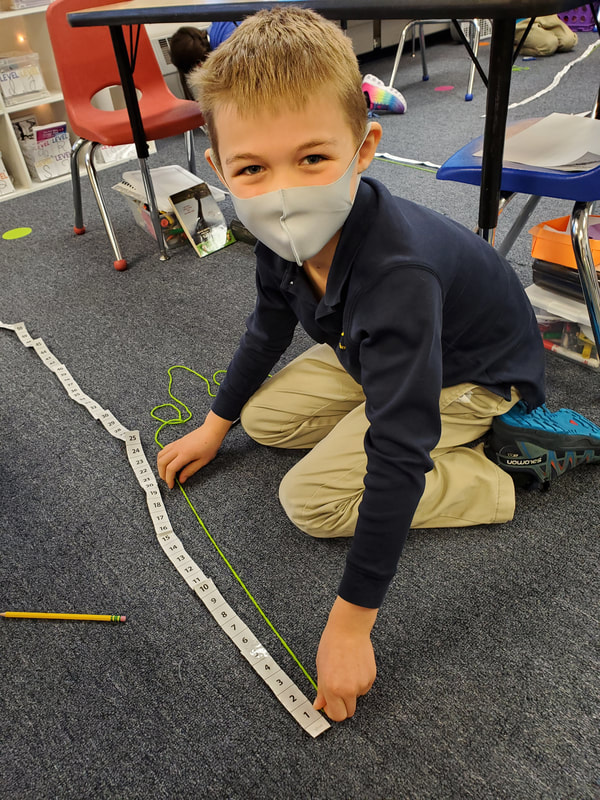
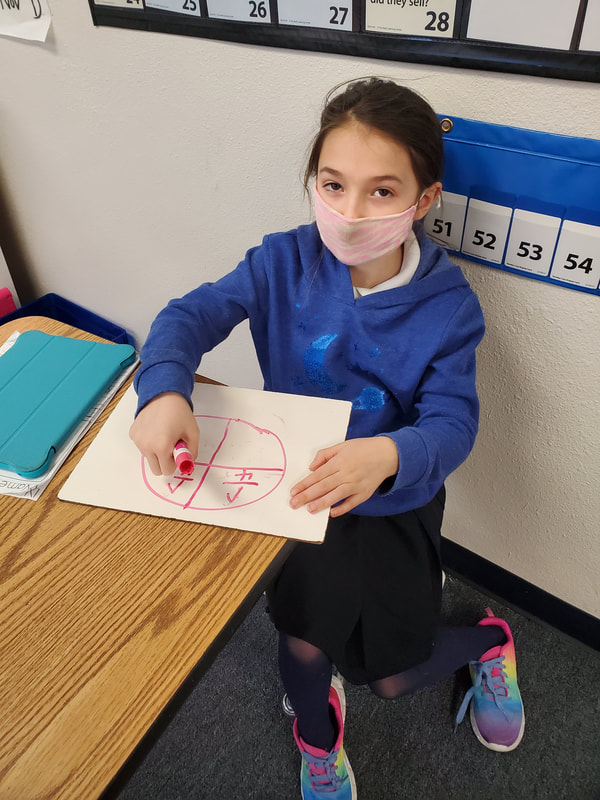
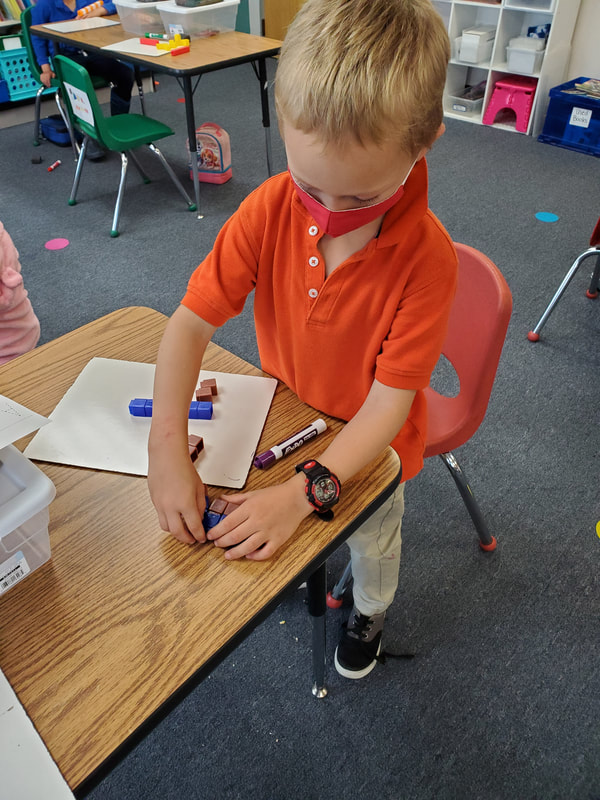
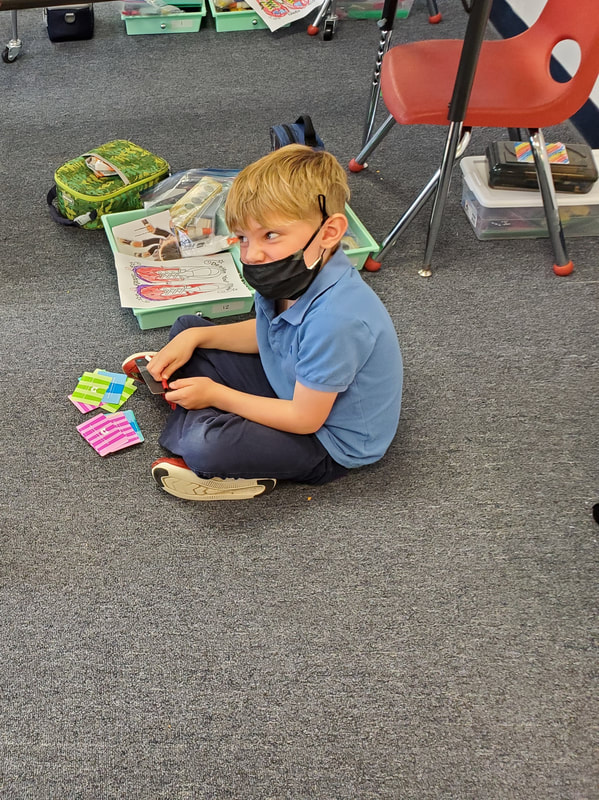
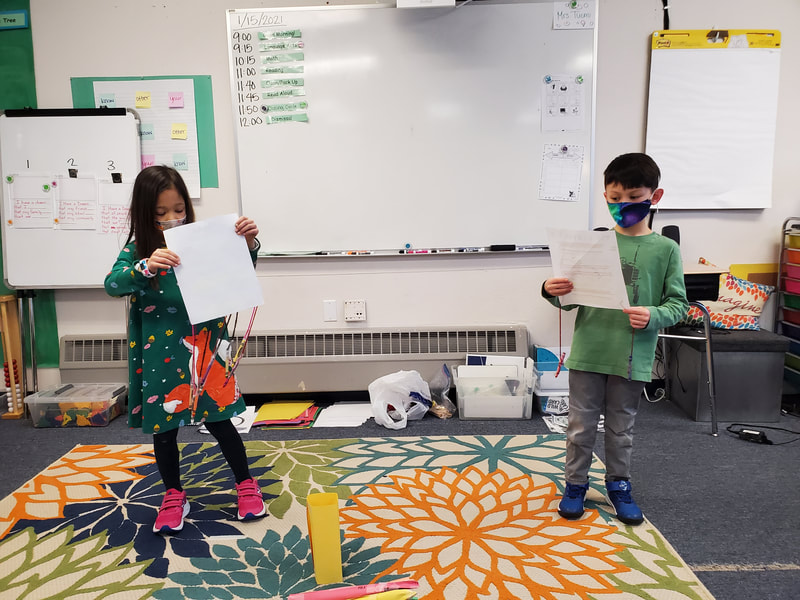
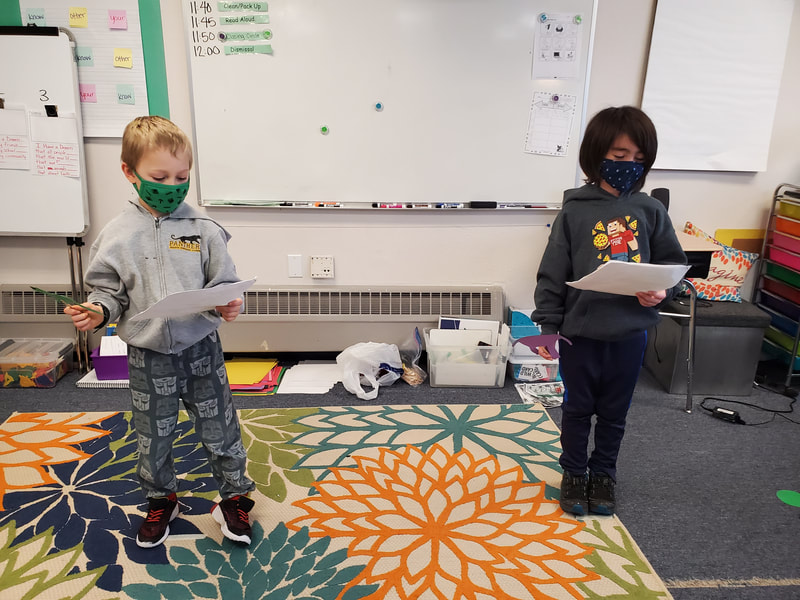
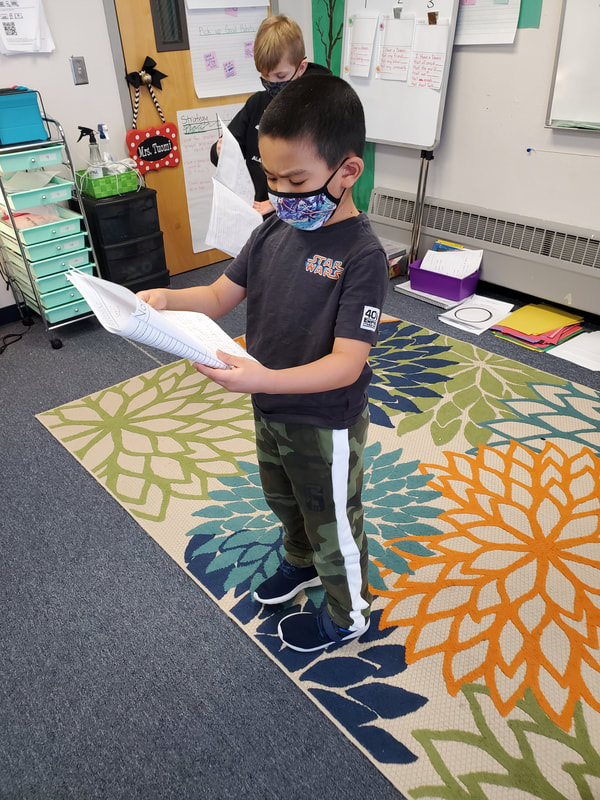
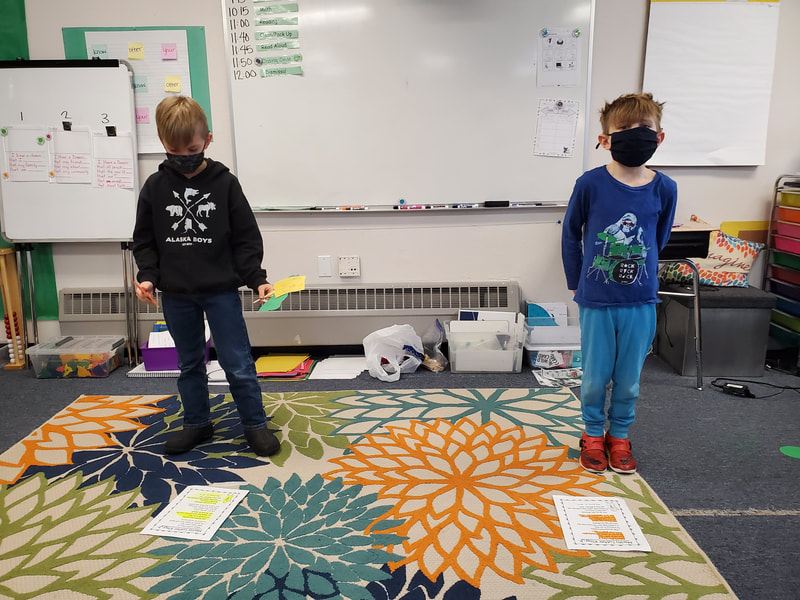
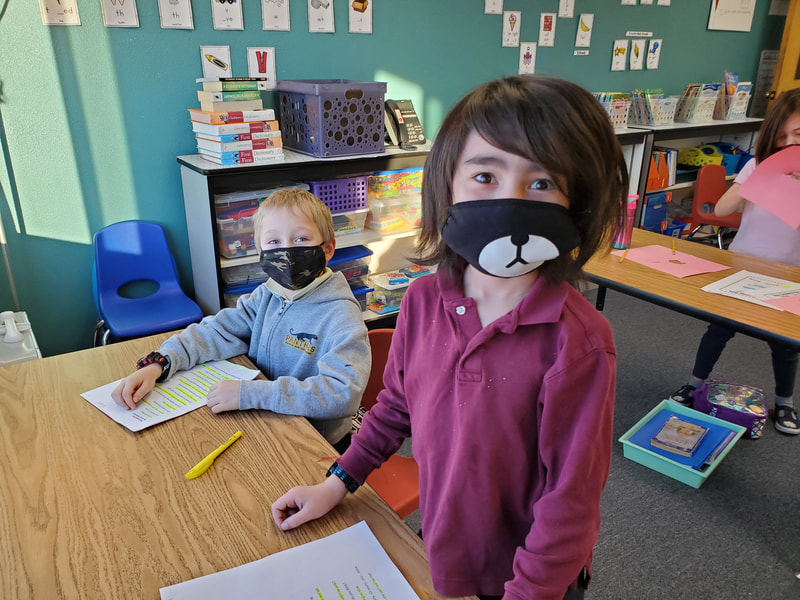
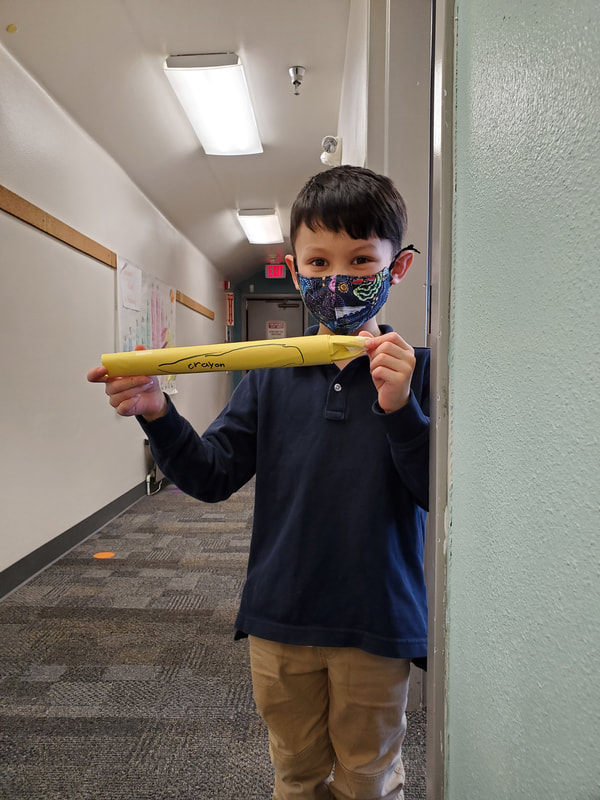
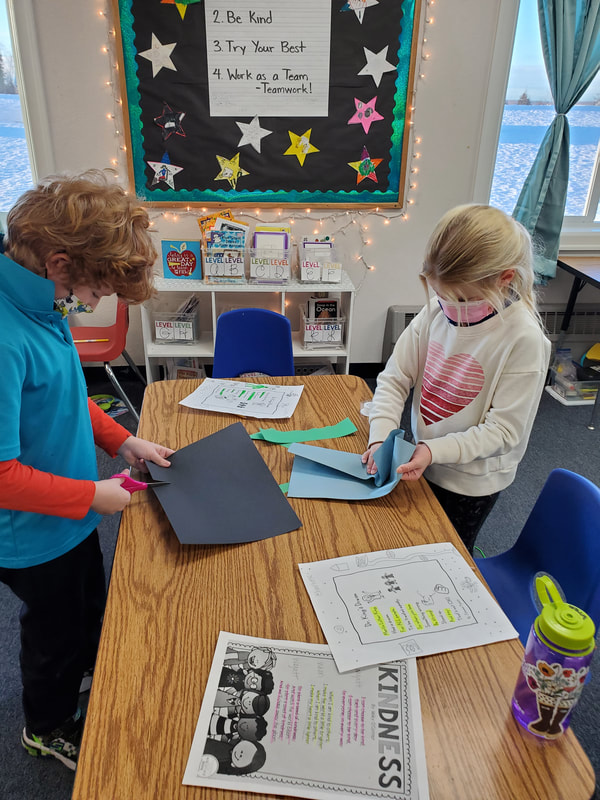
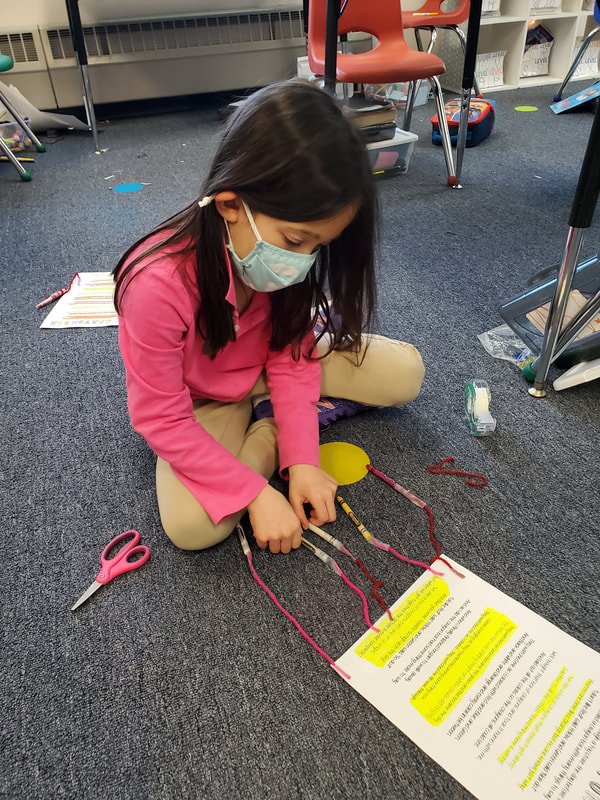
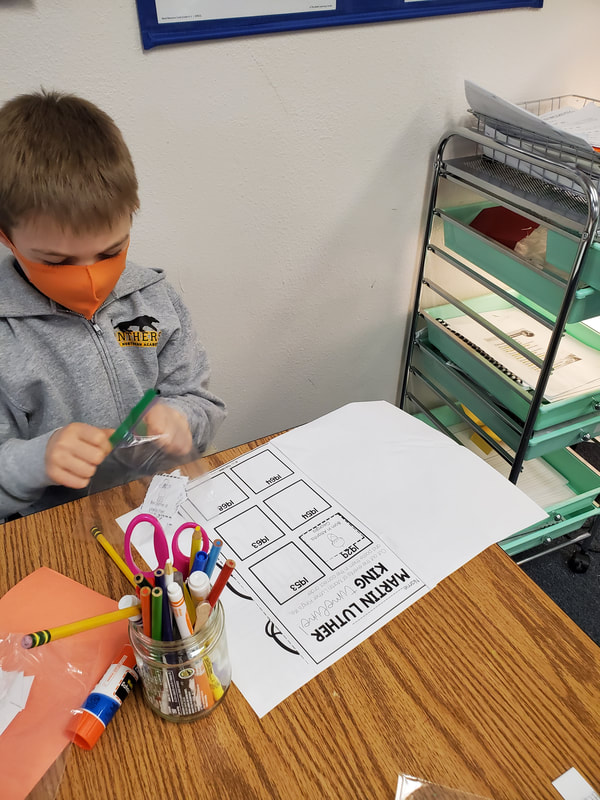
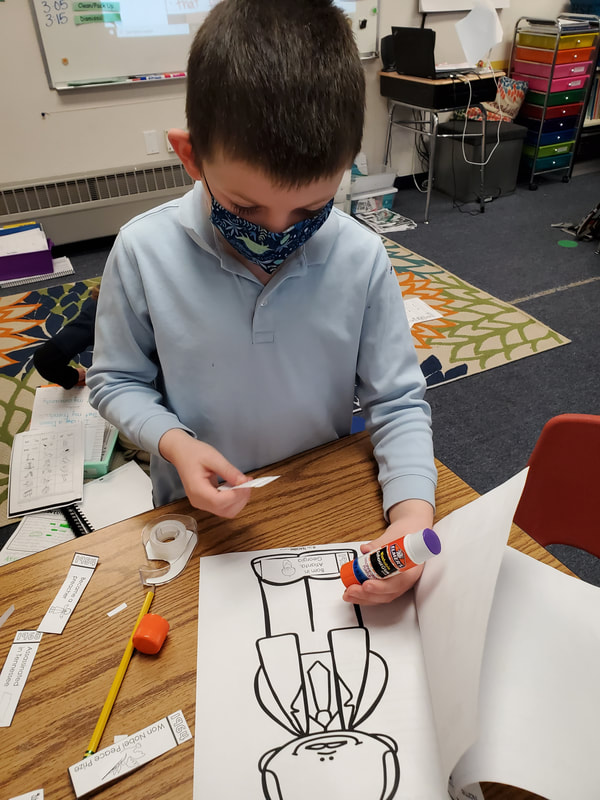
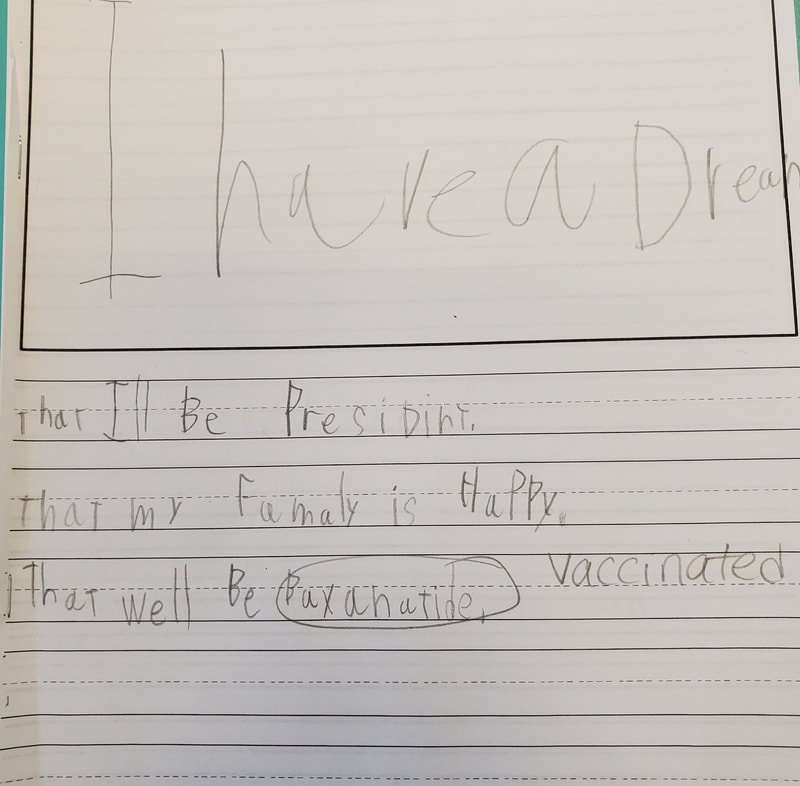
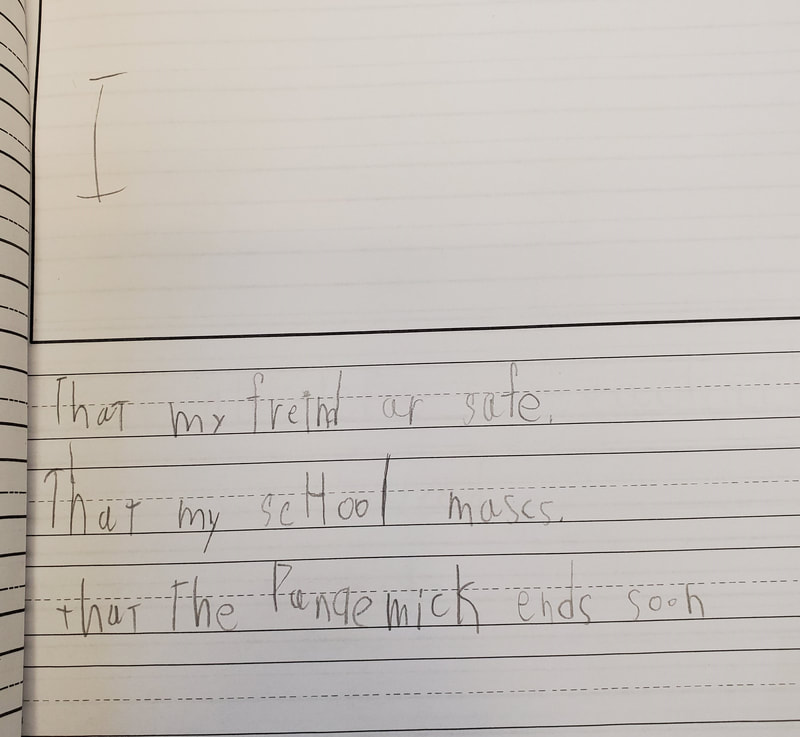
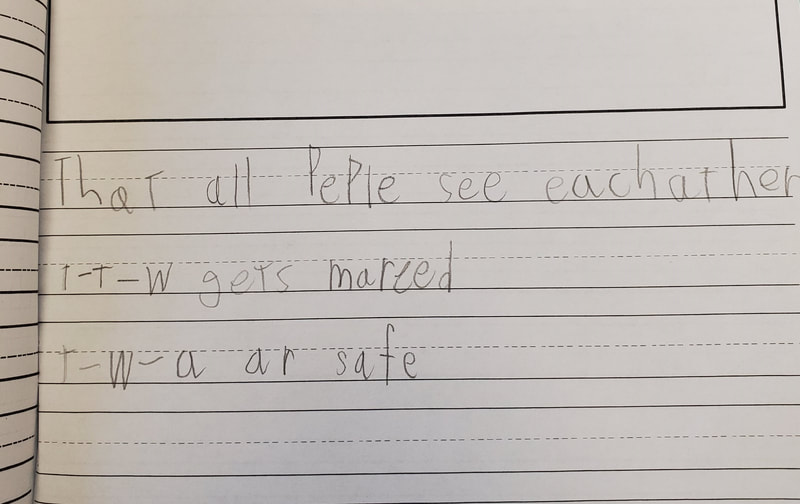
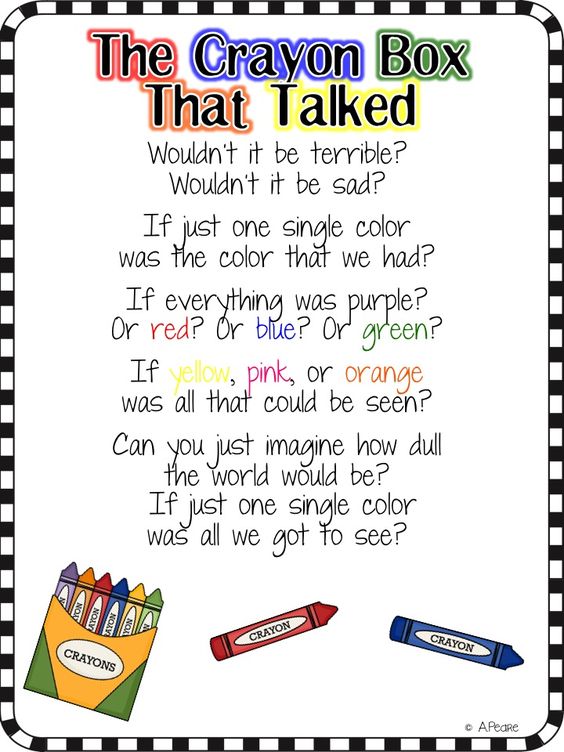
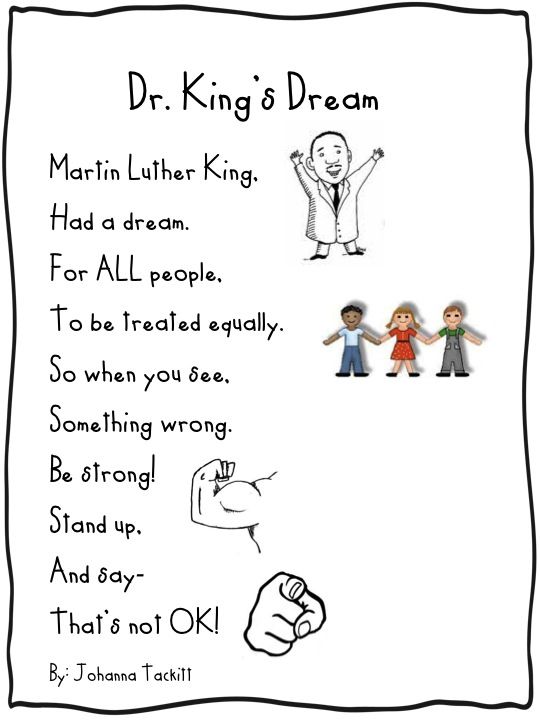
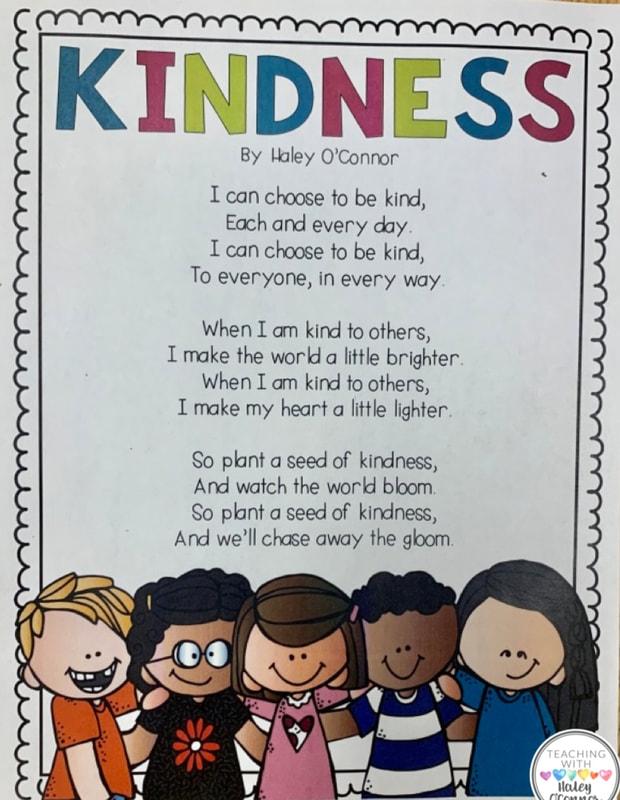
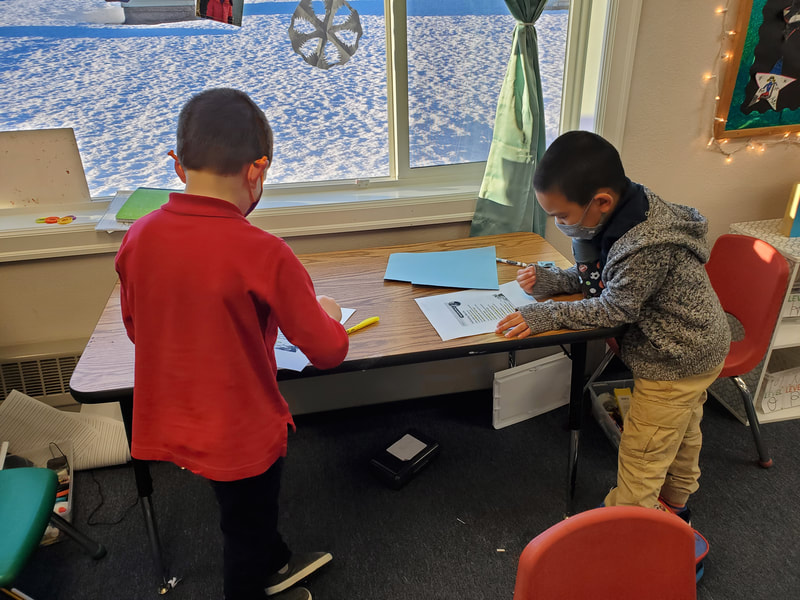
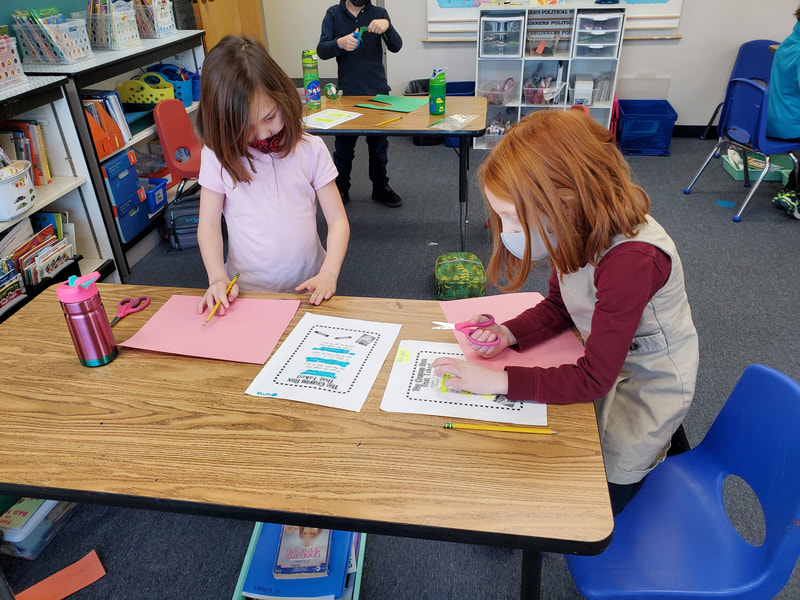
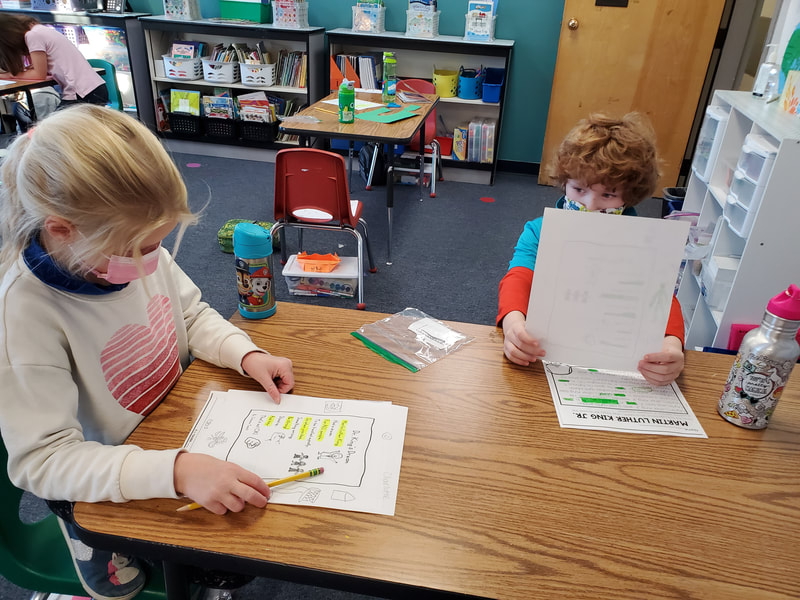
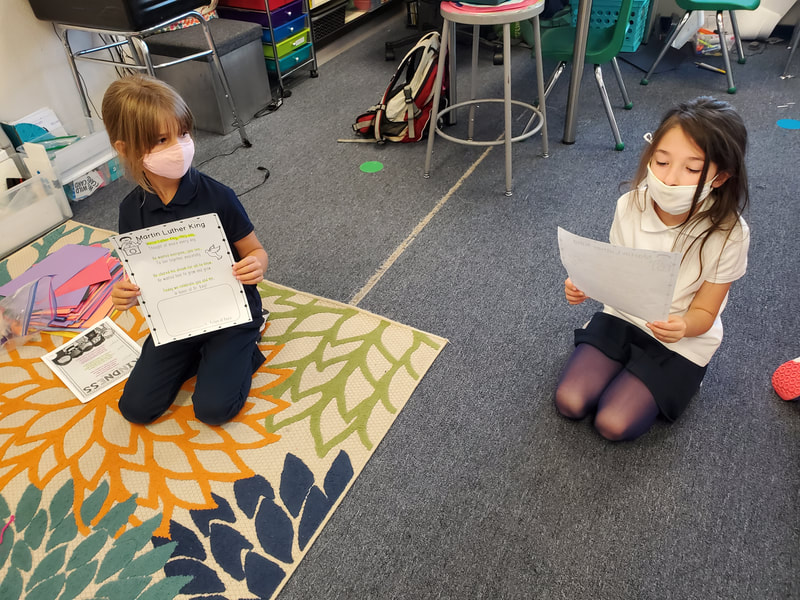
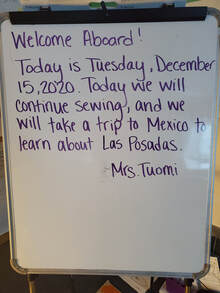
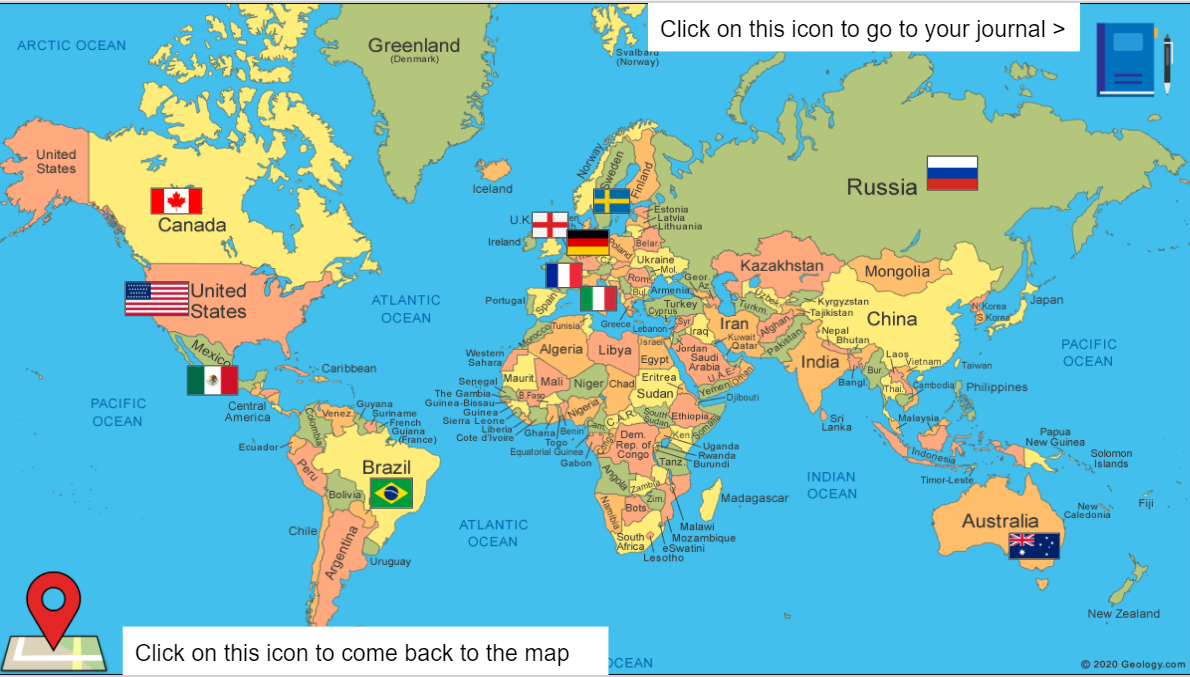
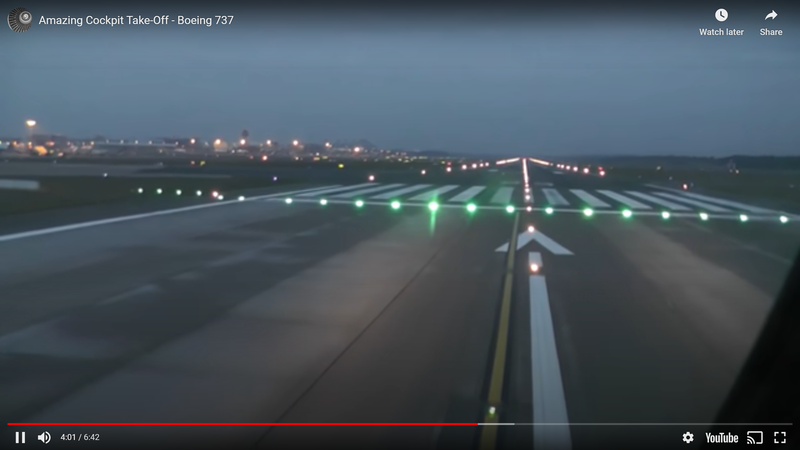
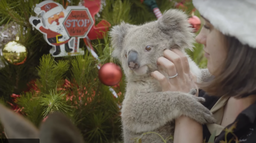
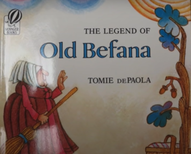
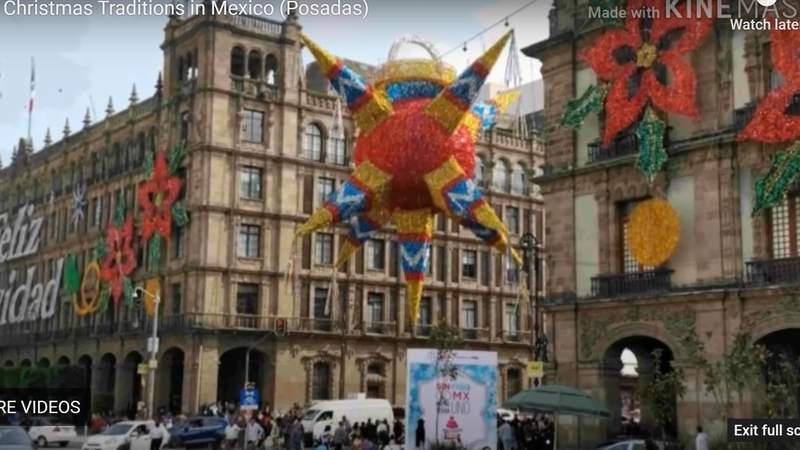
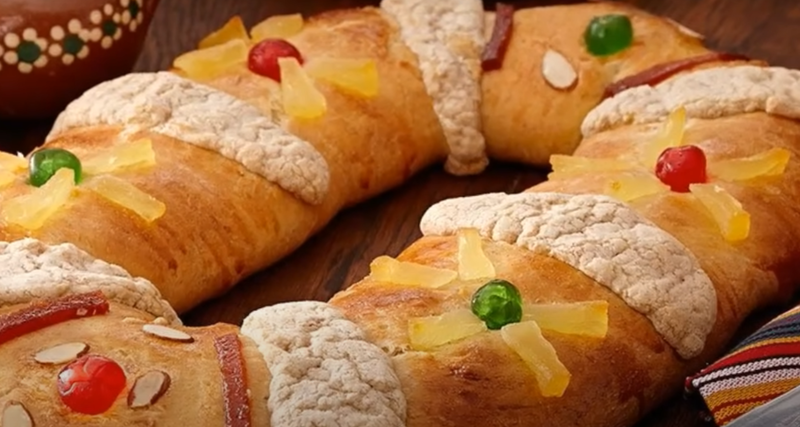
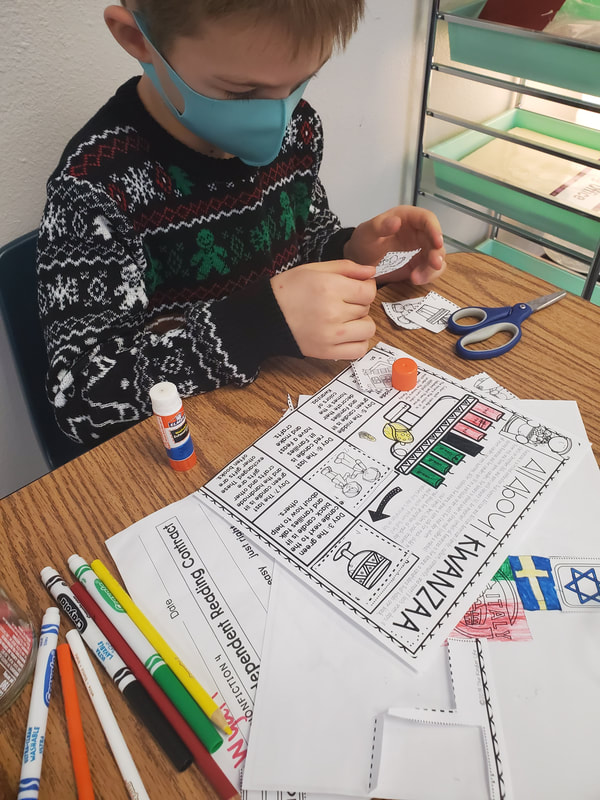
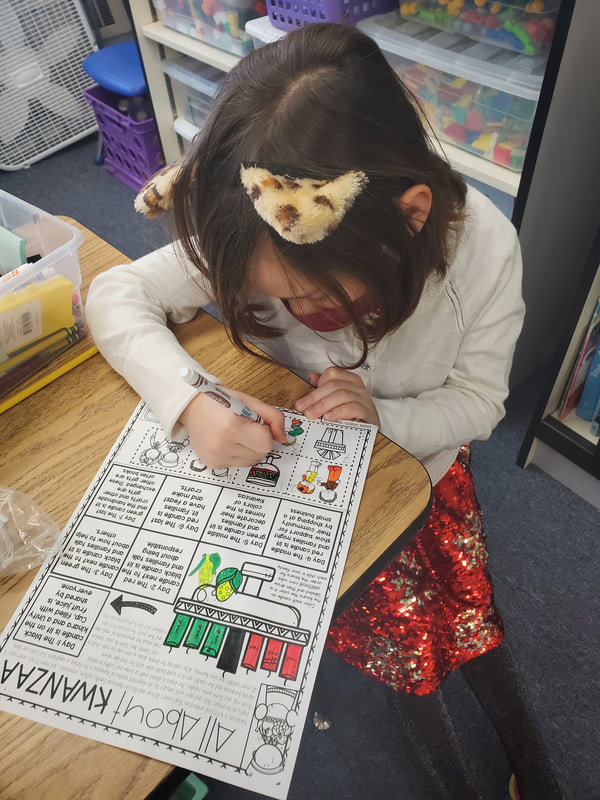
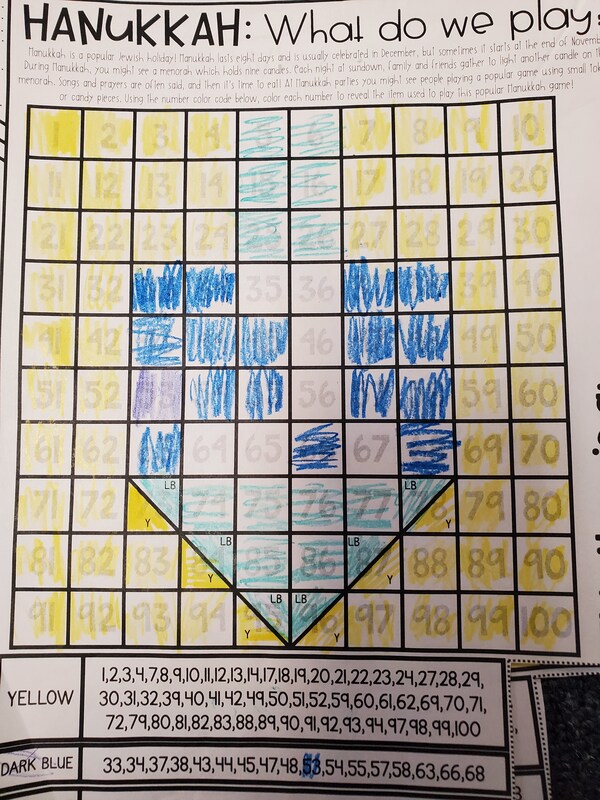
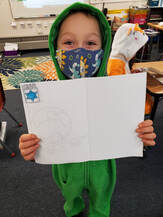
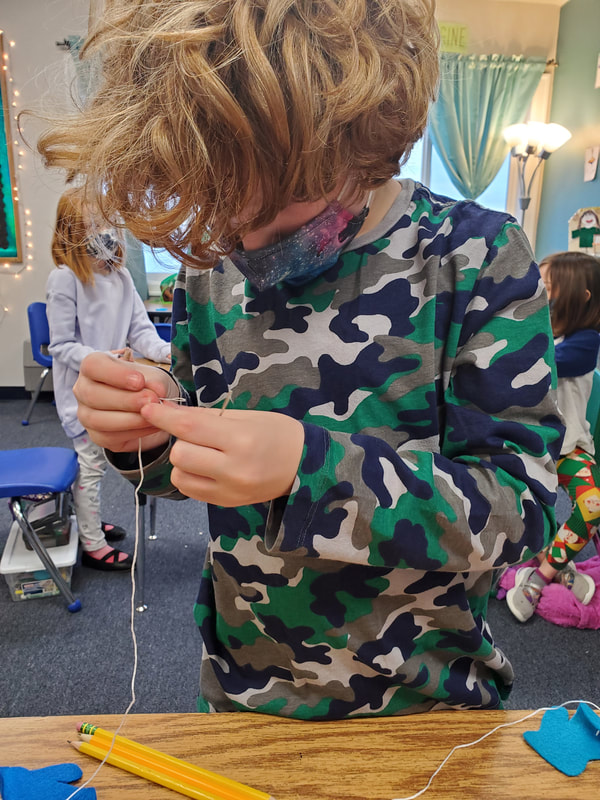
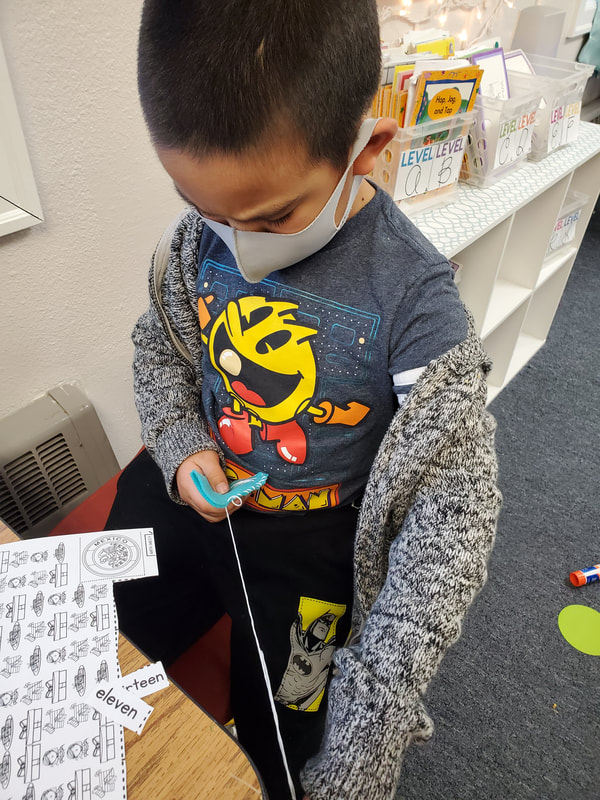
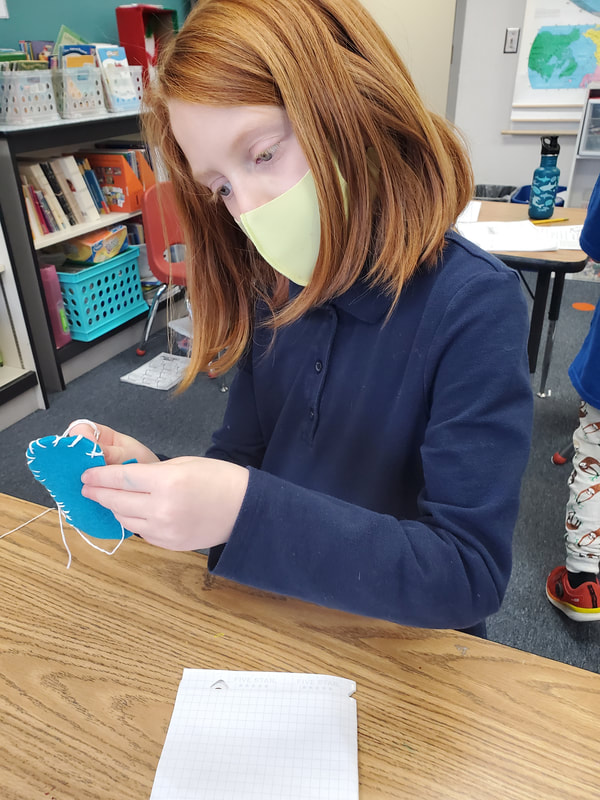
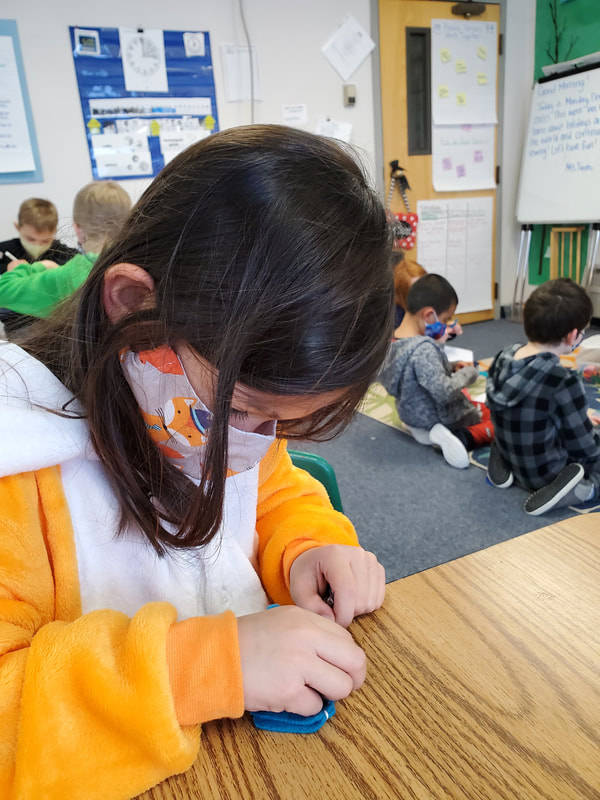
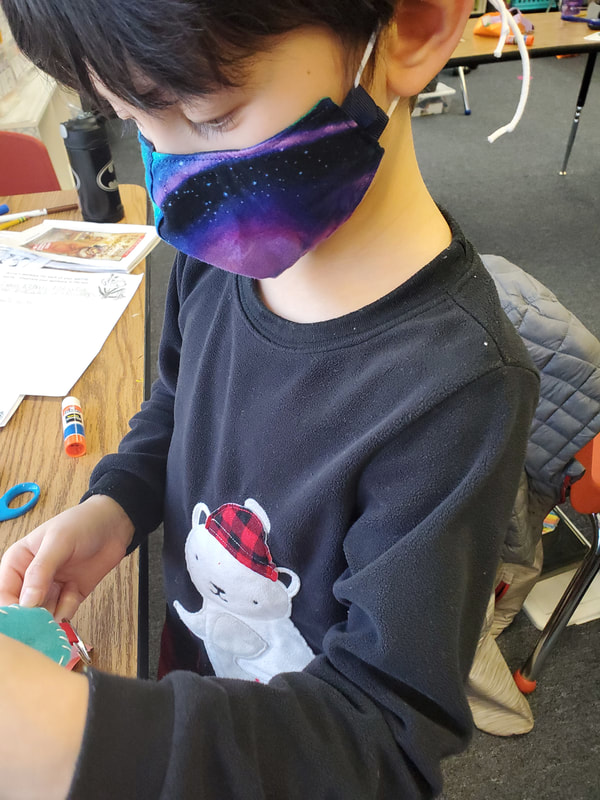
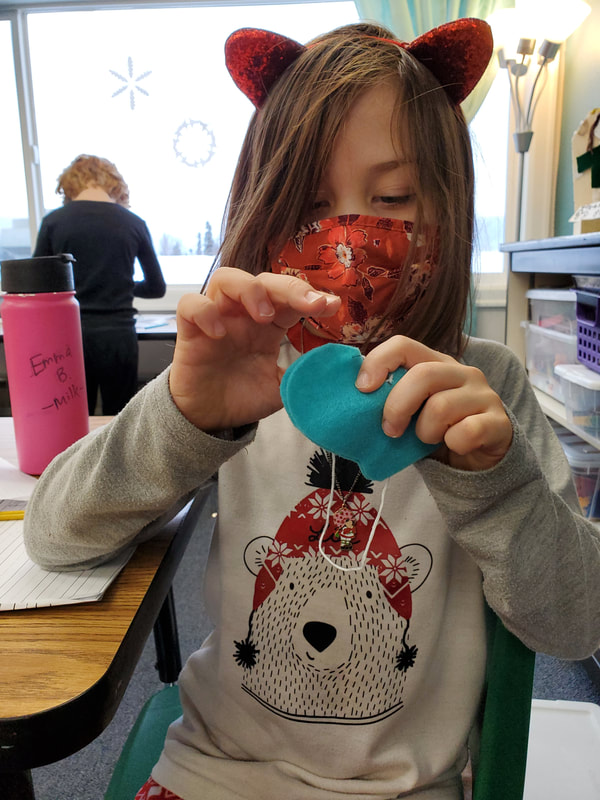
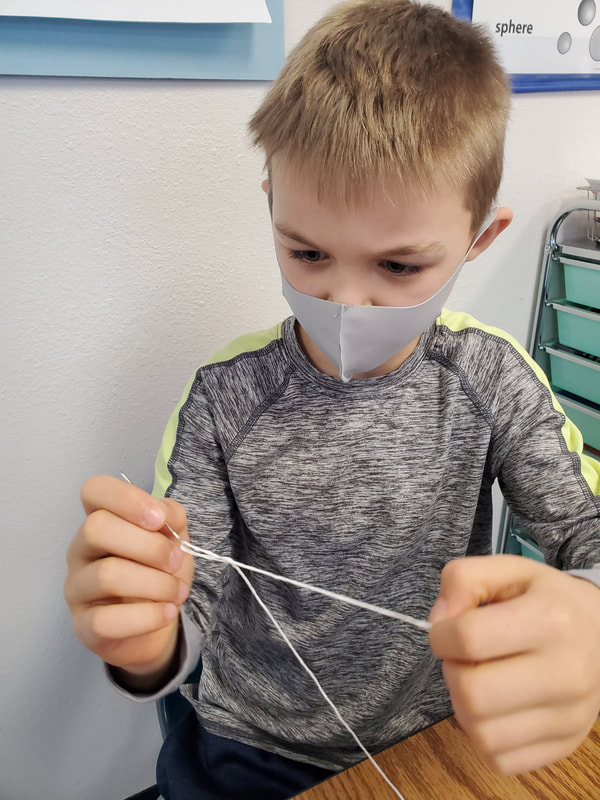
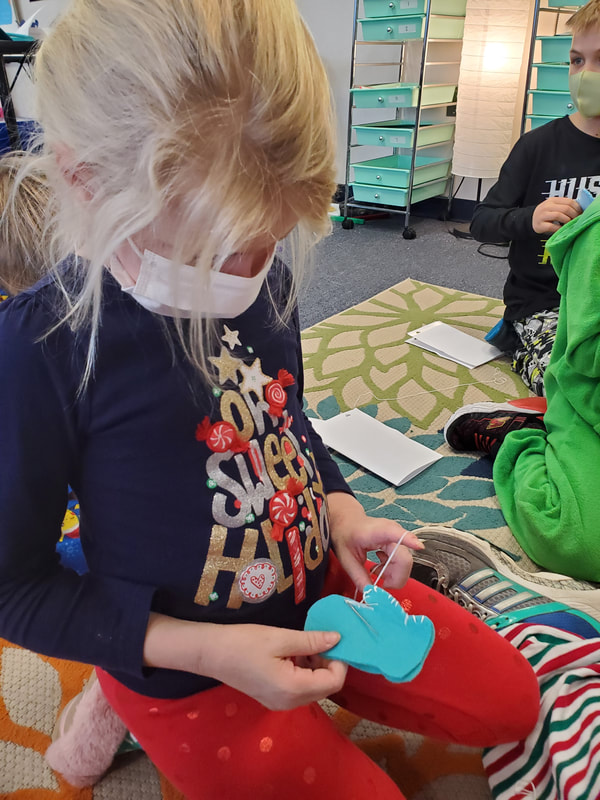
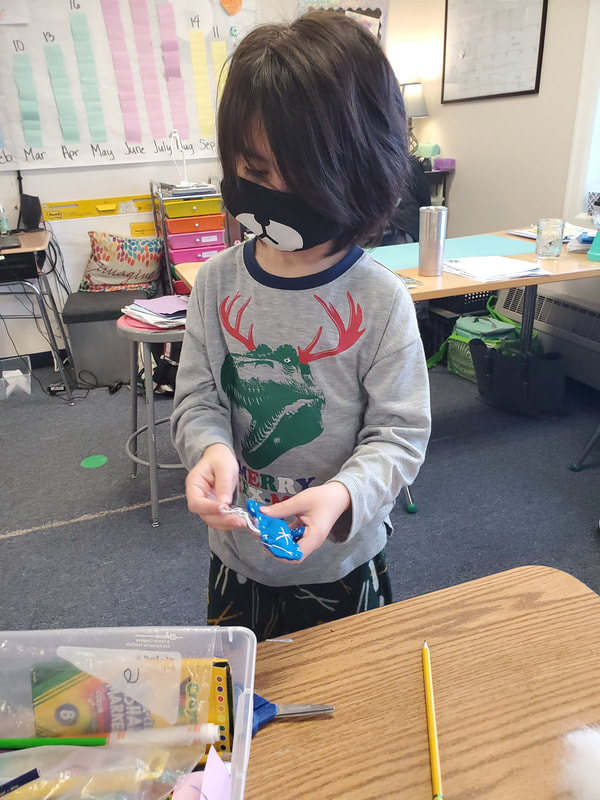
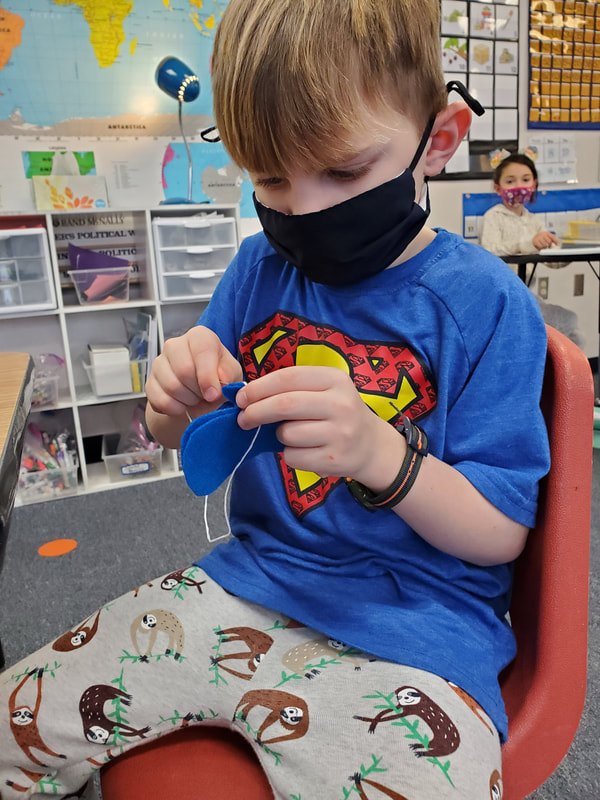
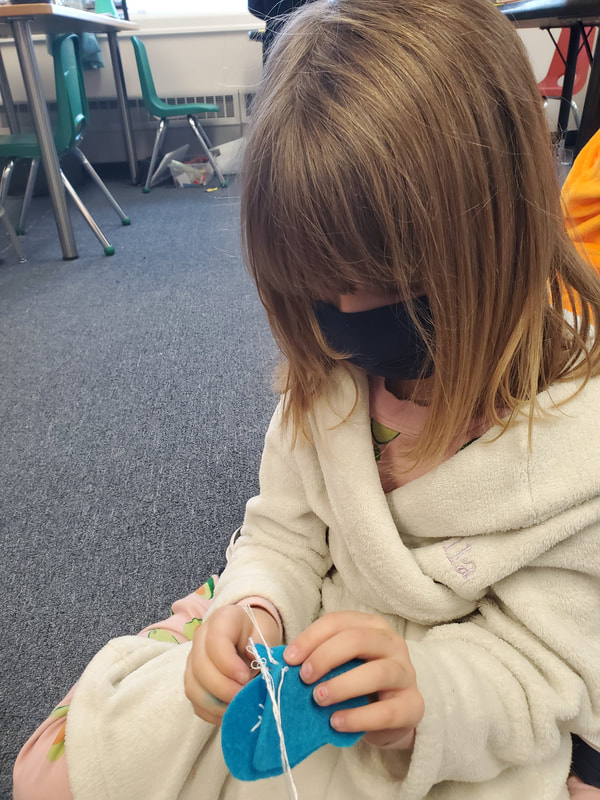
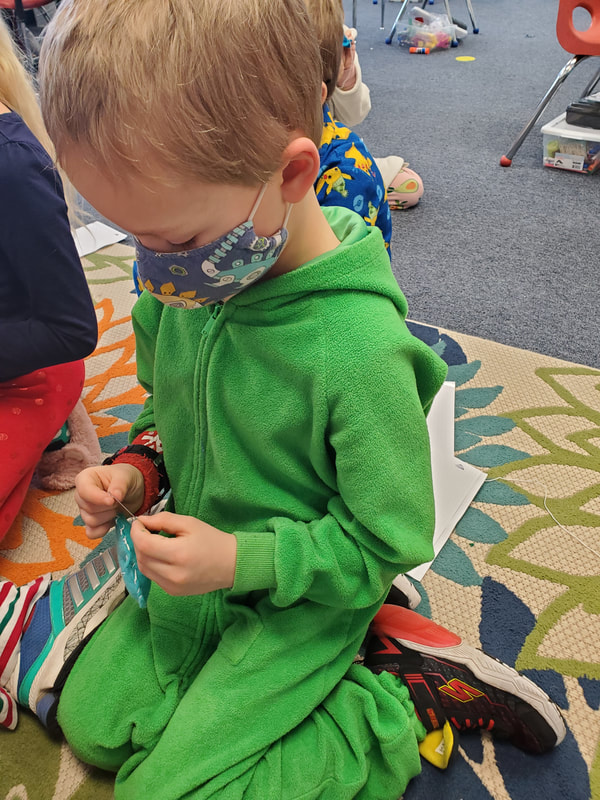
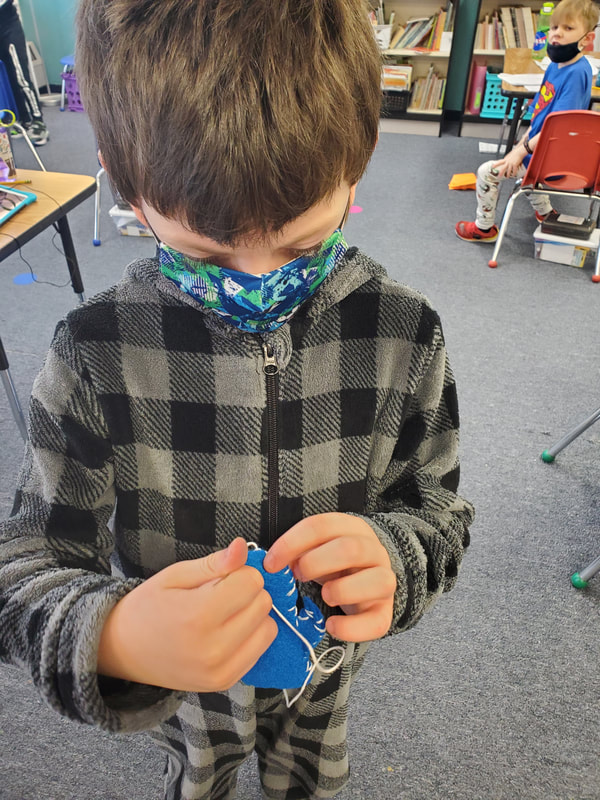
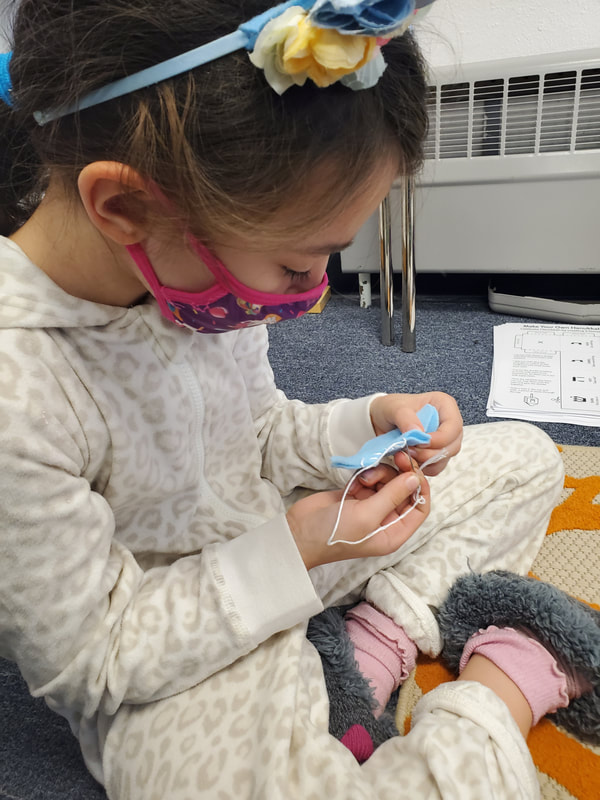
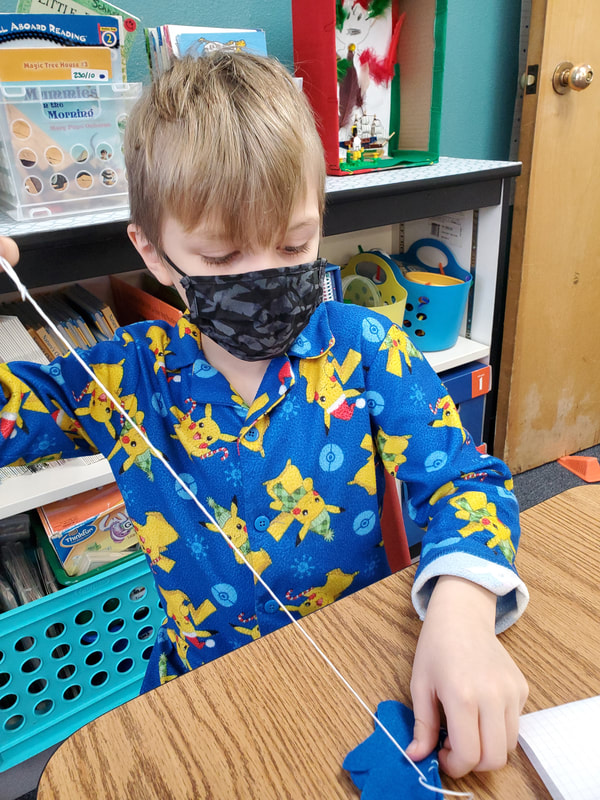
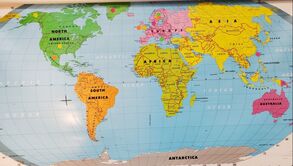
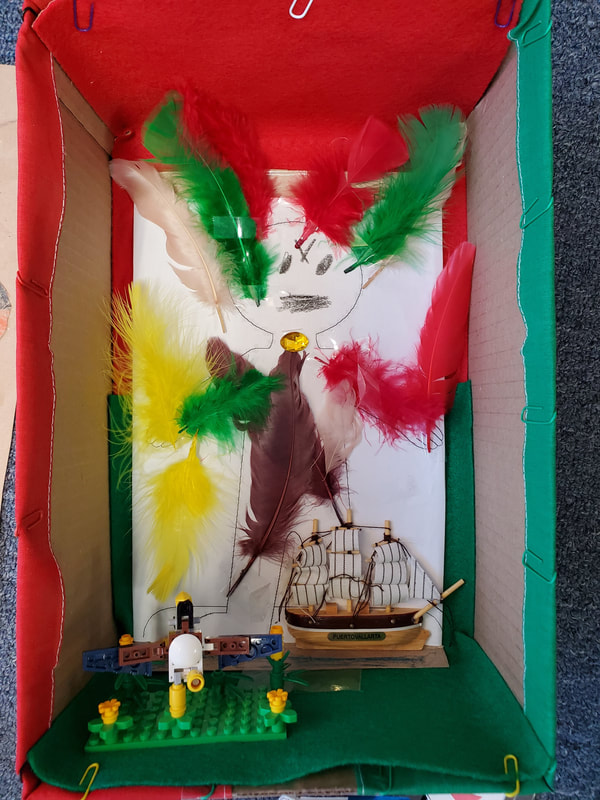
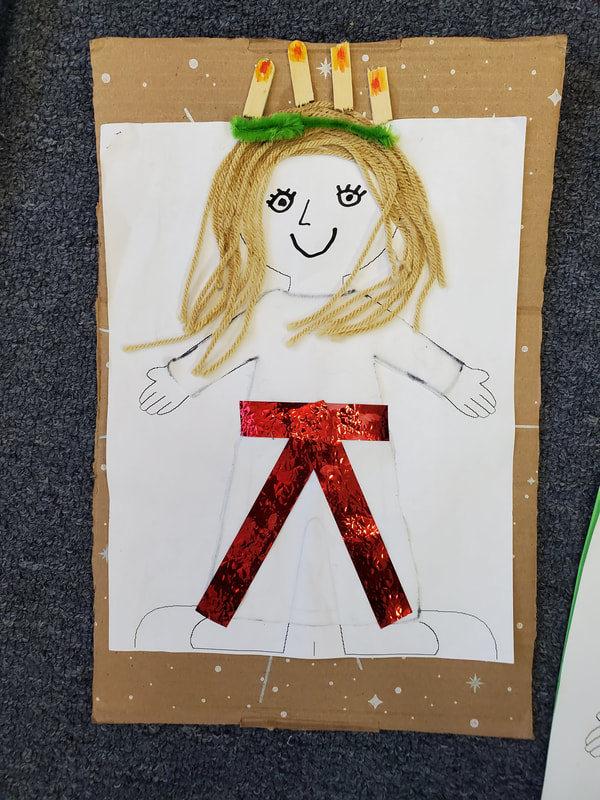
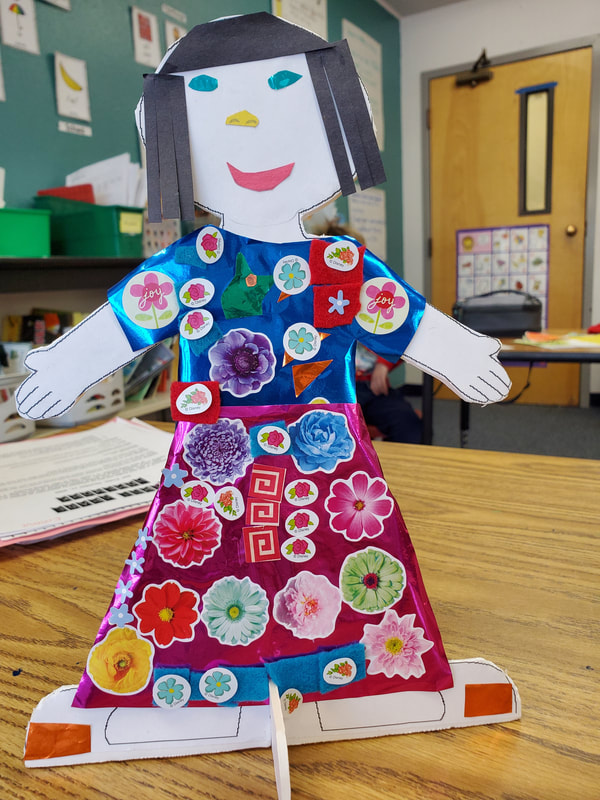
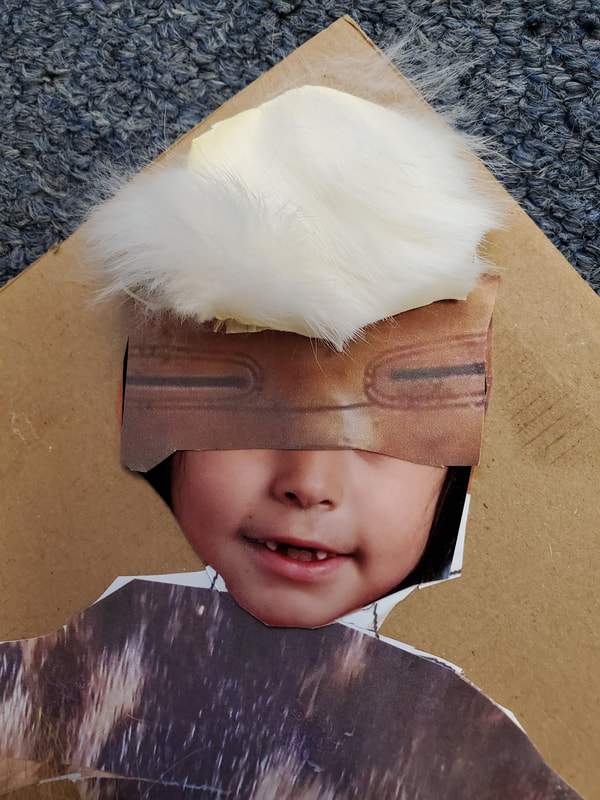
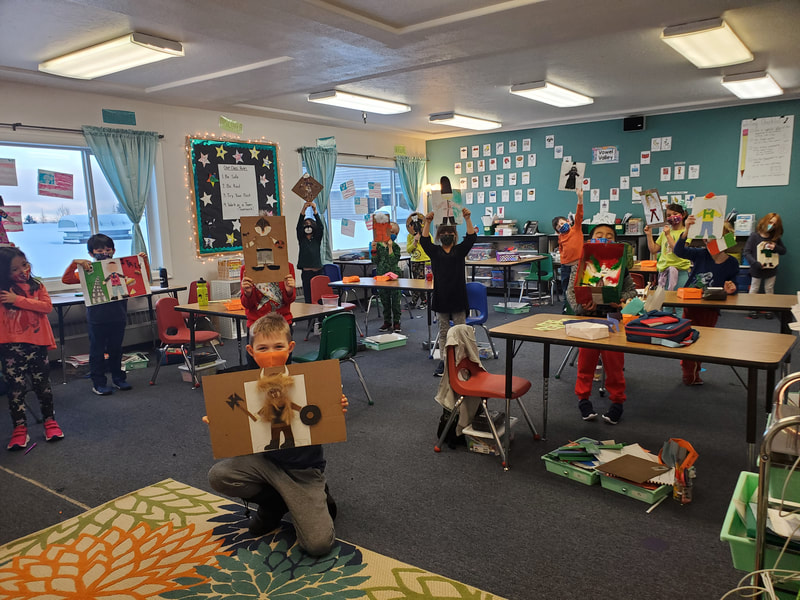
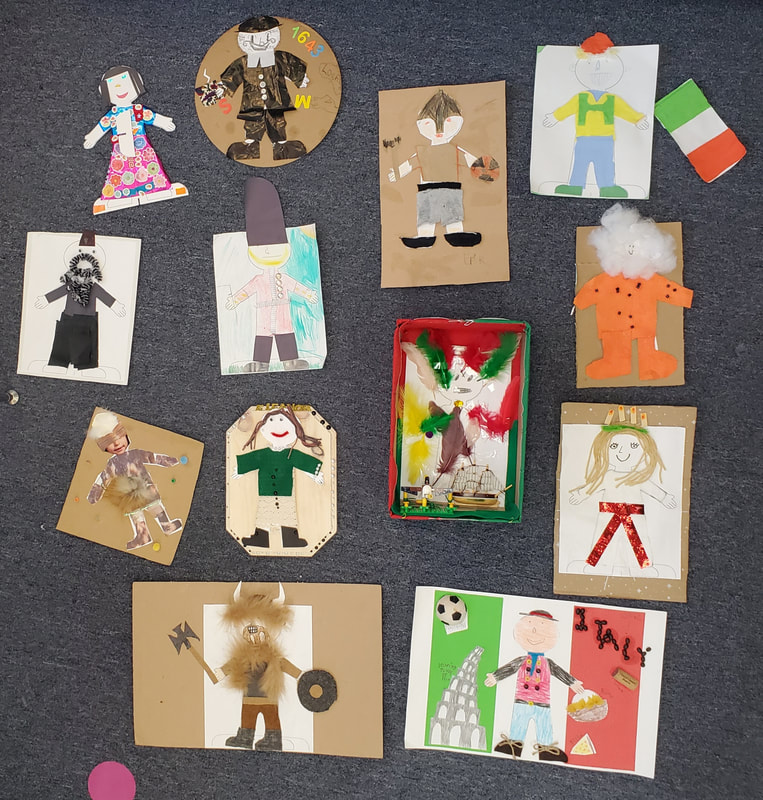
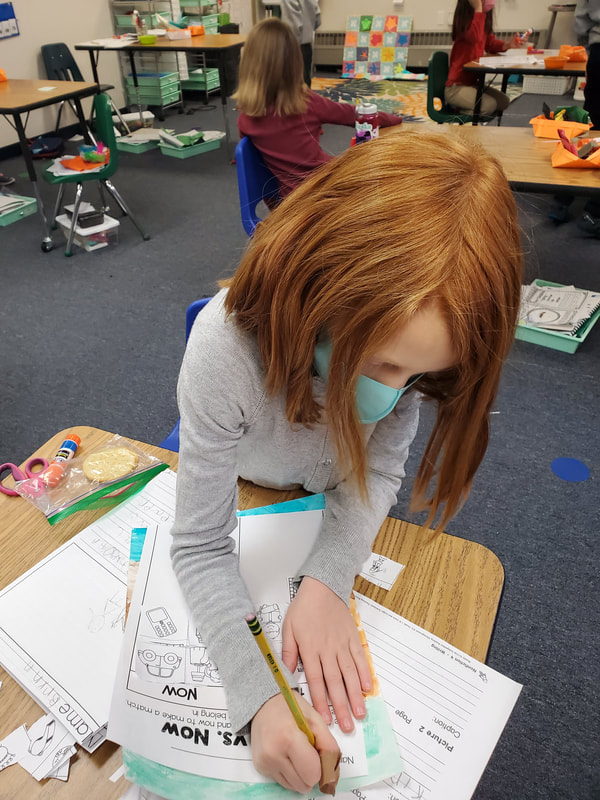
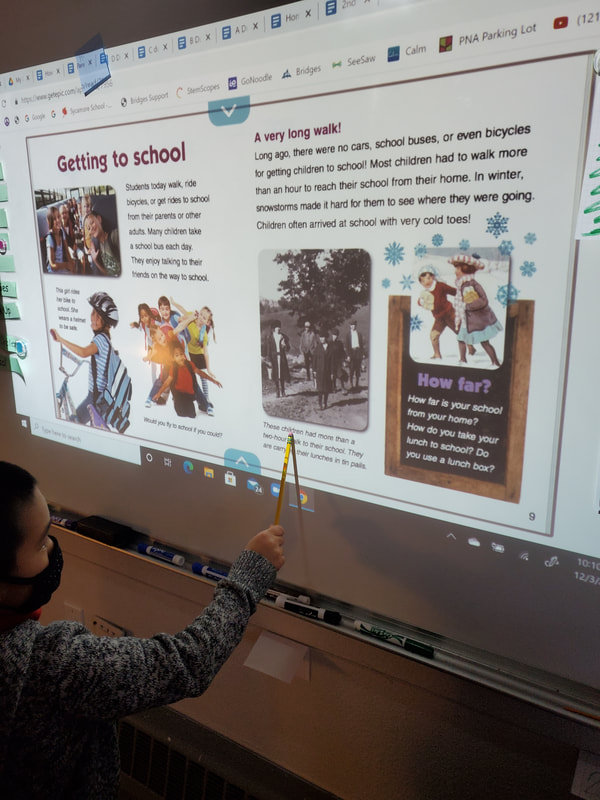
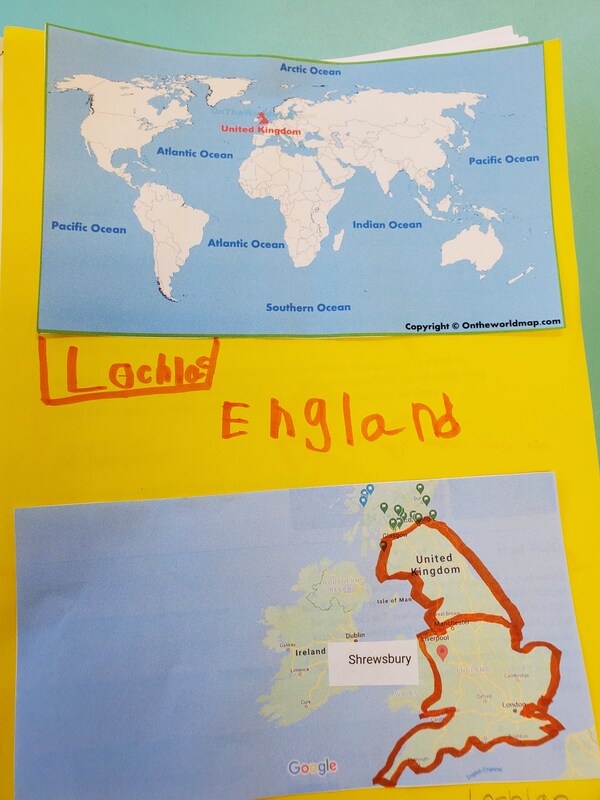
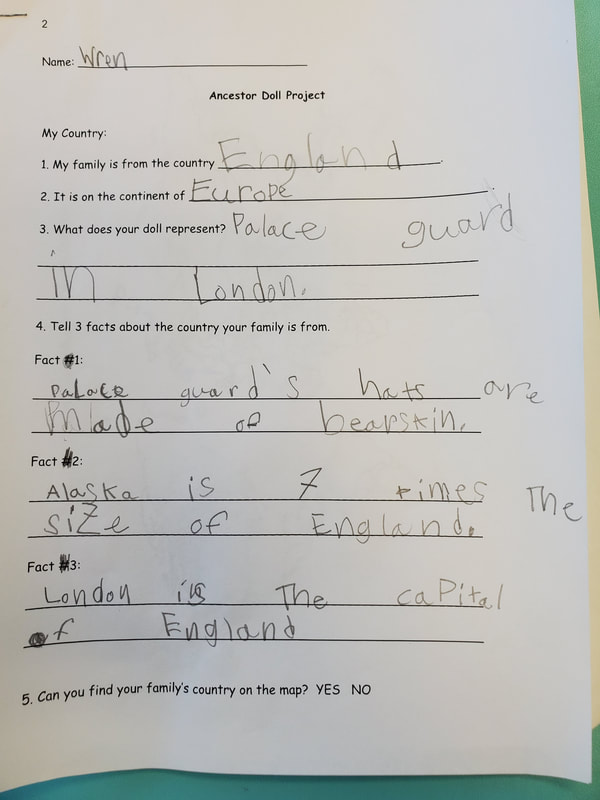
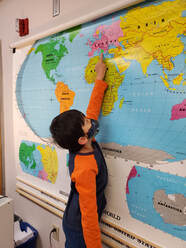
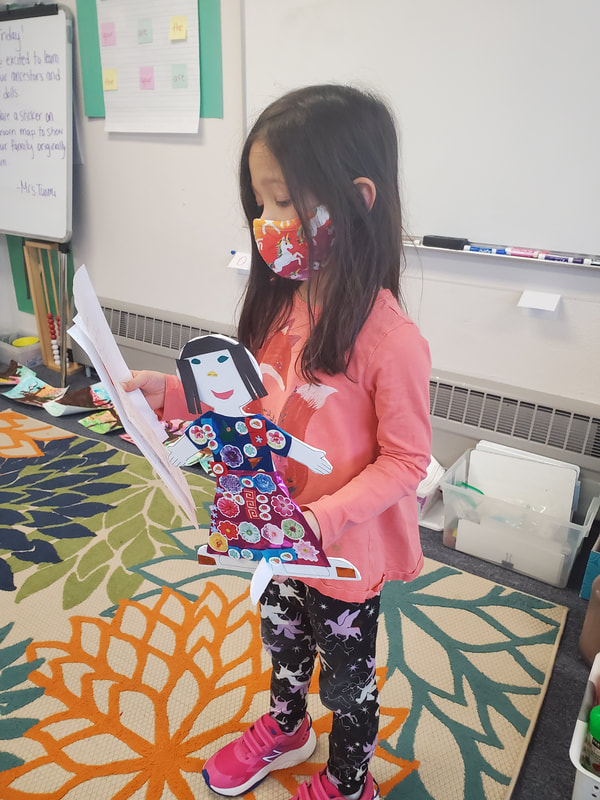
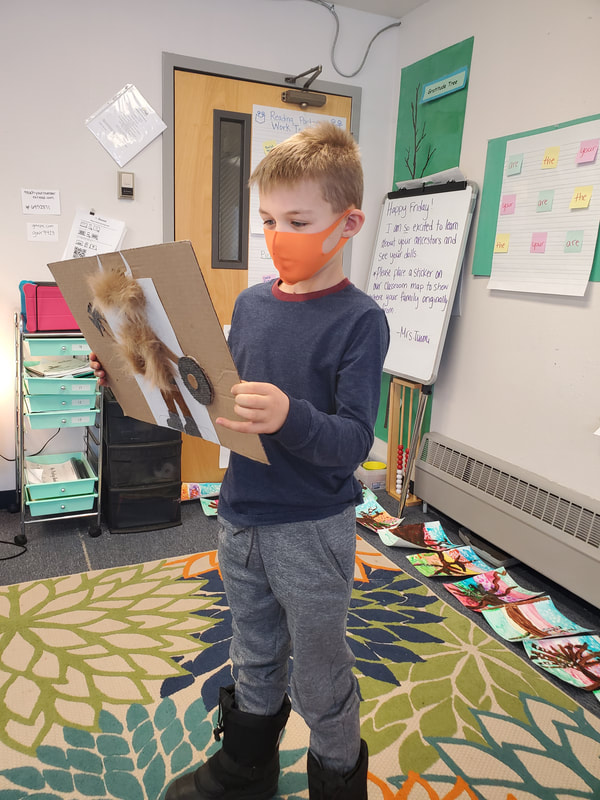

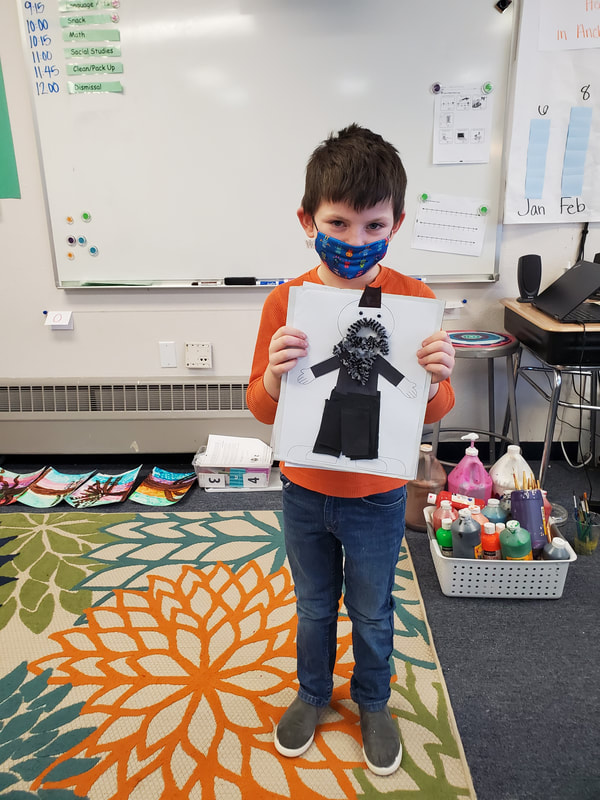
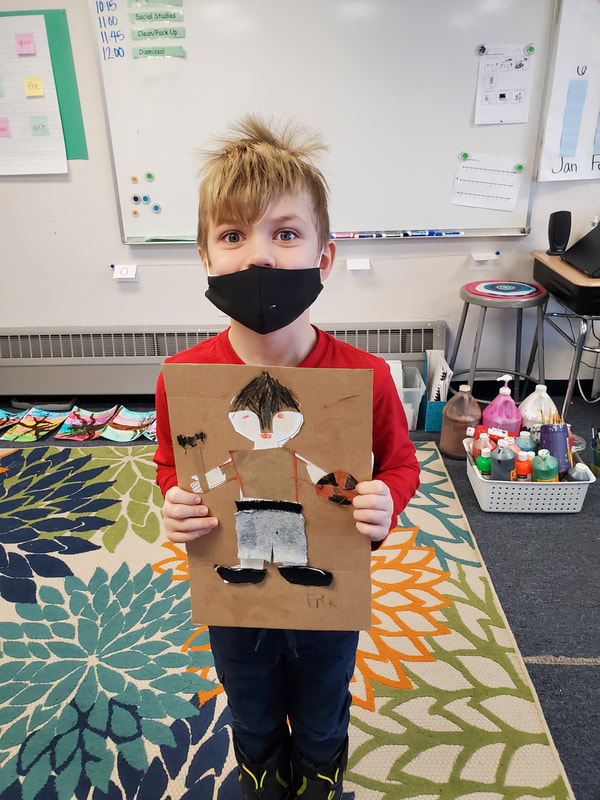
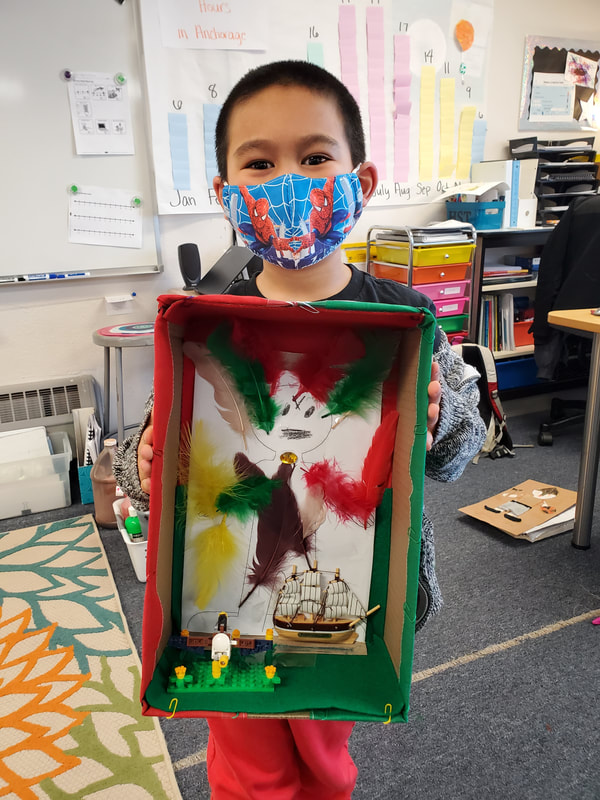
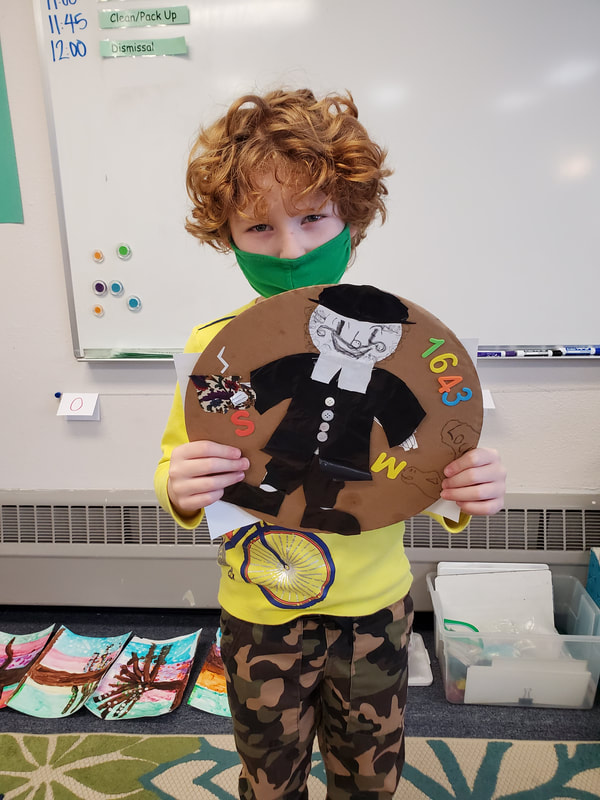

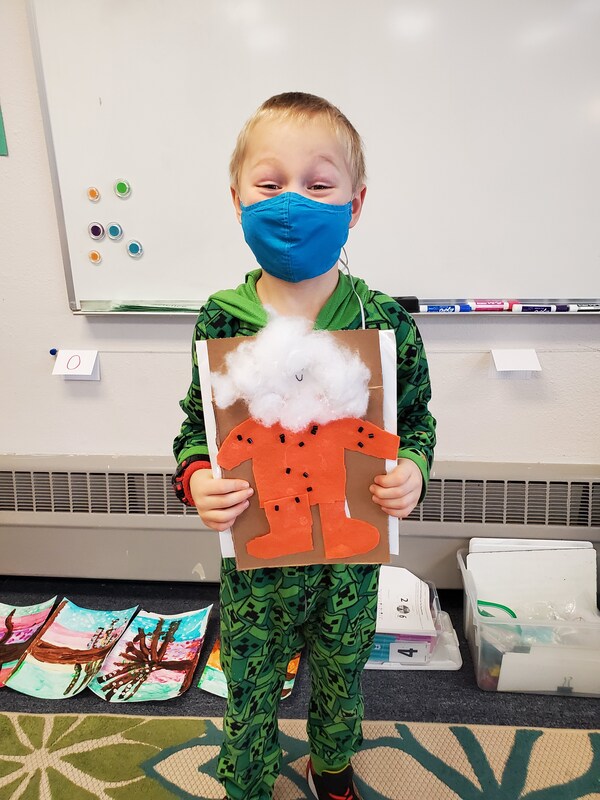
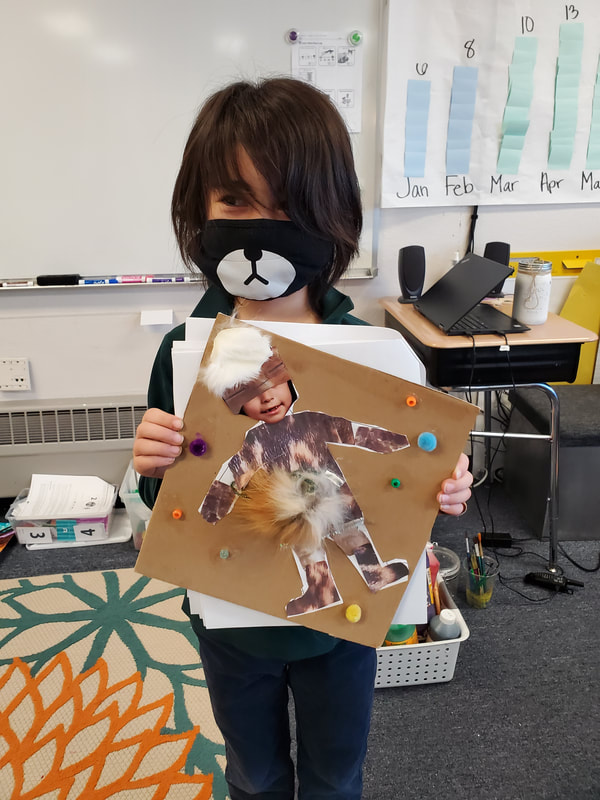
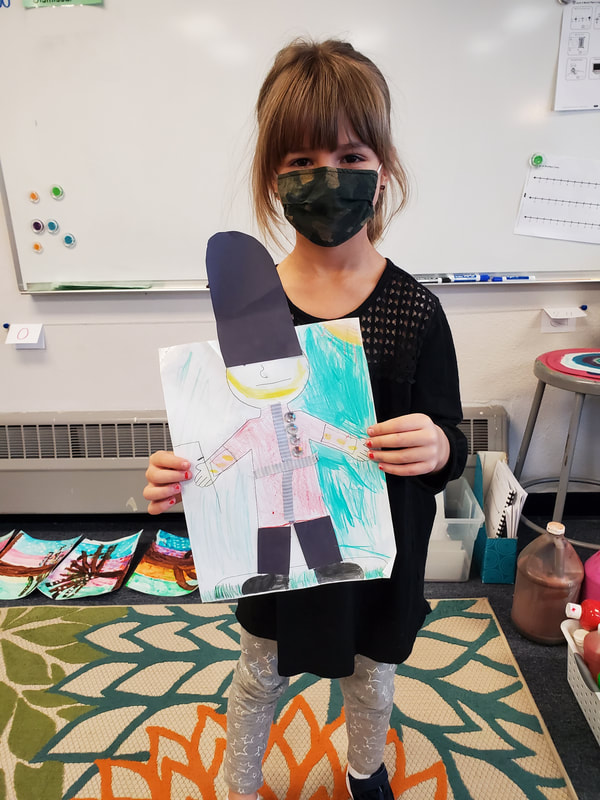
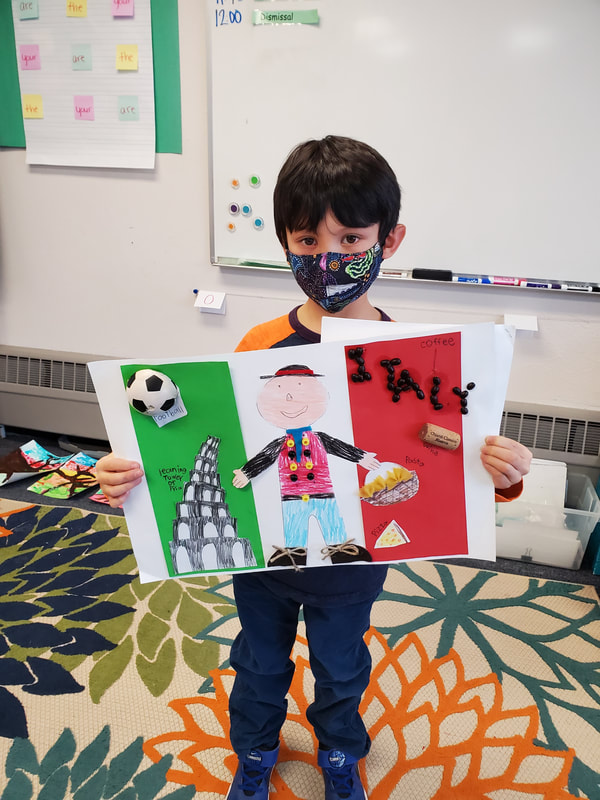
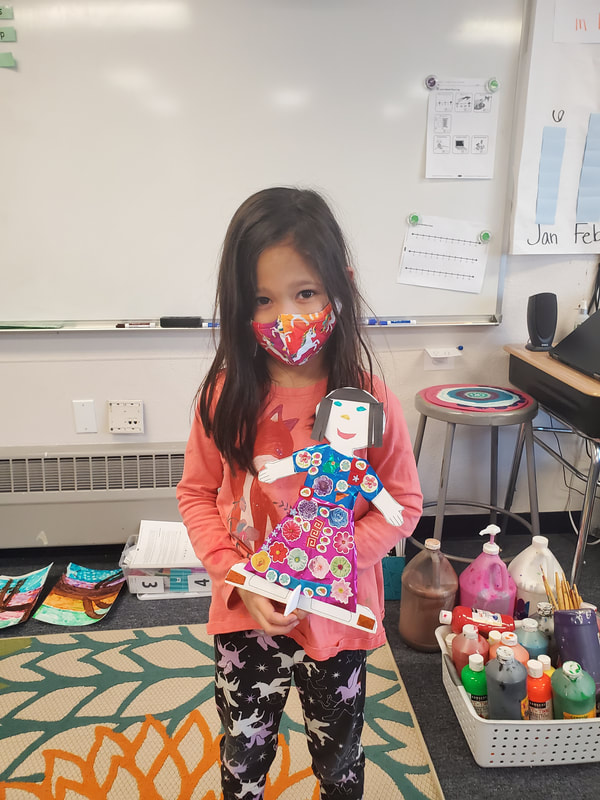
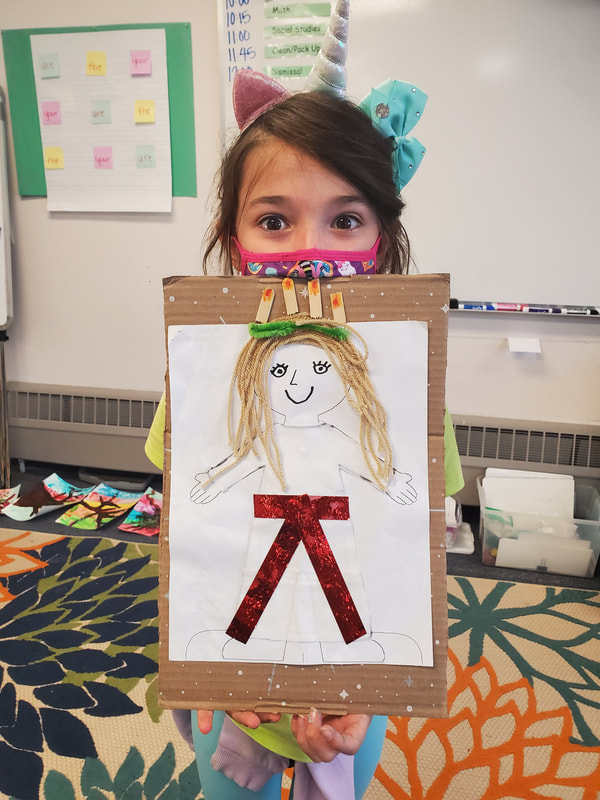
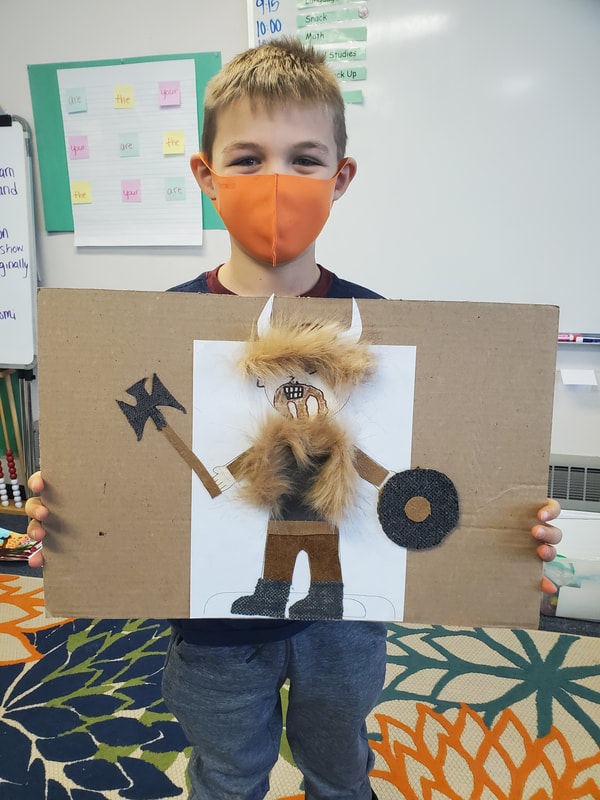
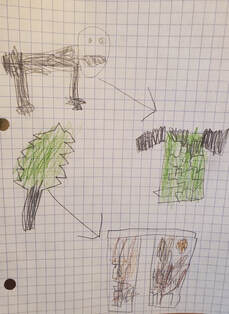
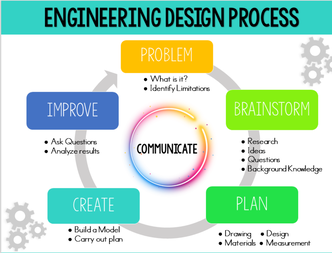
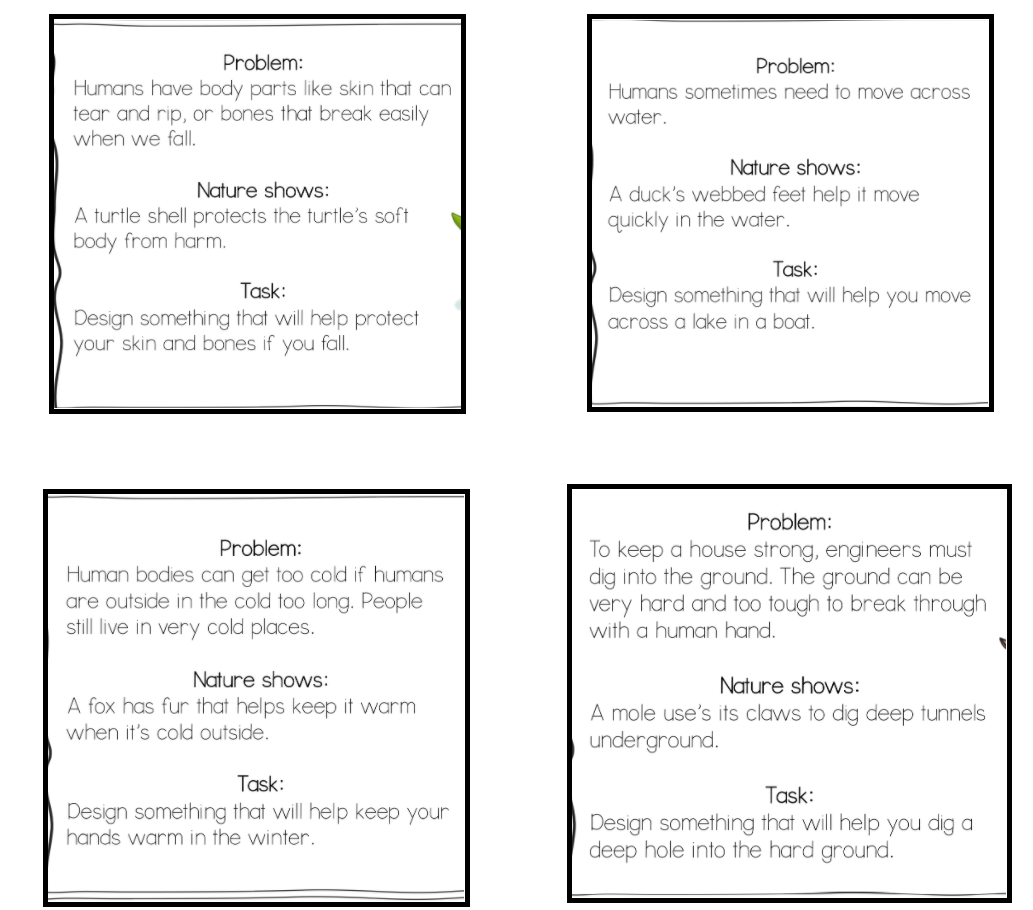
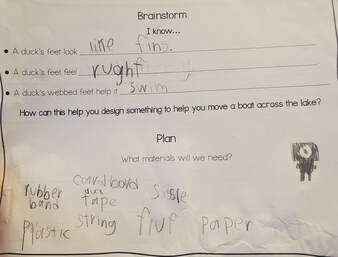
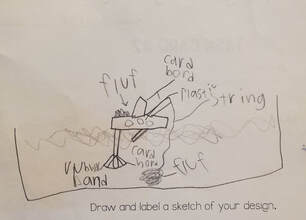
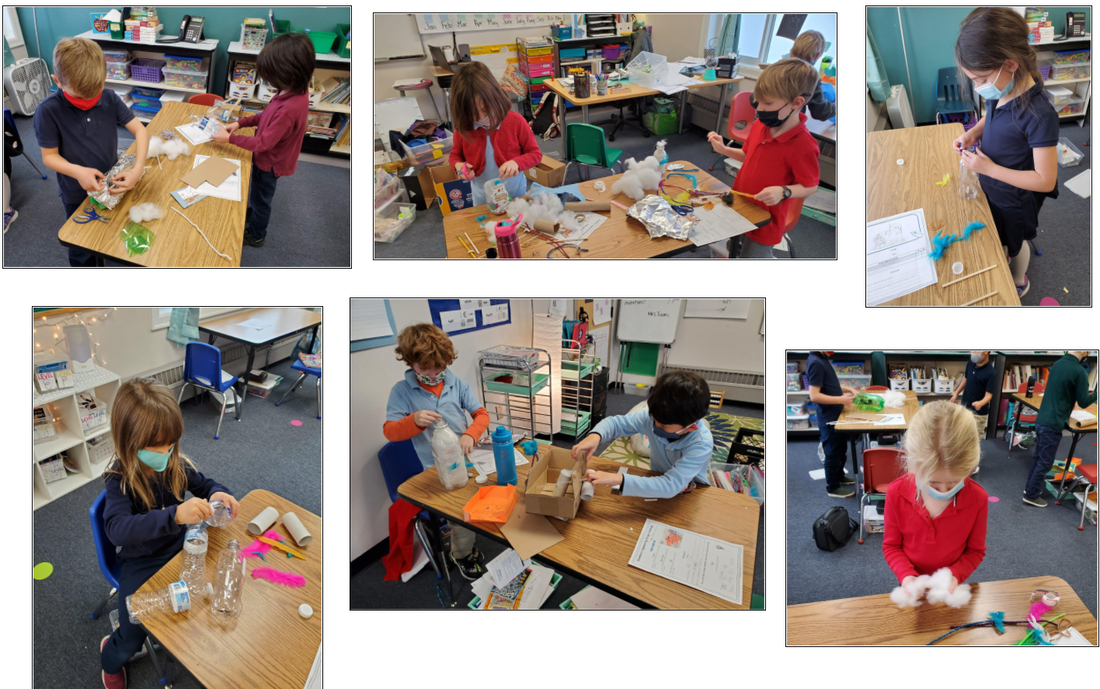
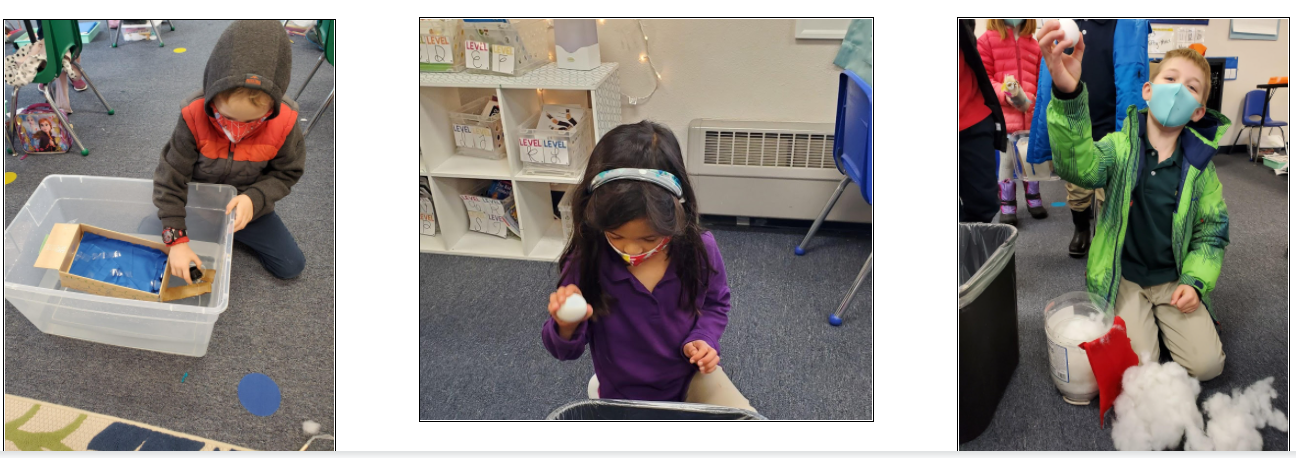
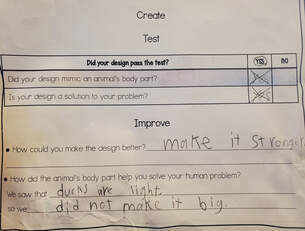
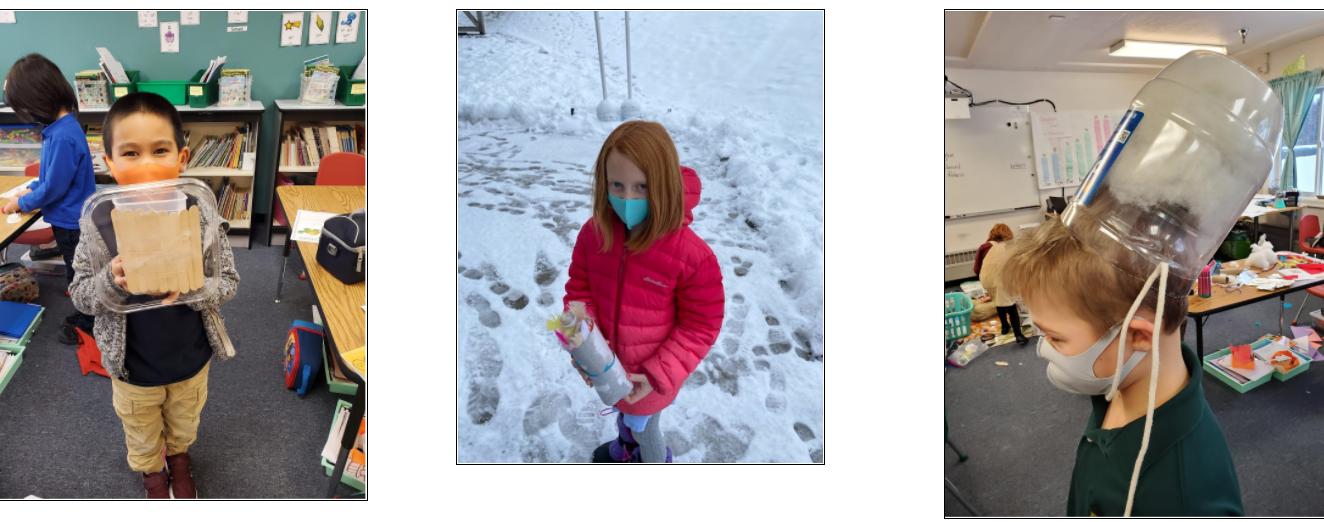

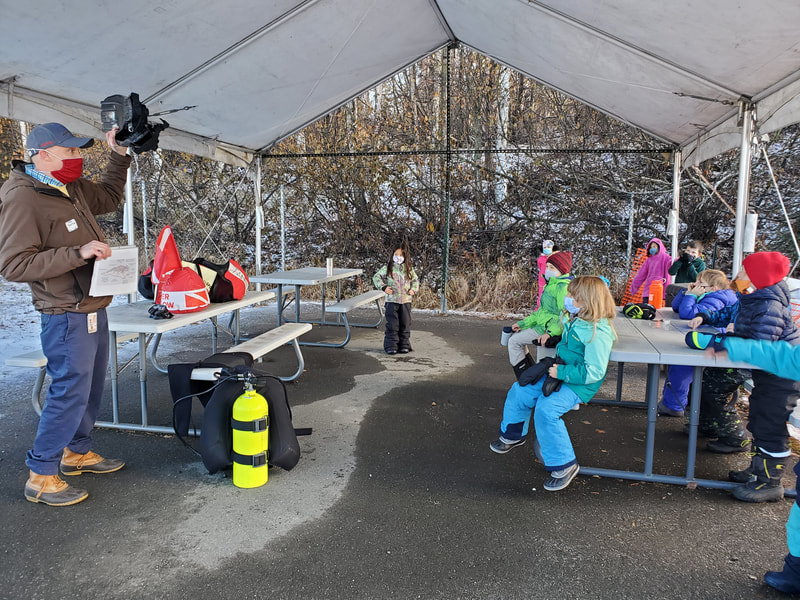
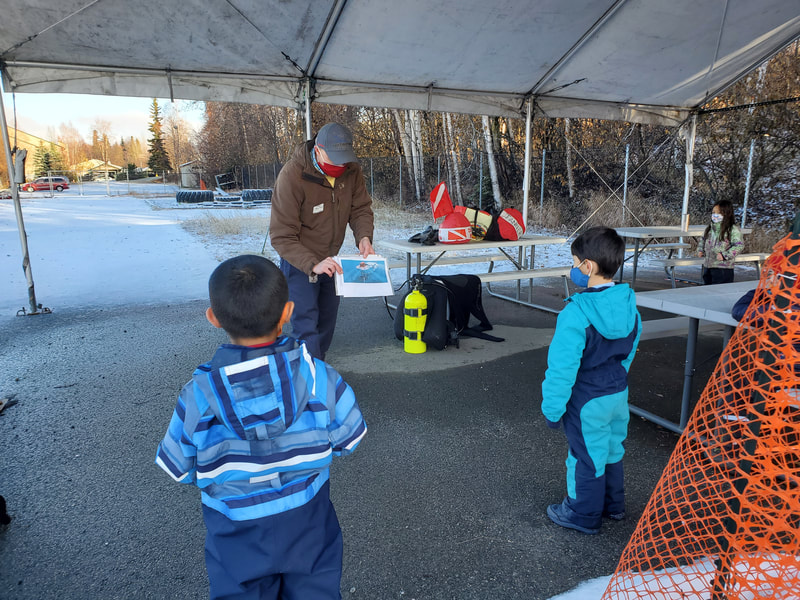
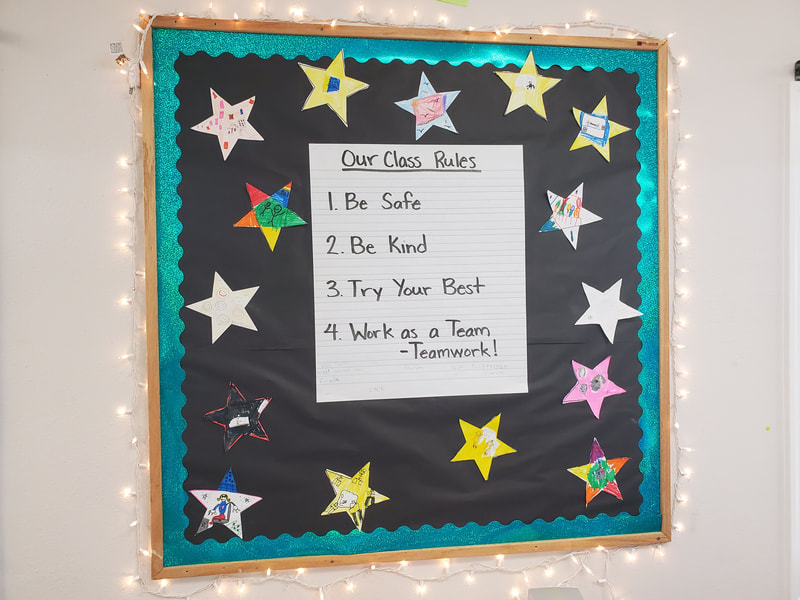
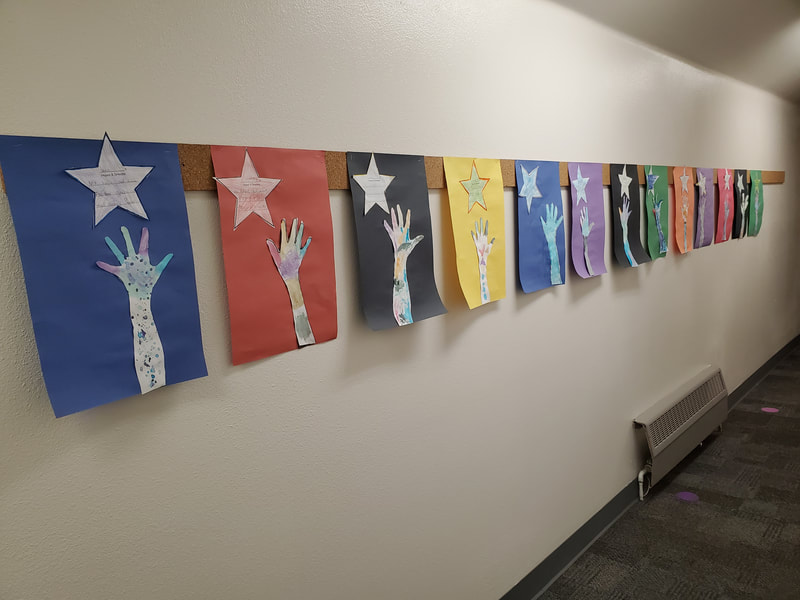
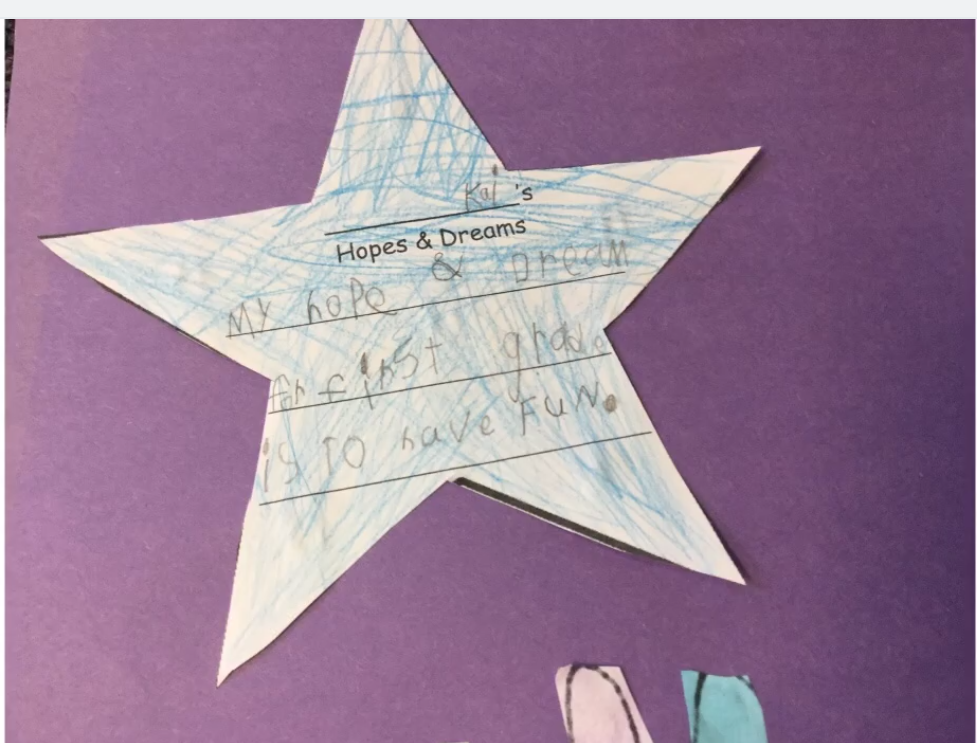
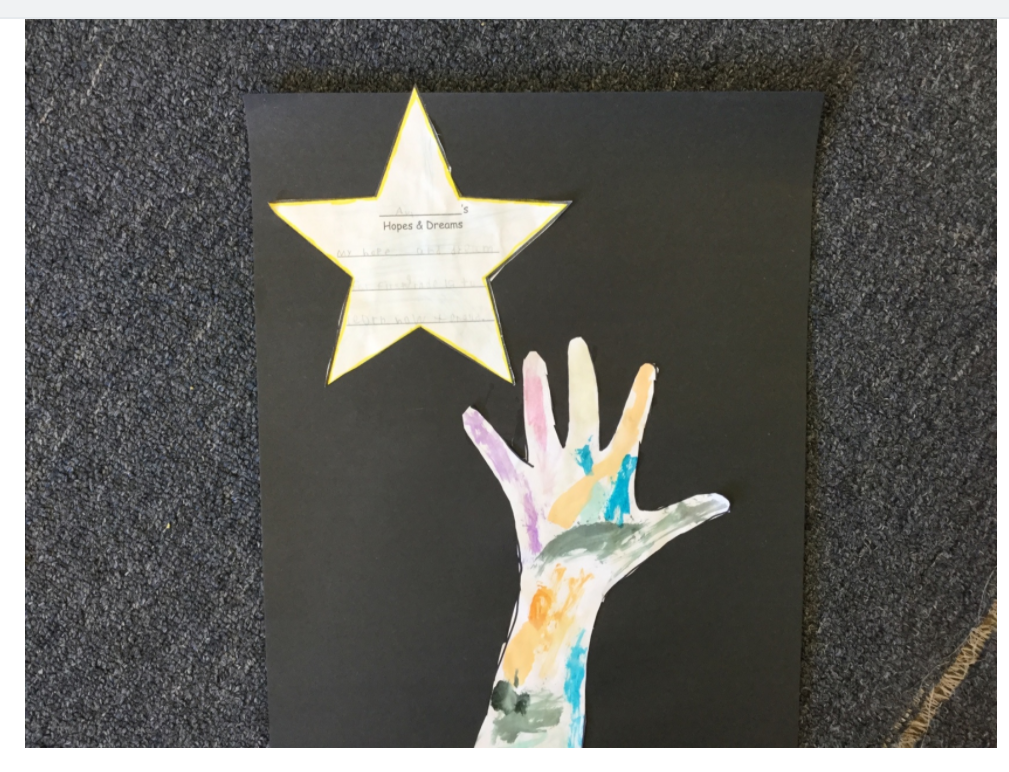
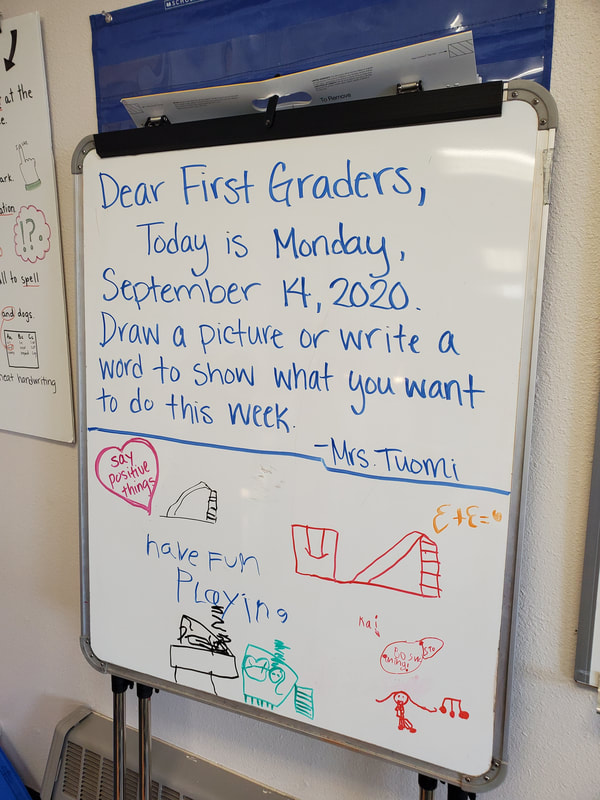
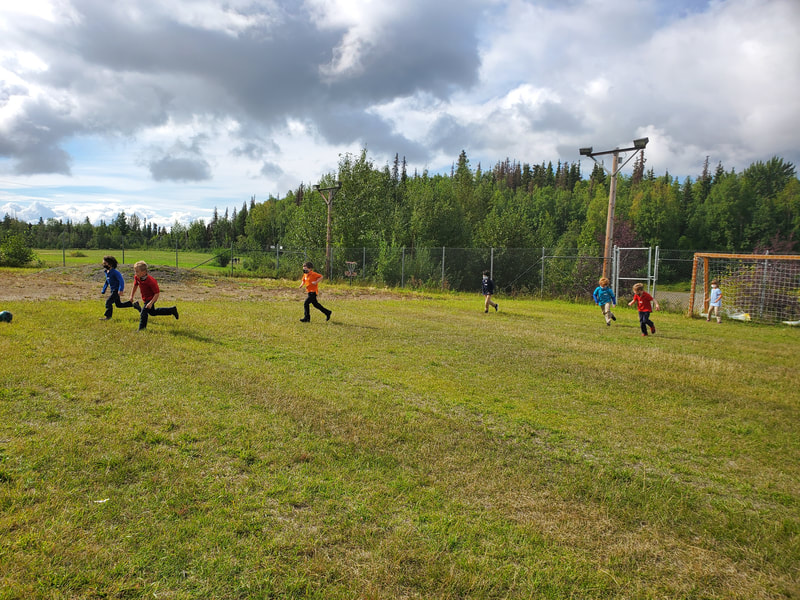
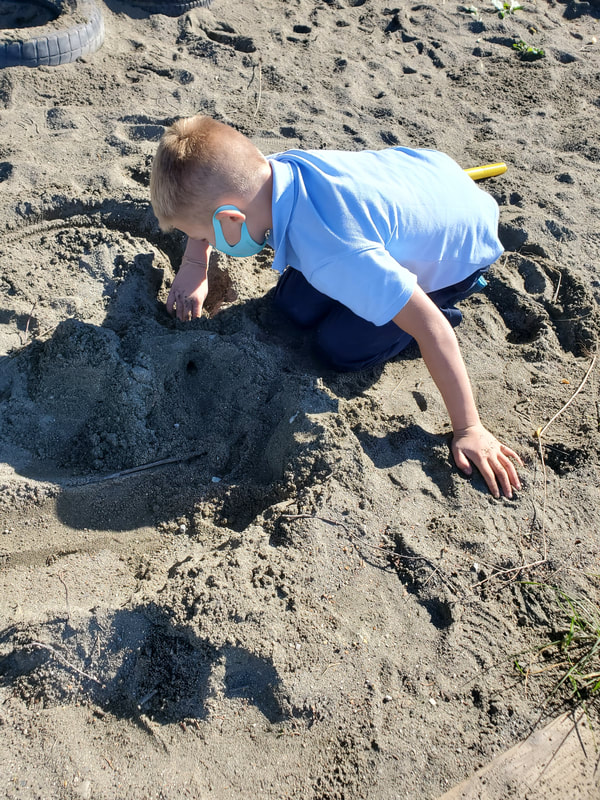
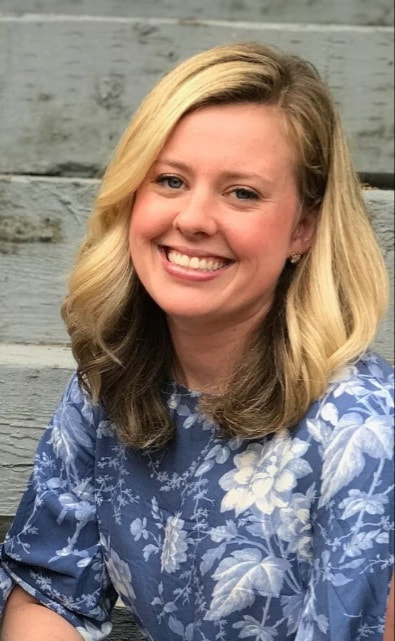
 RSS Feed
RSS Feed
